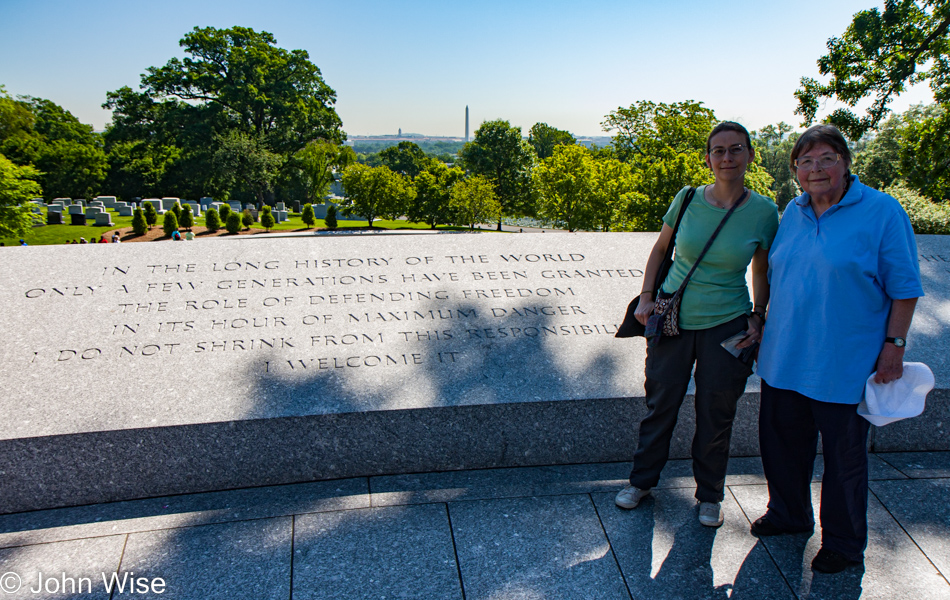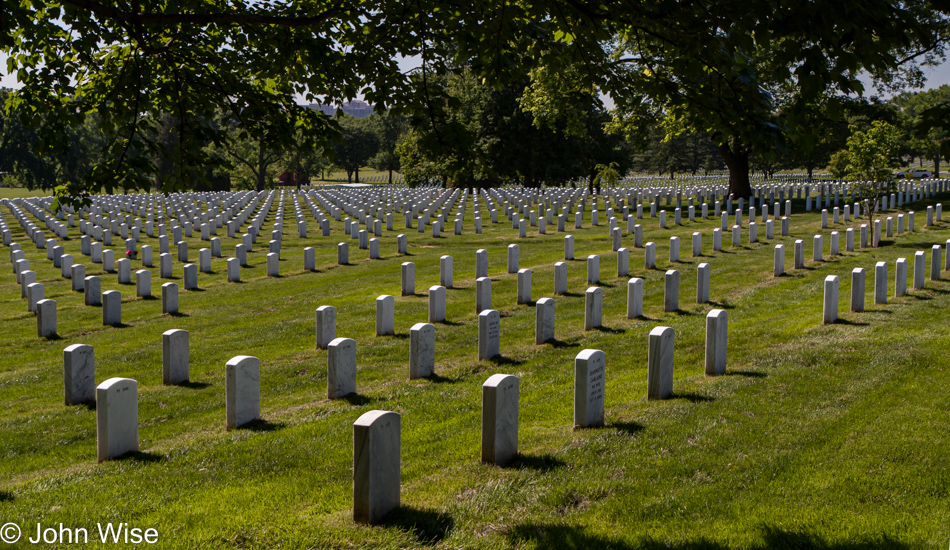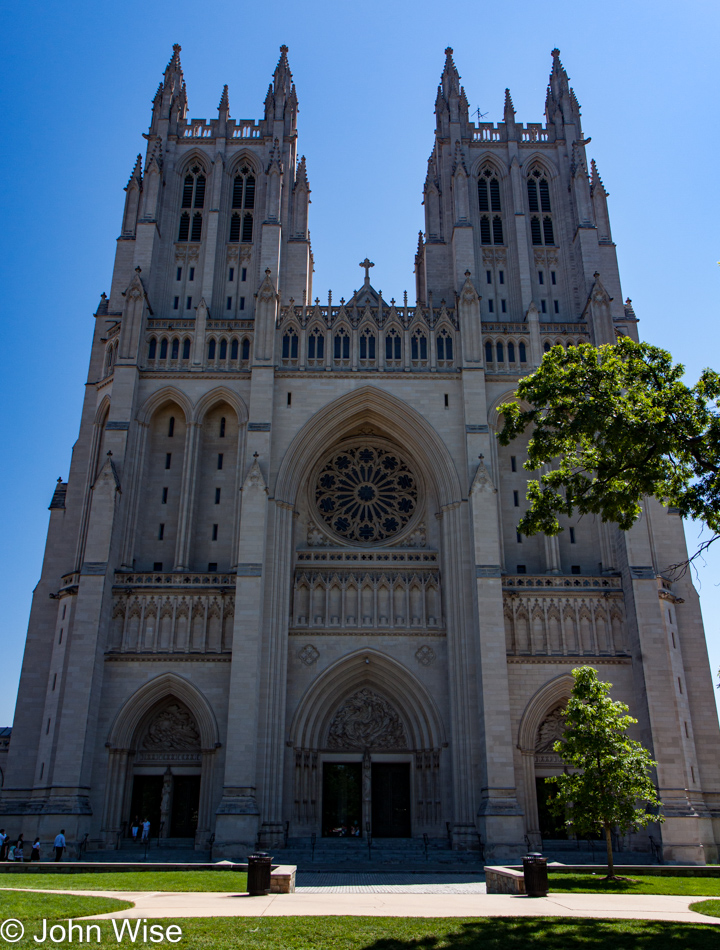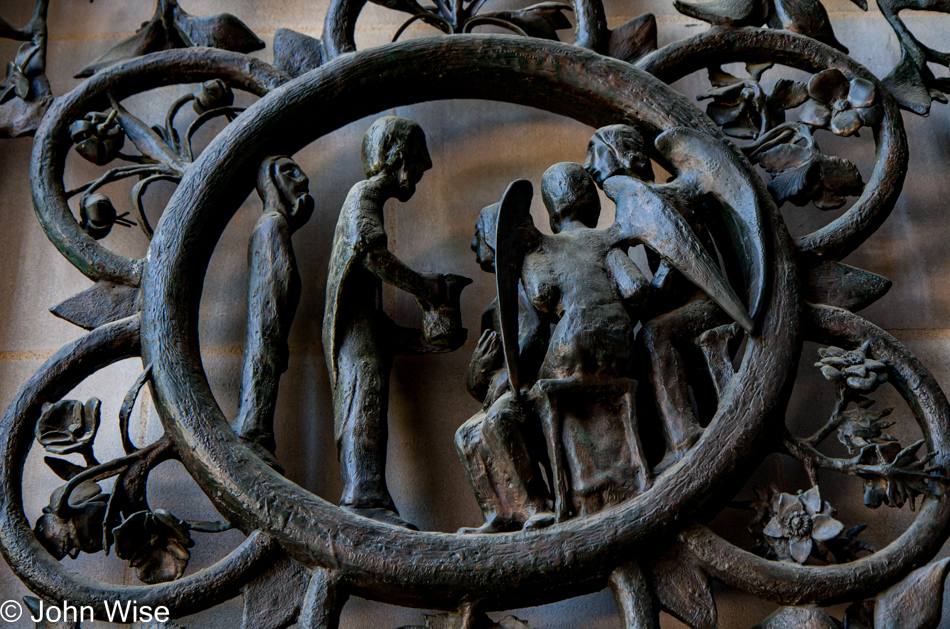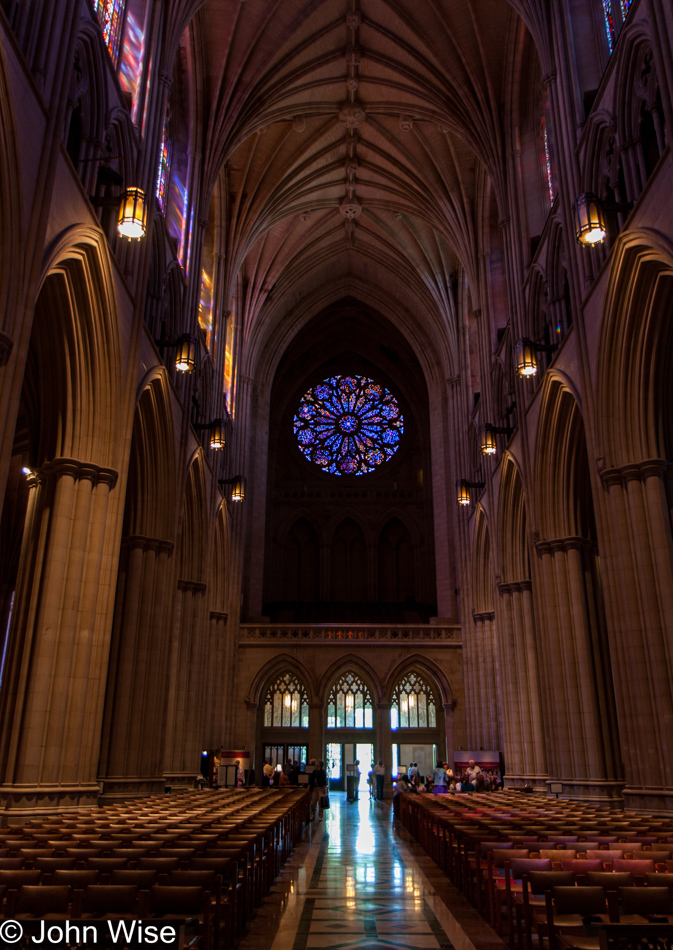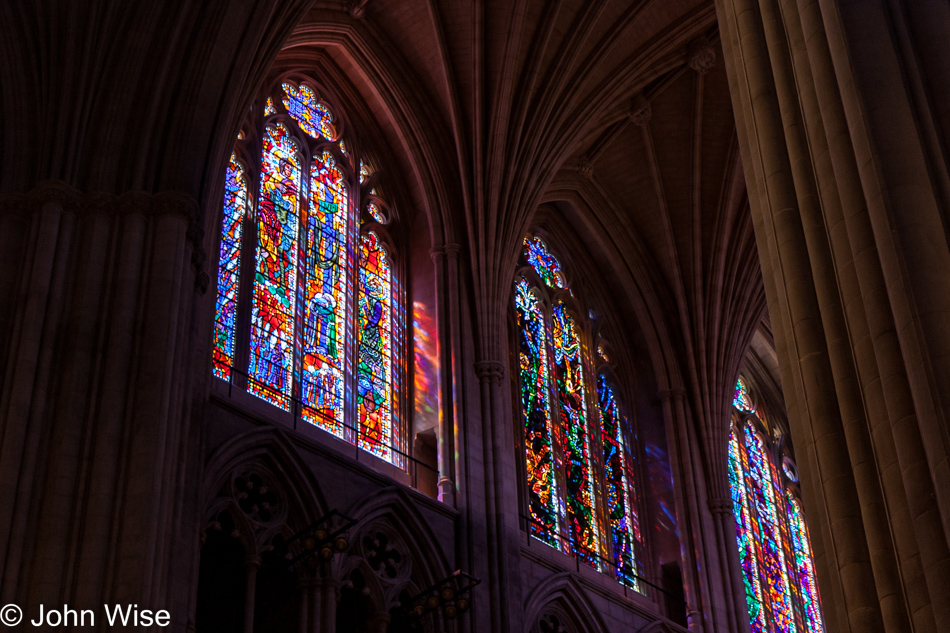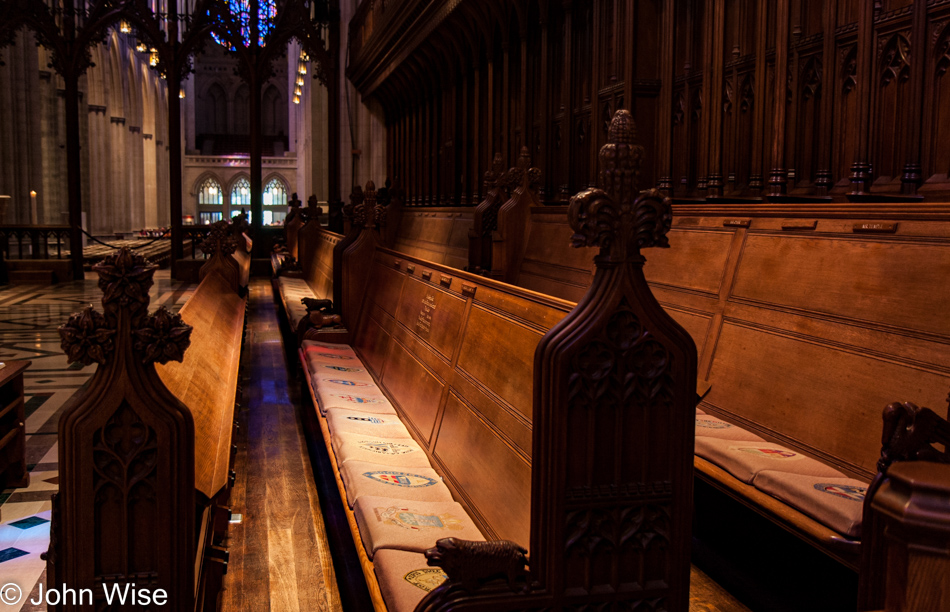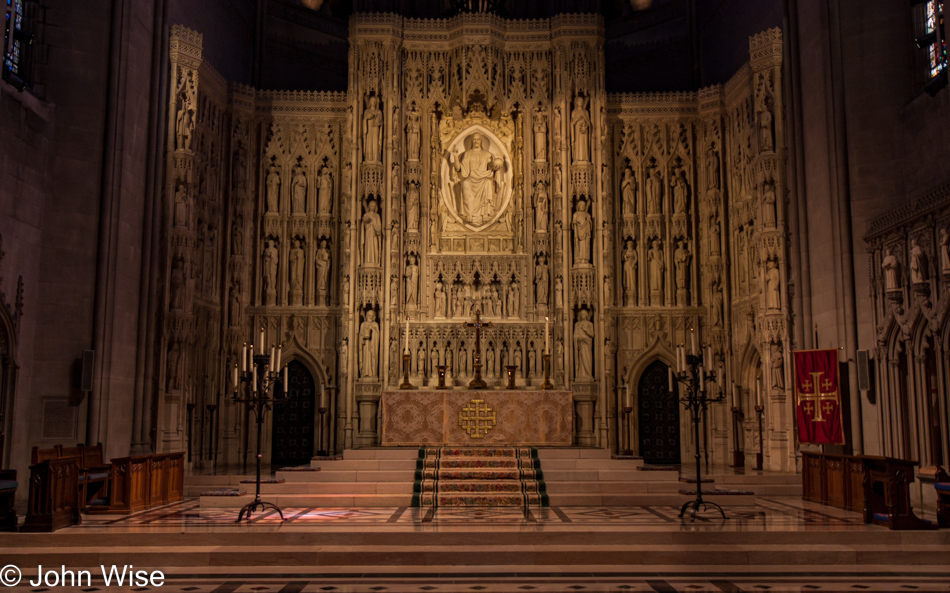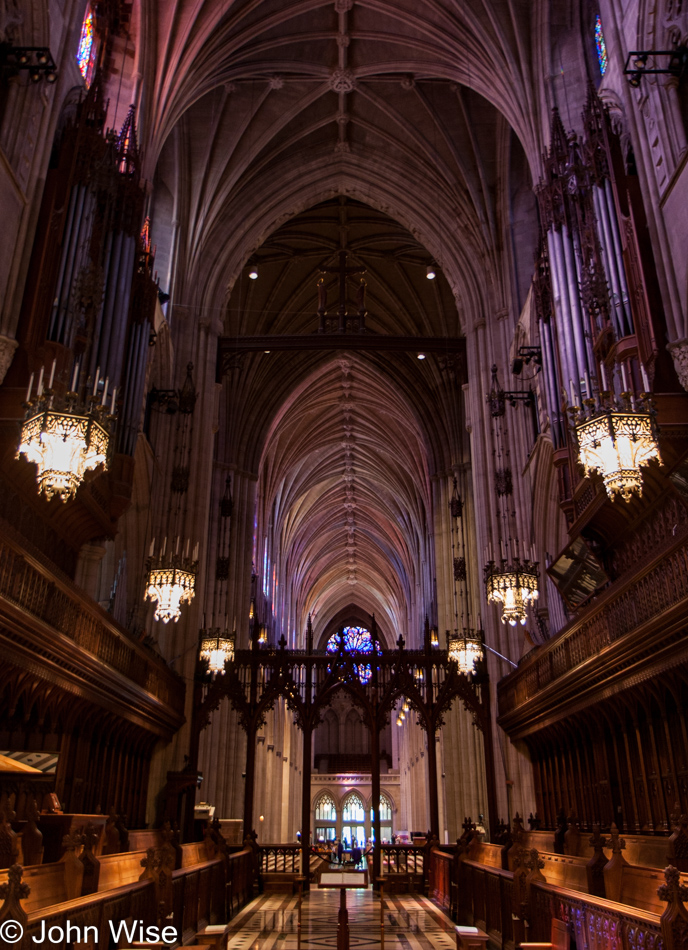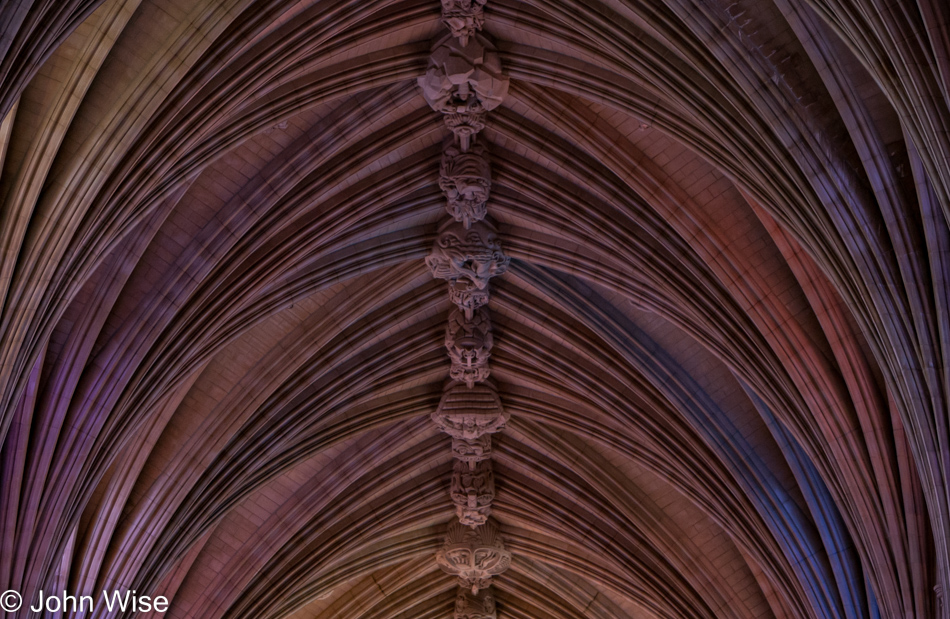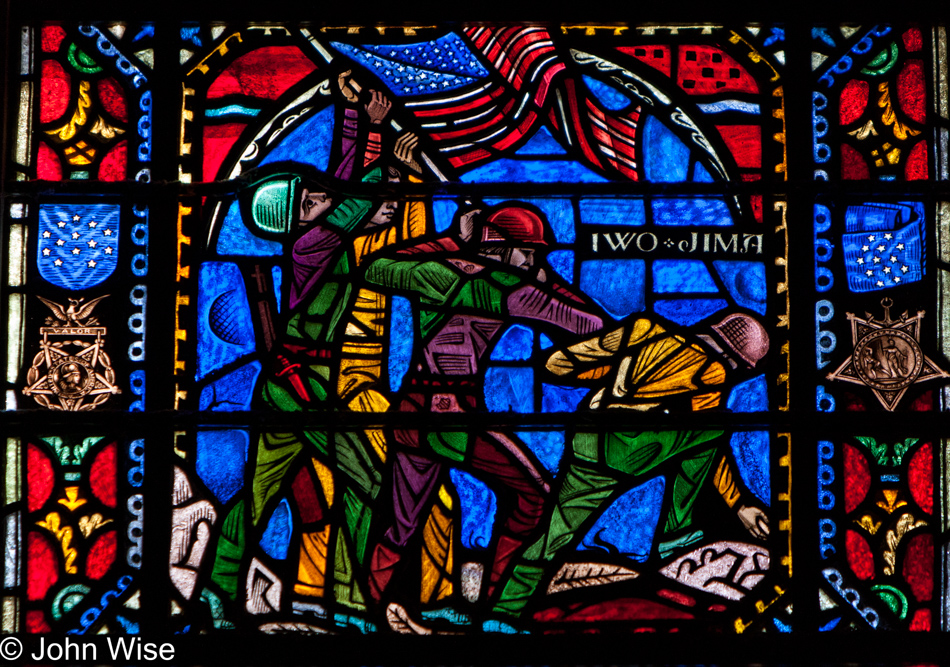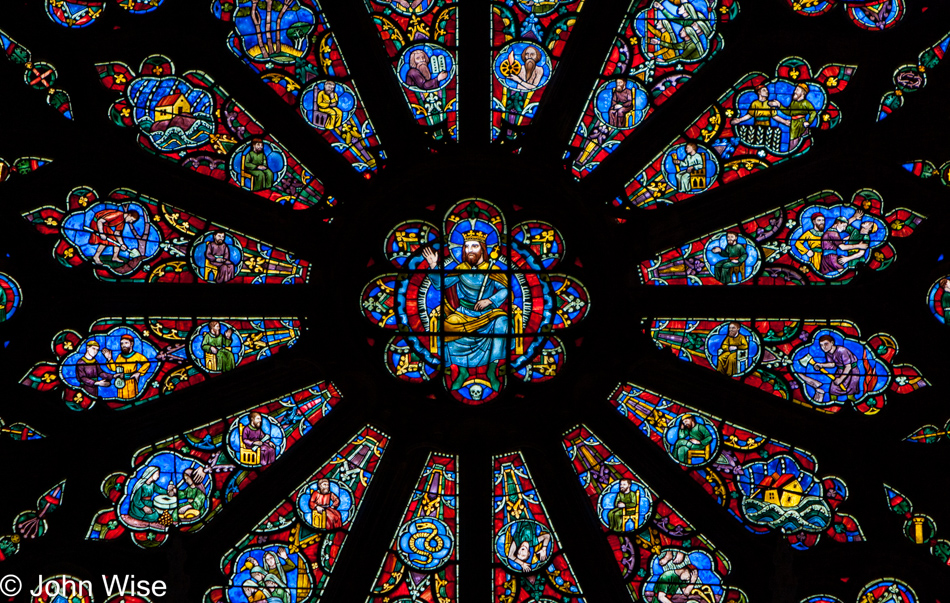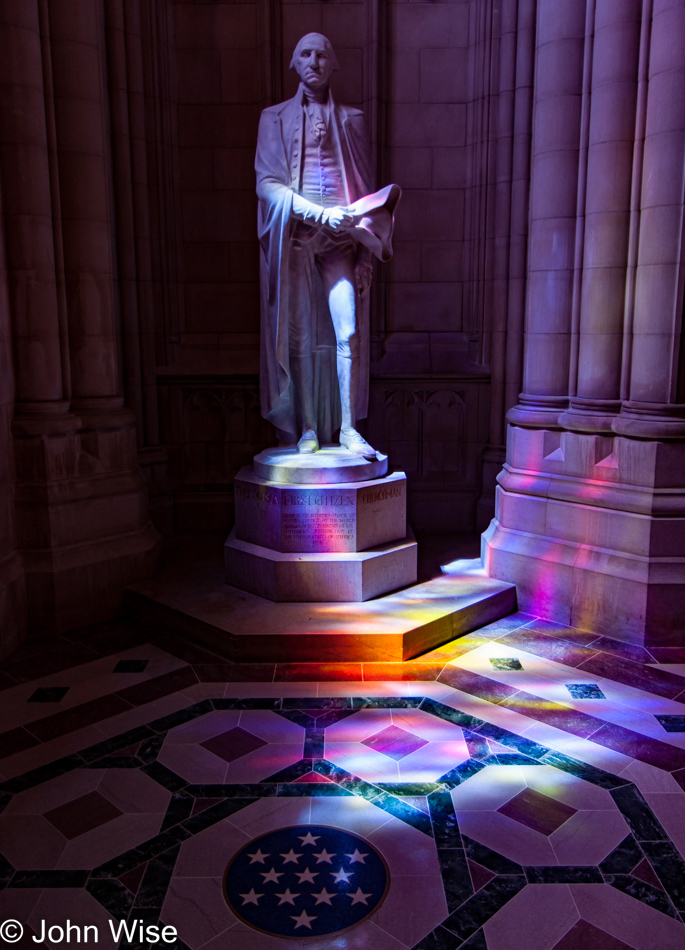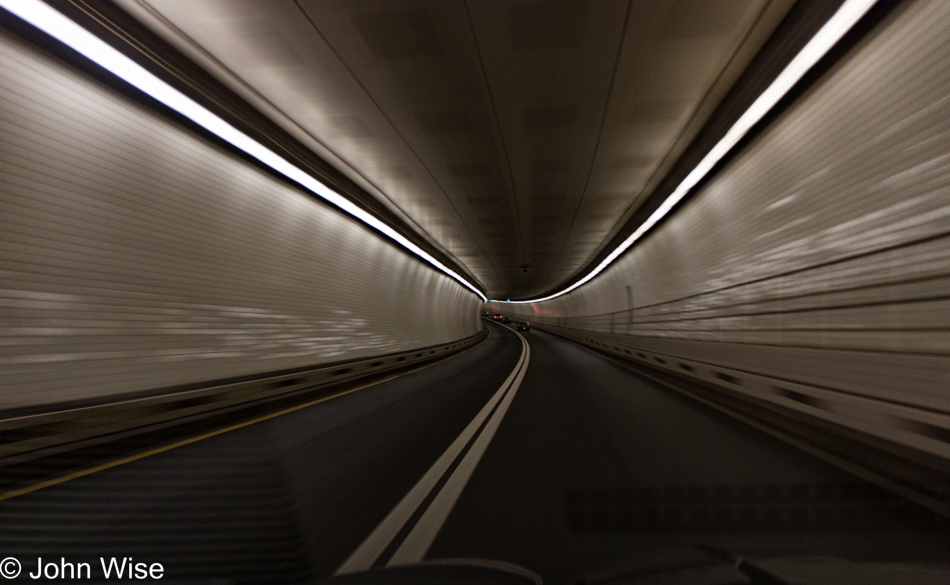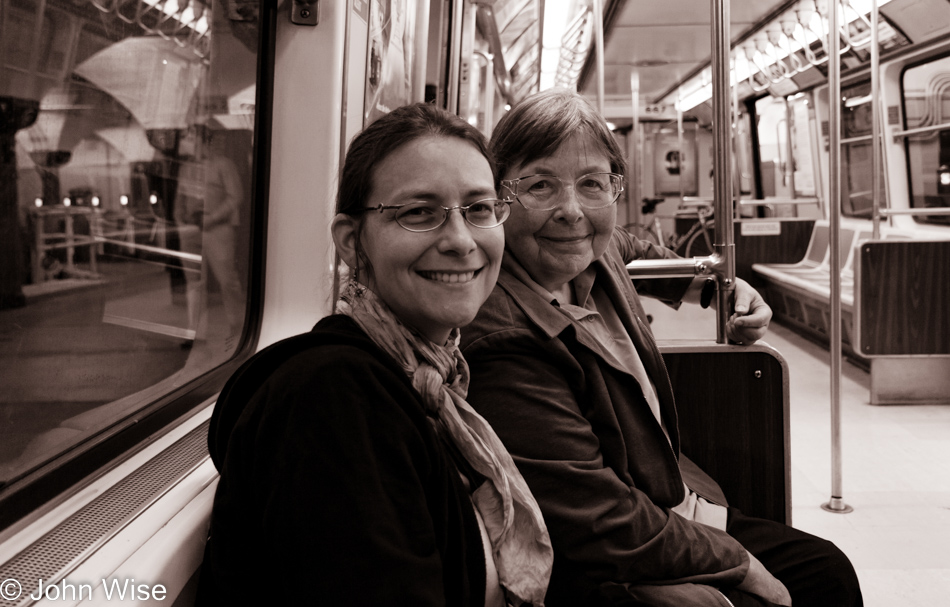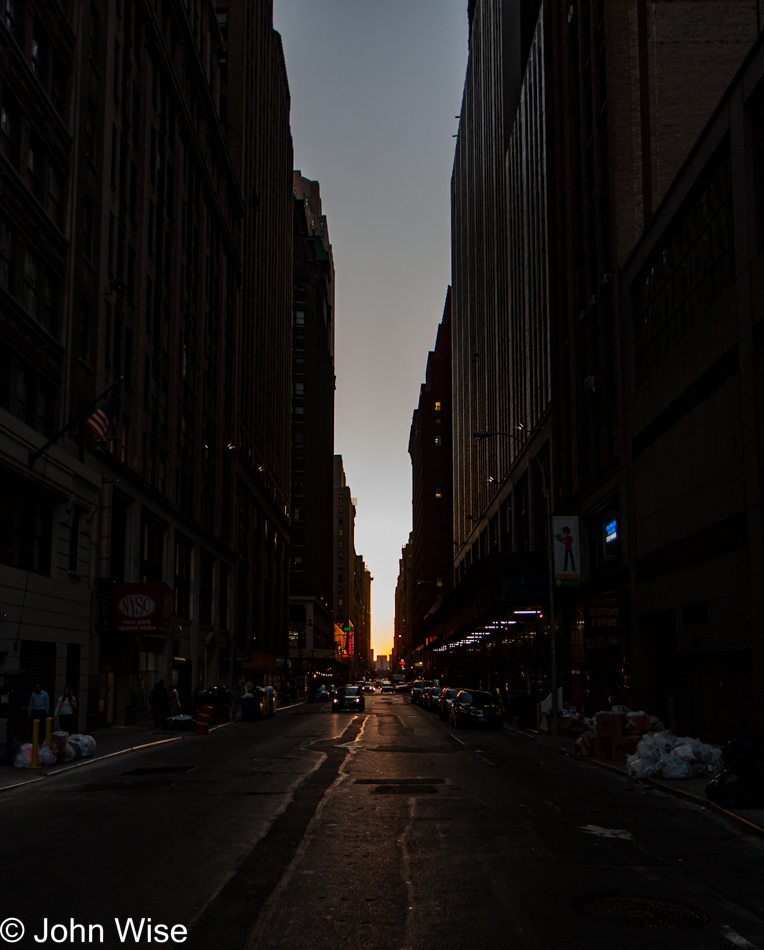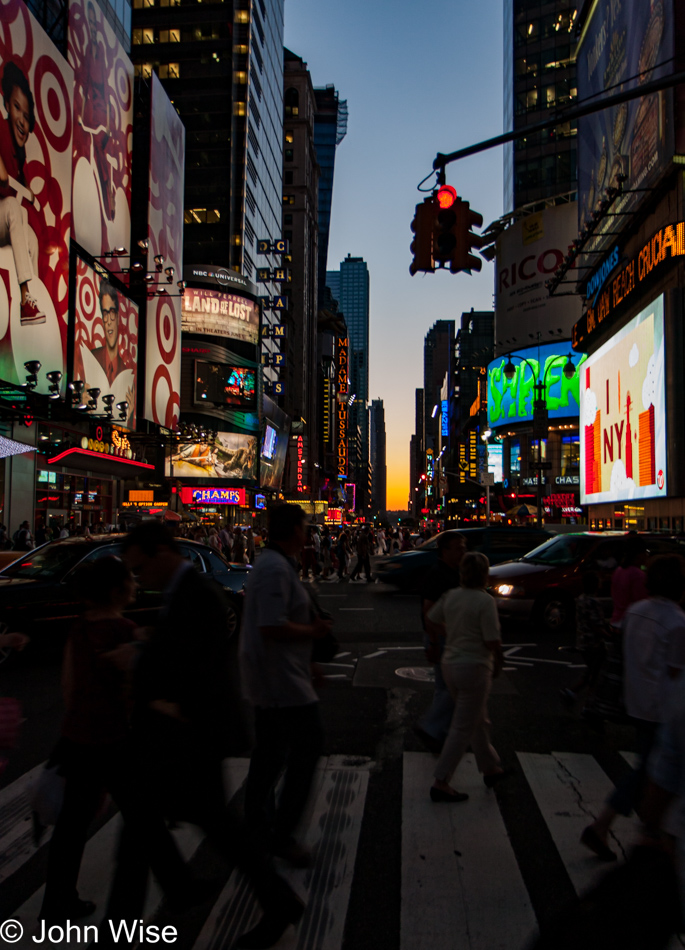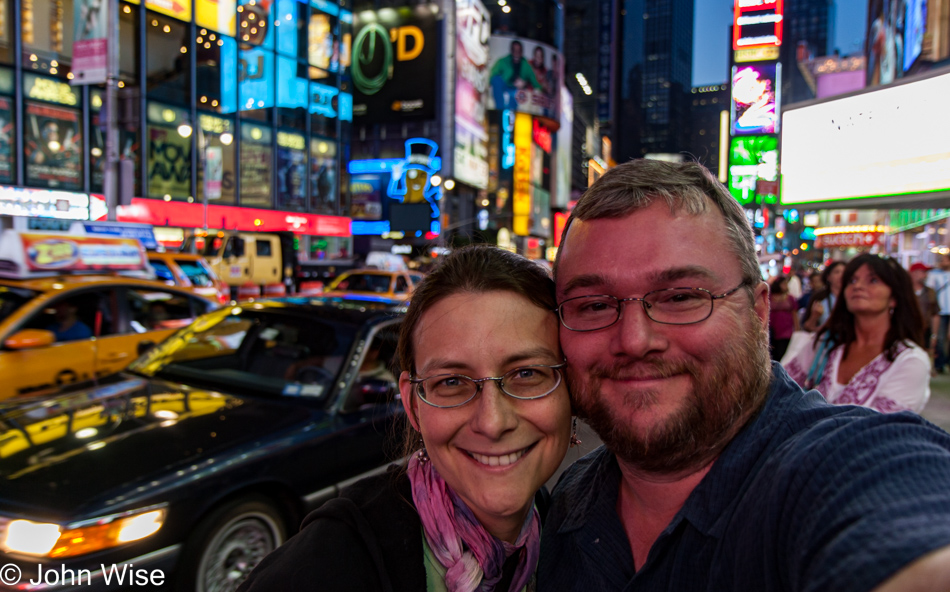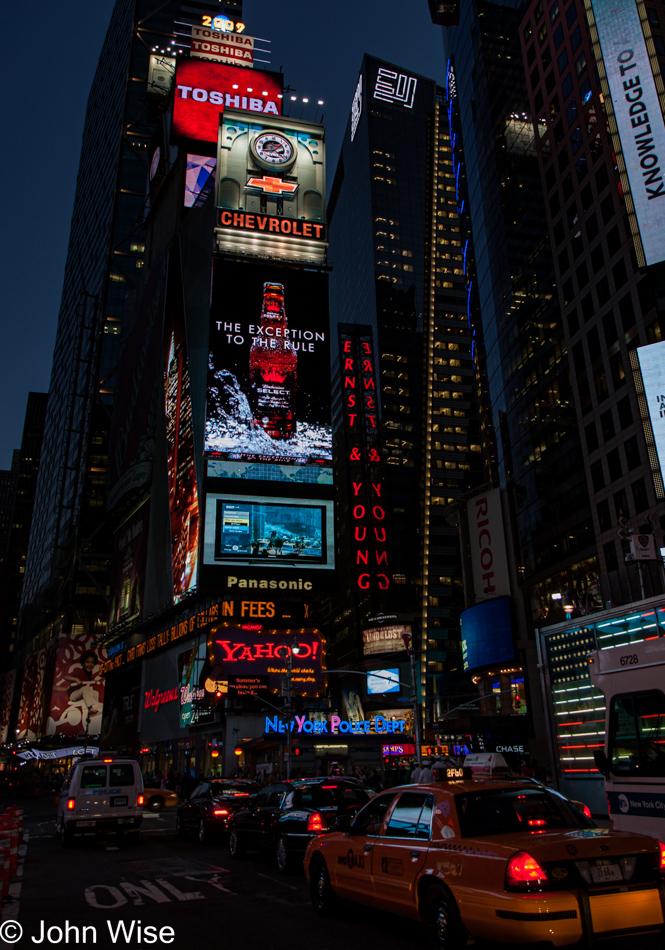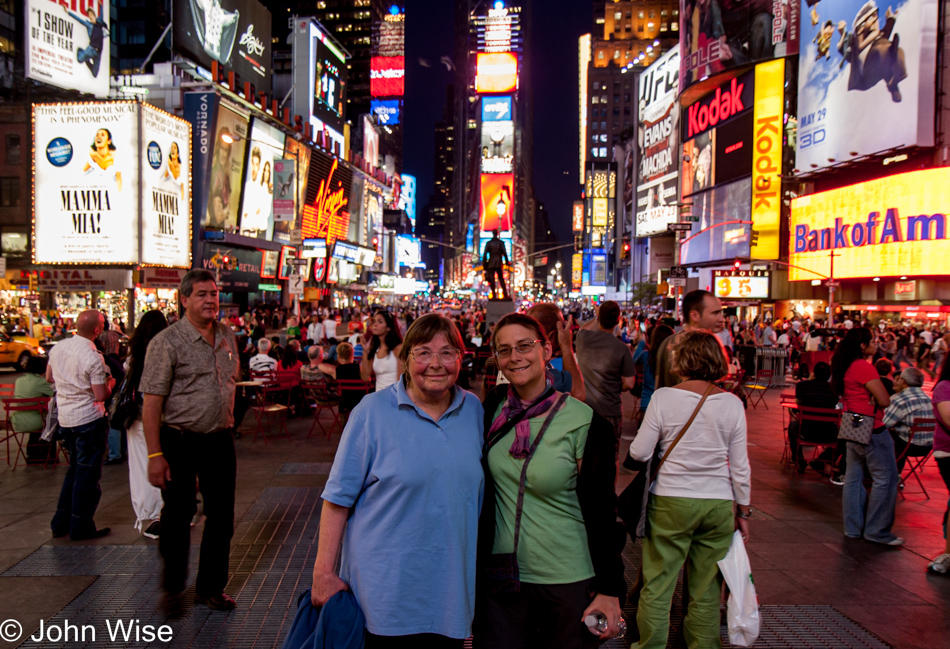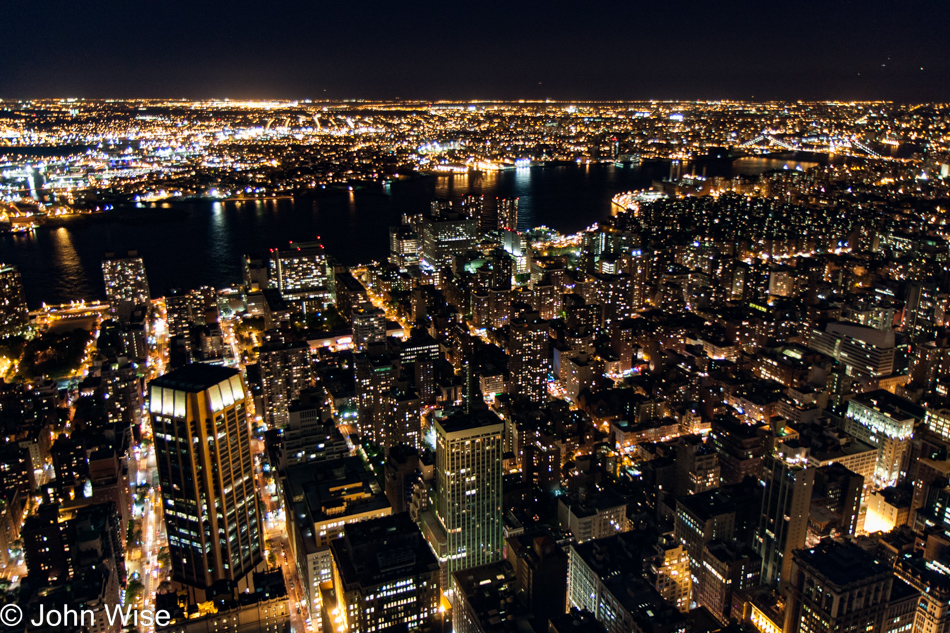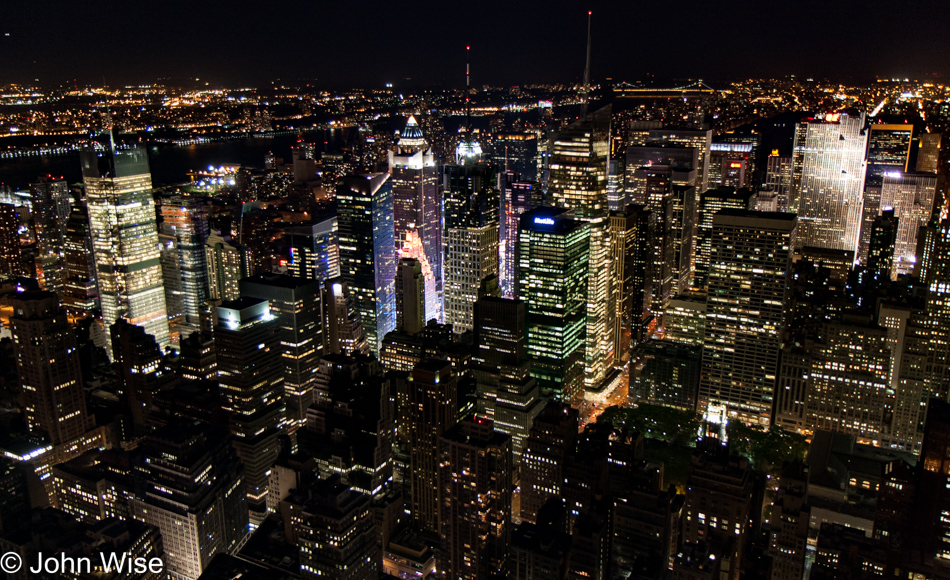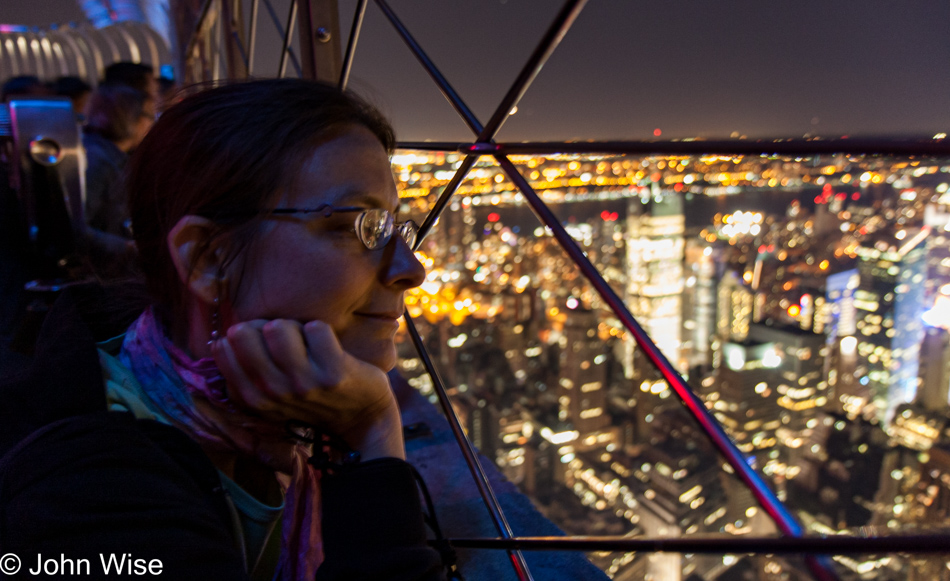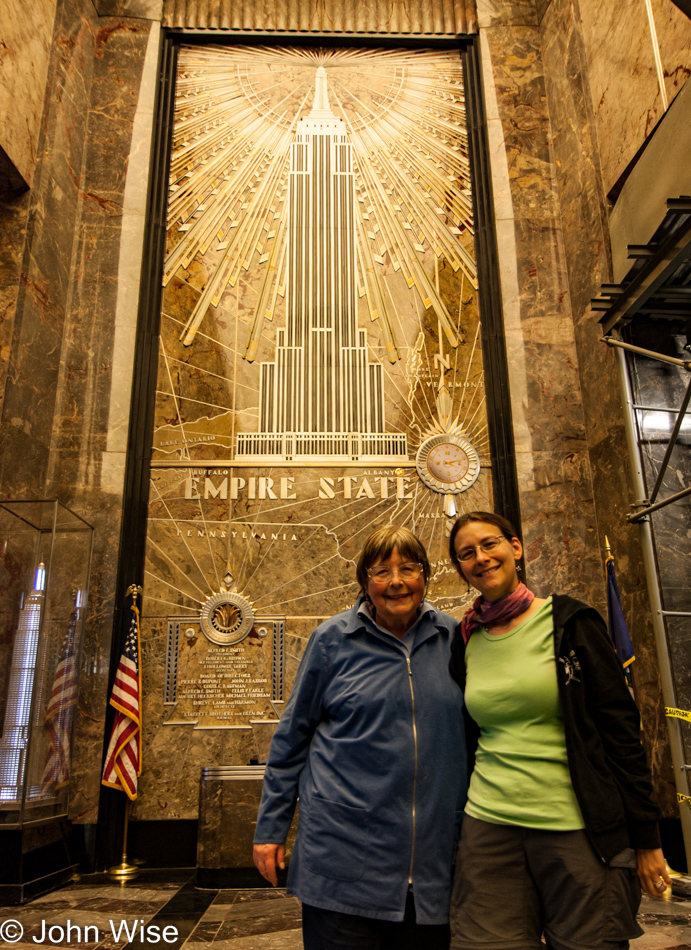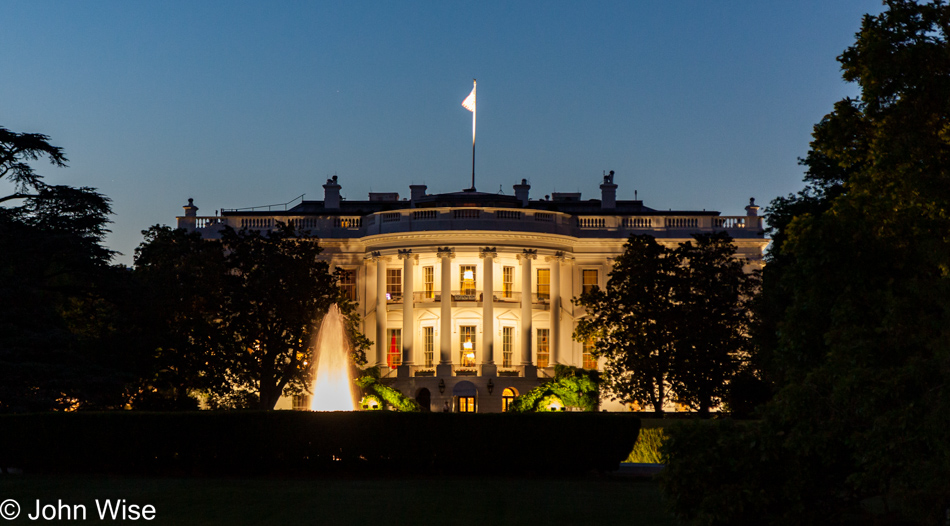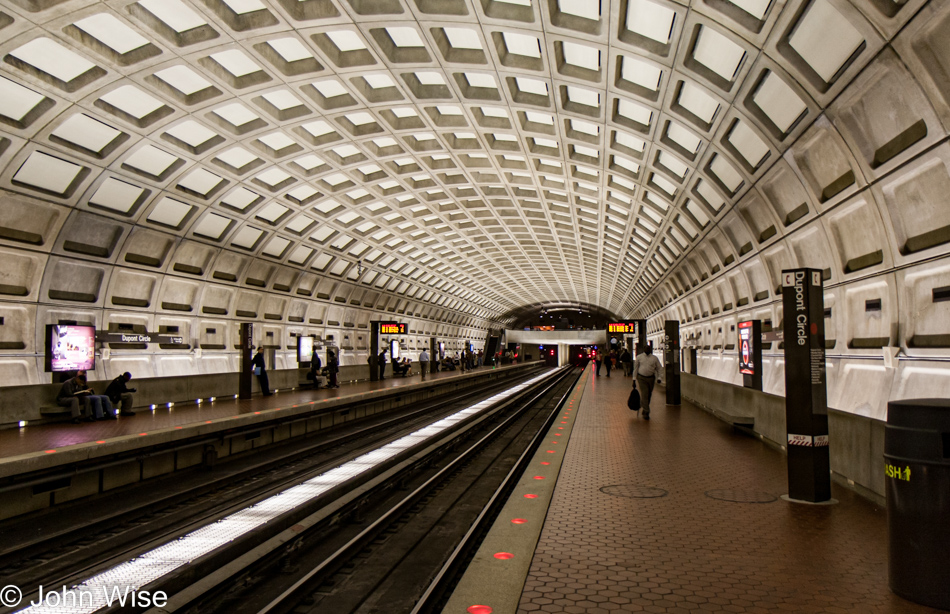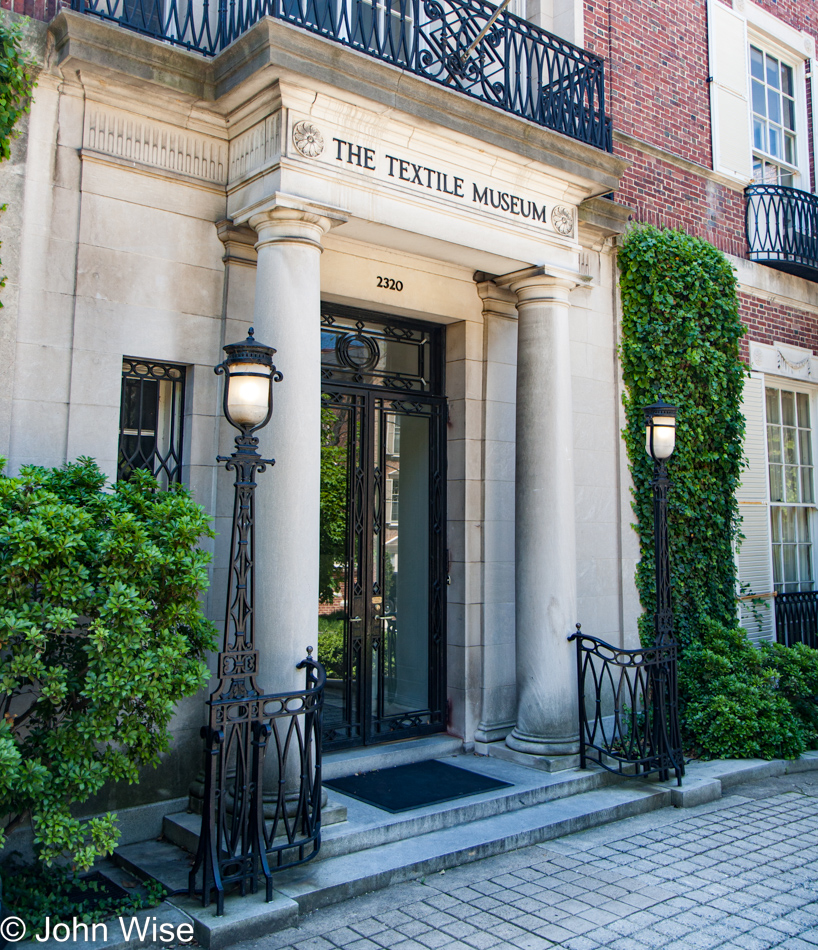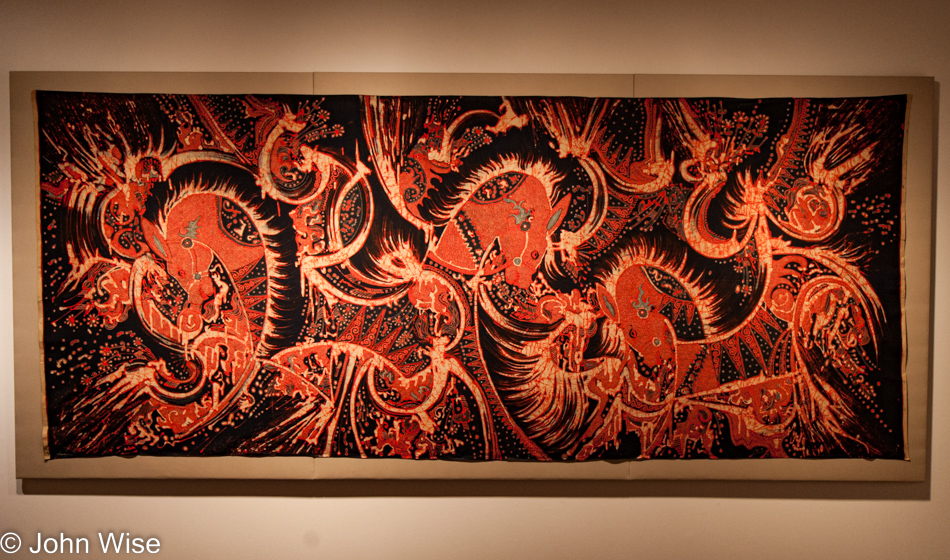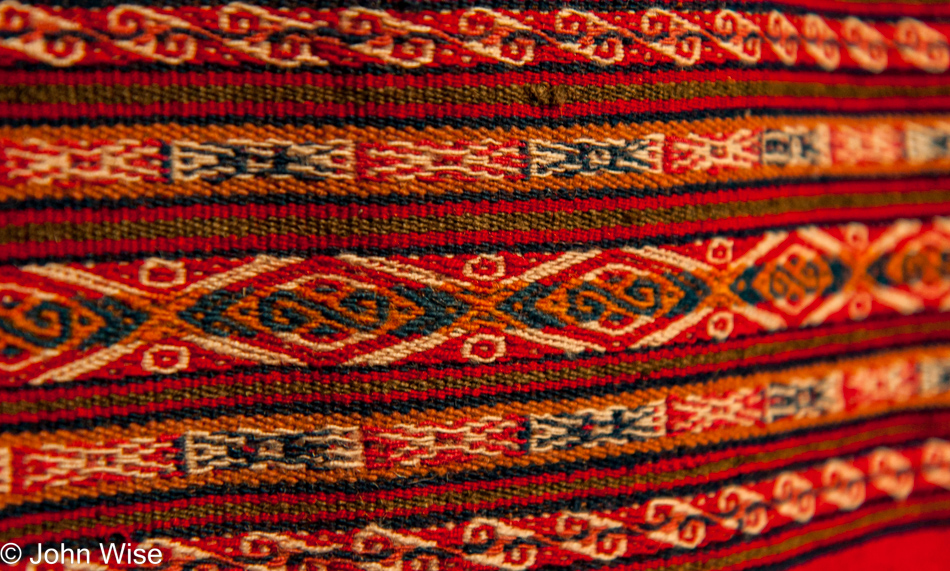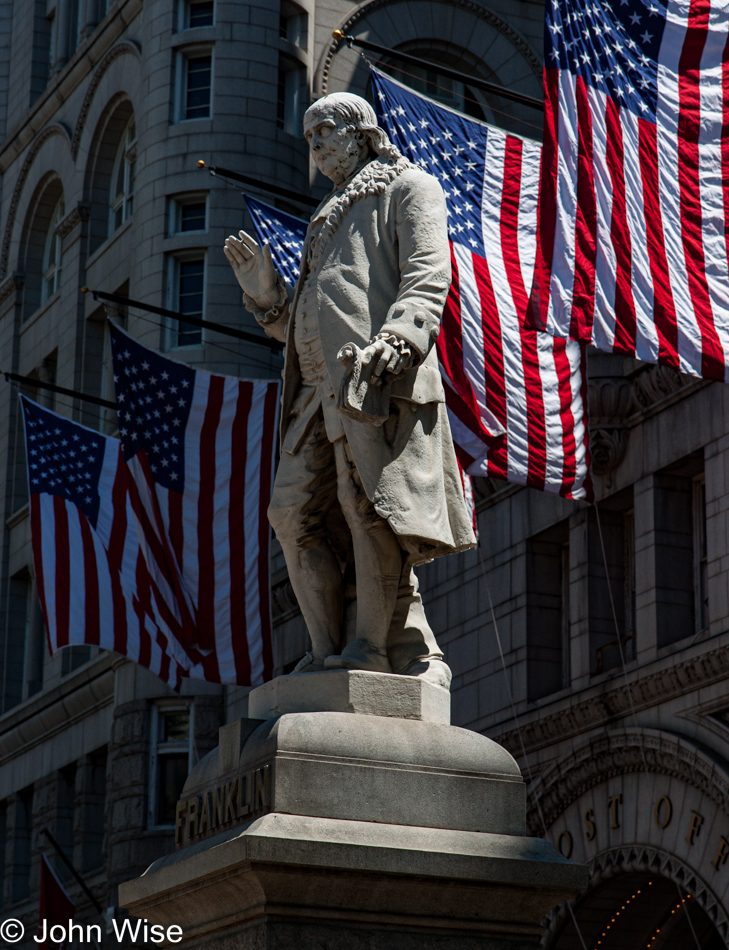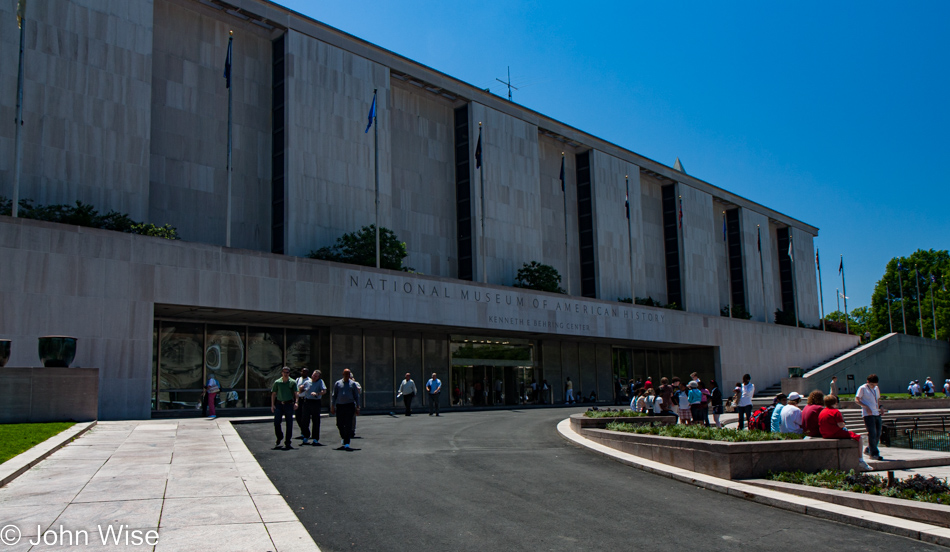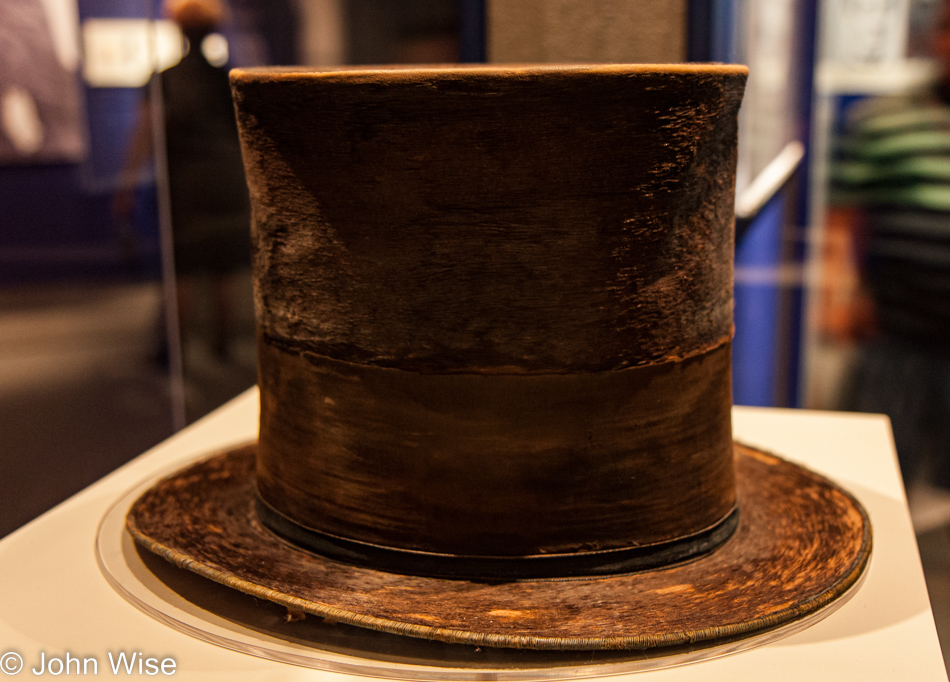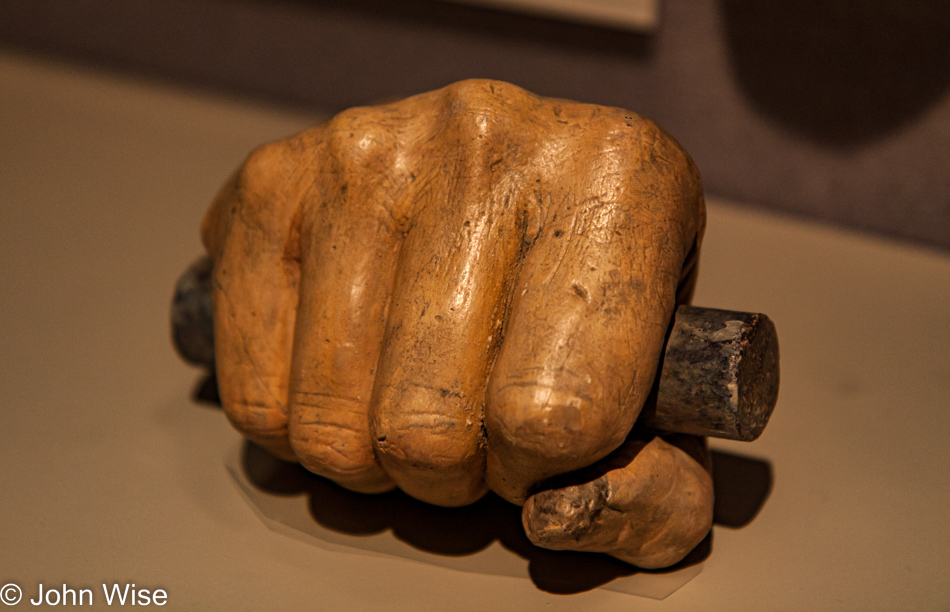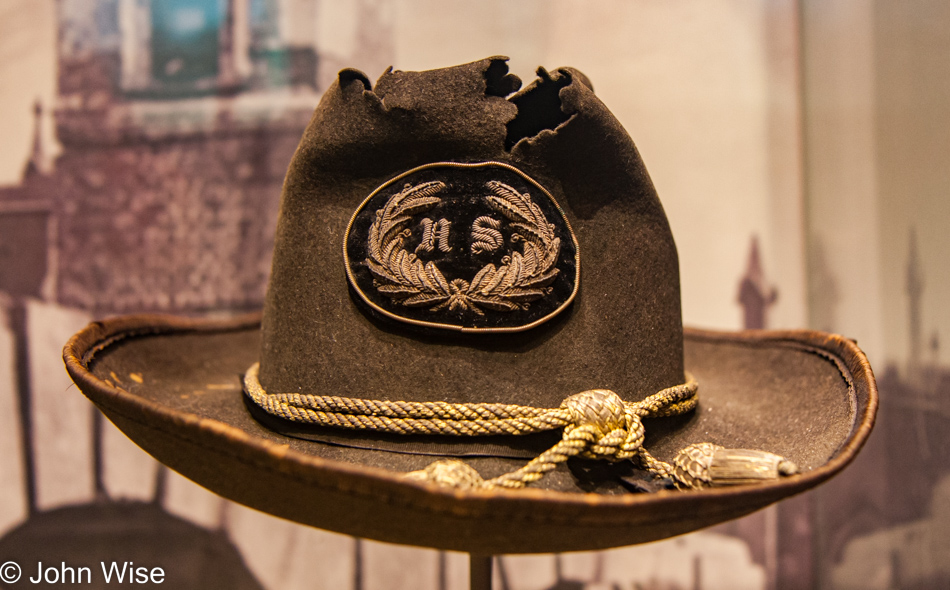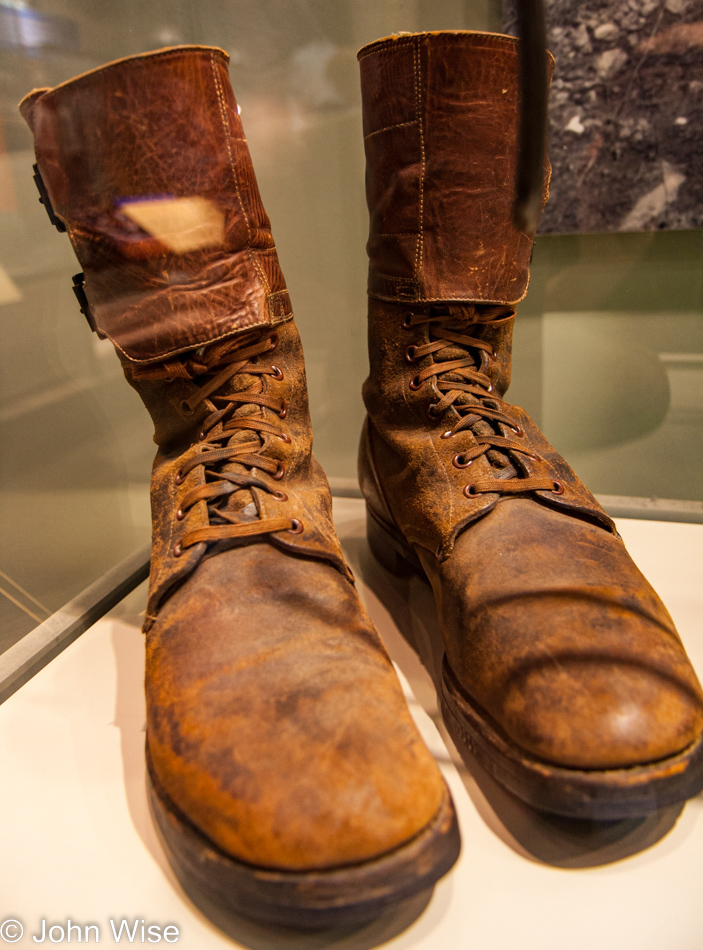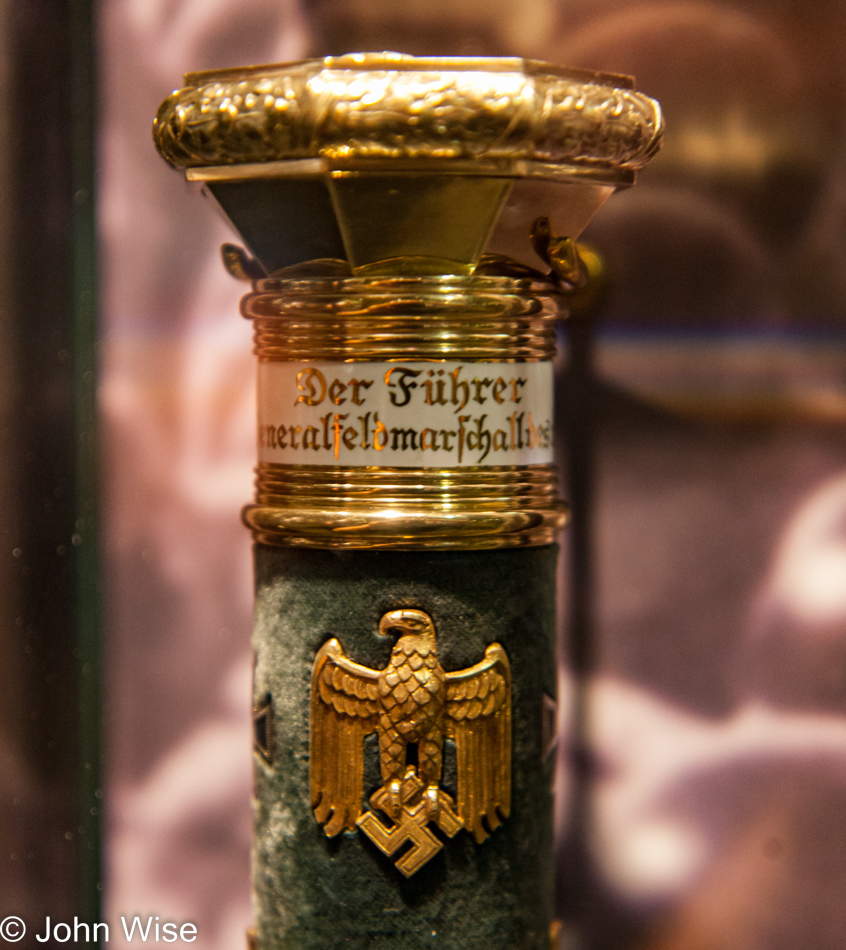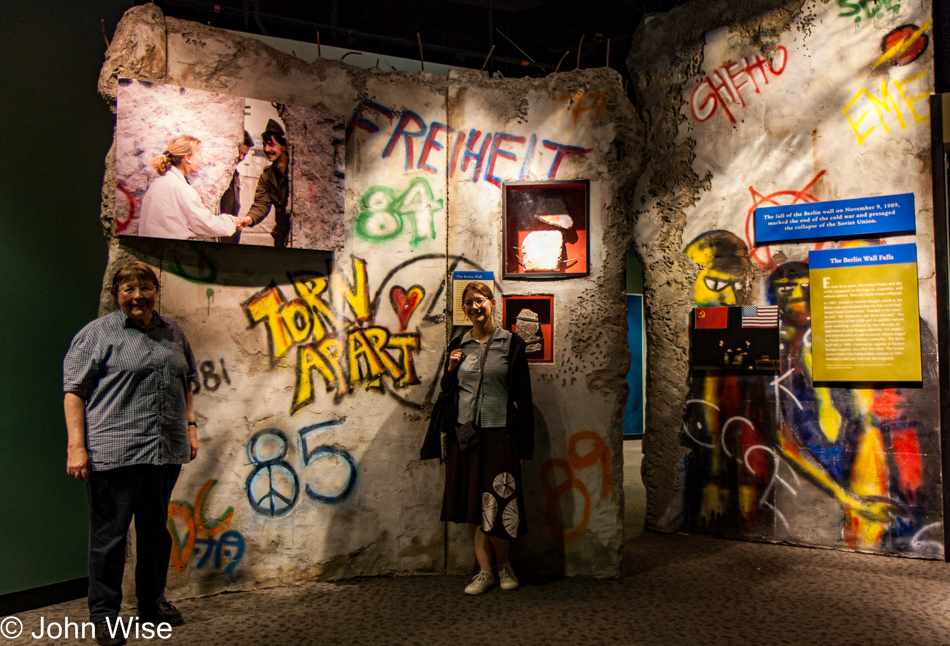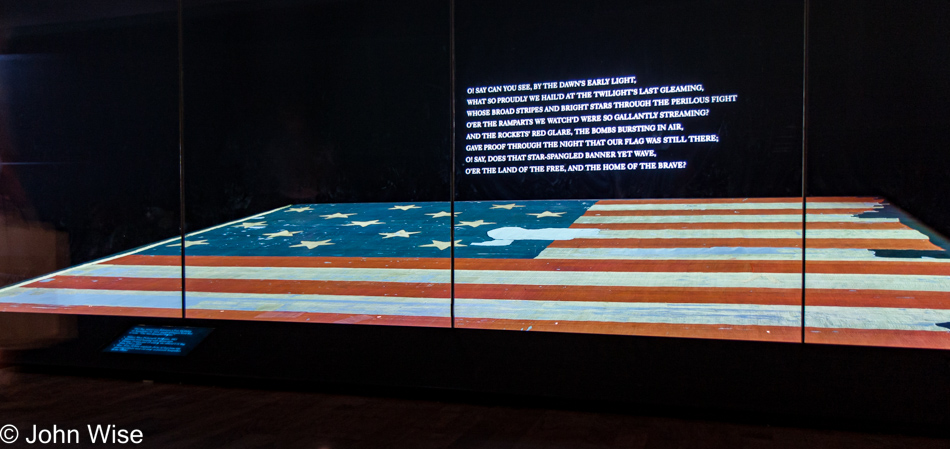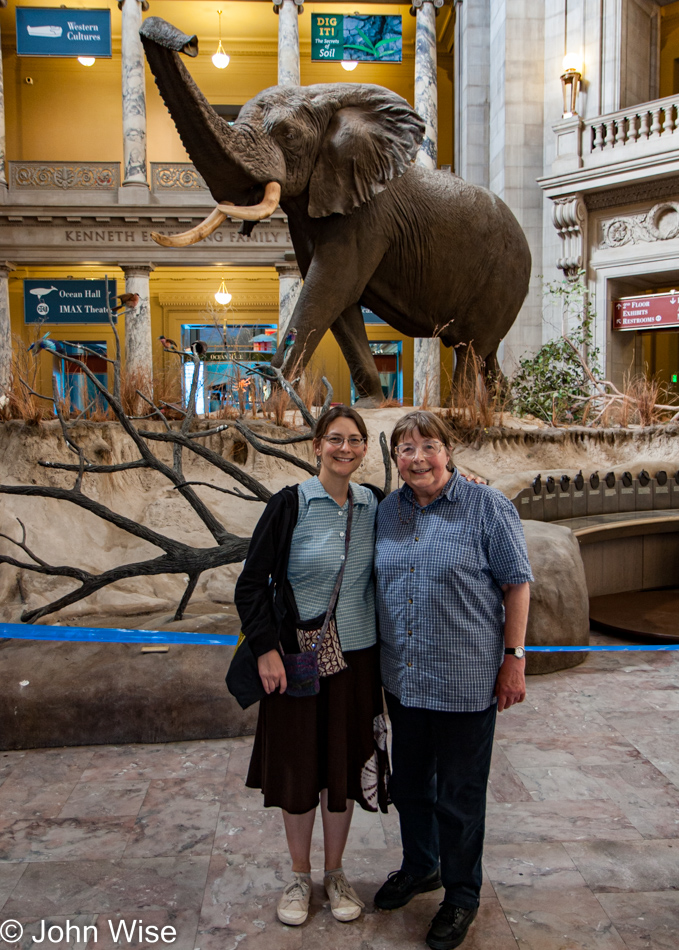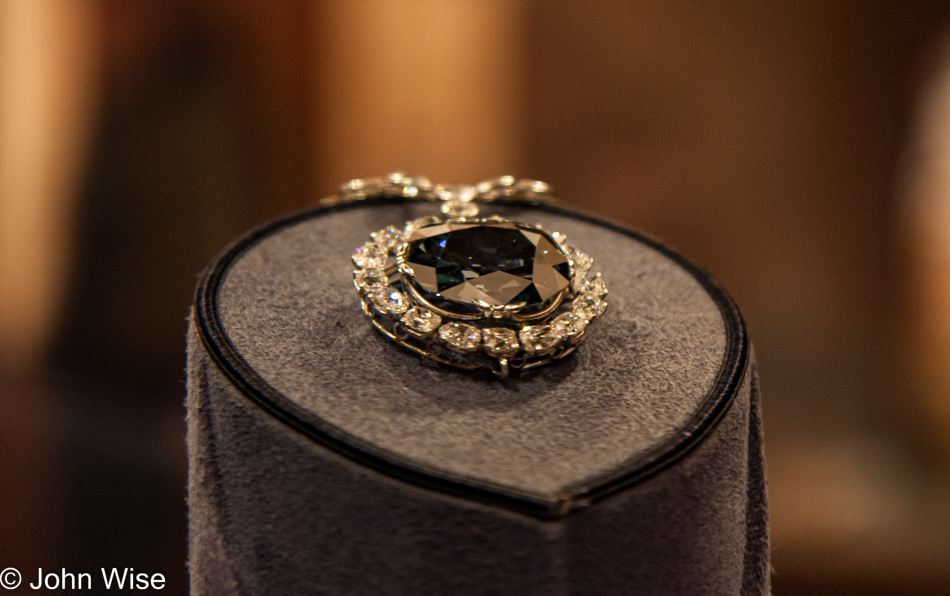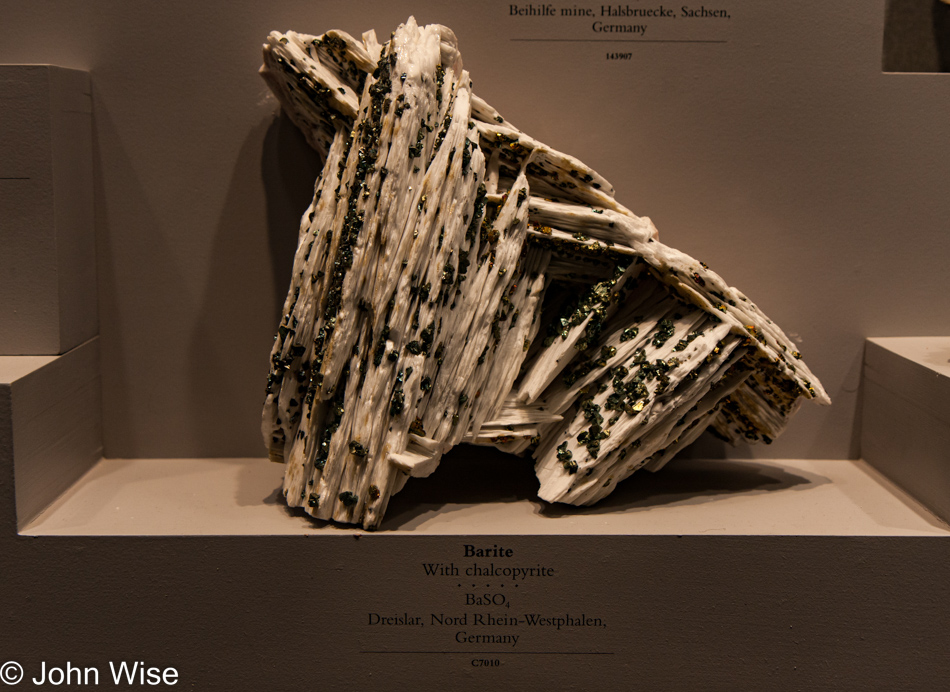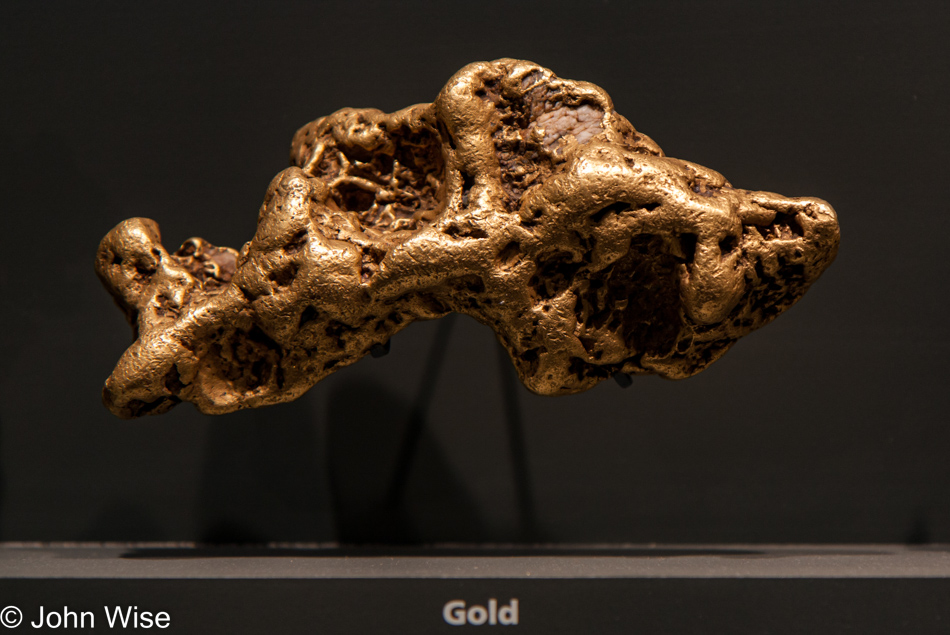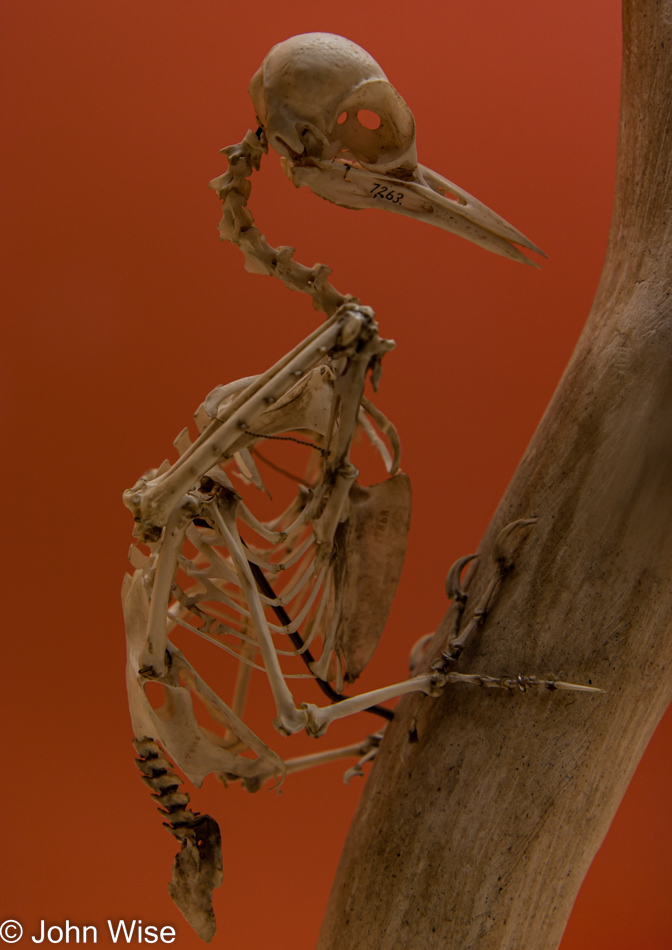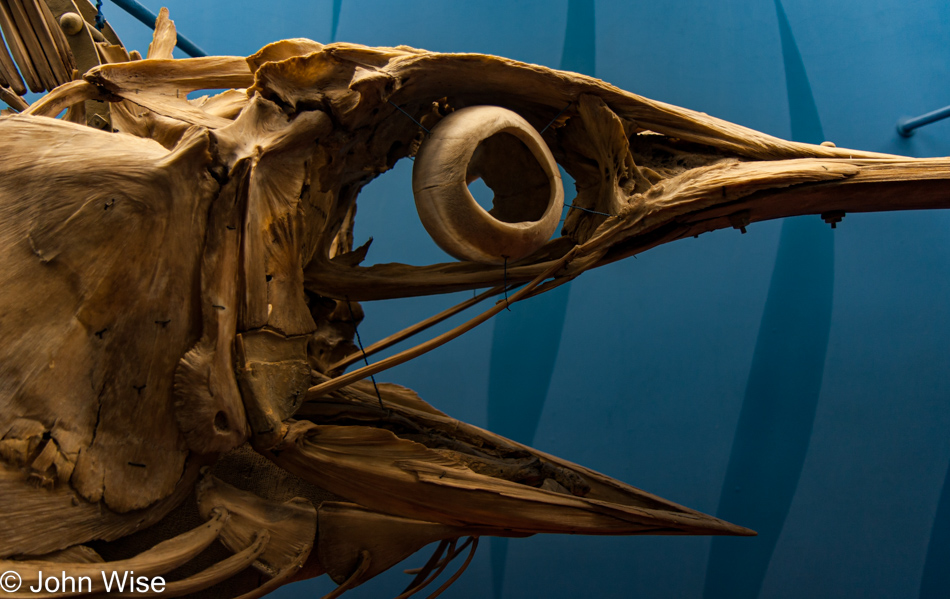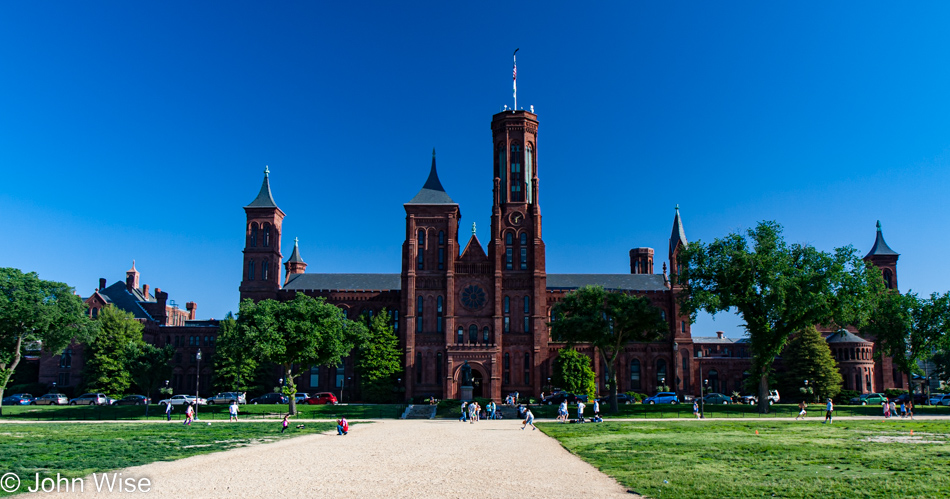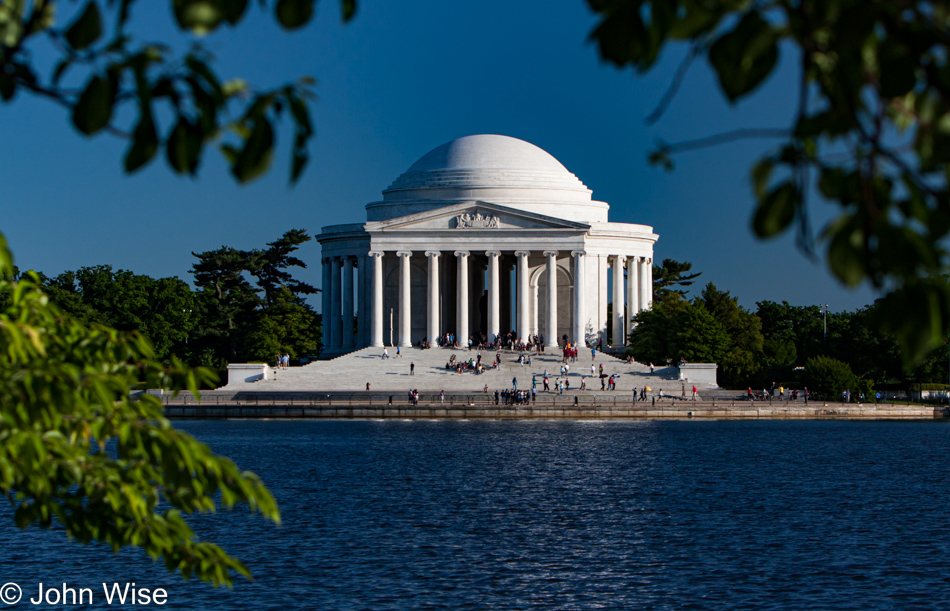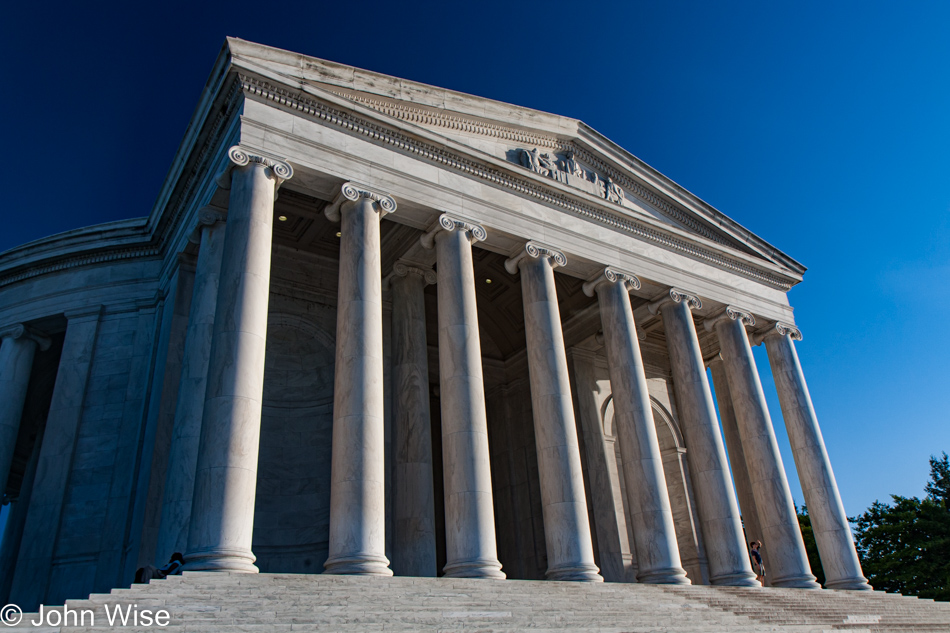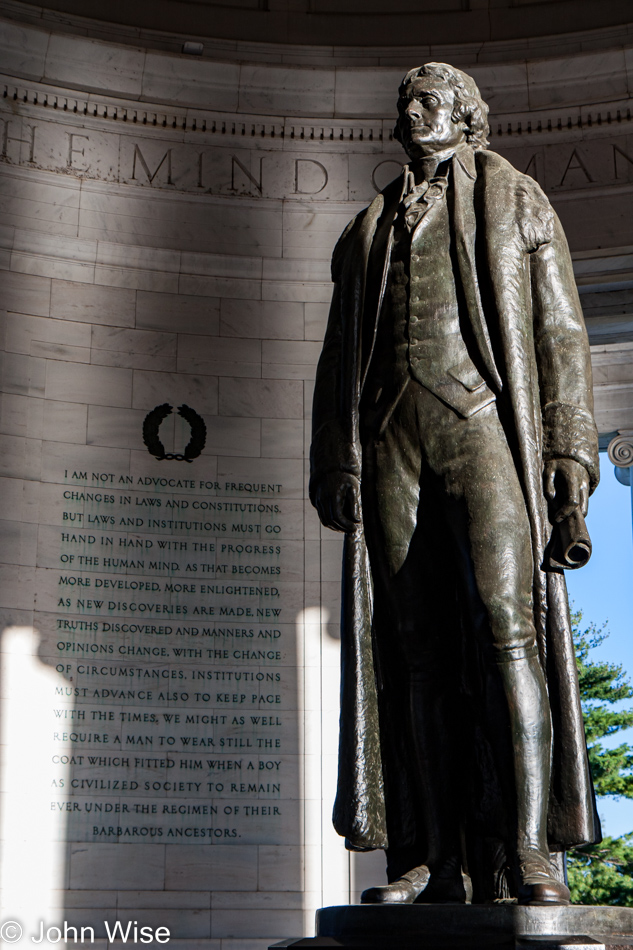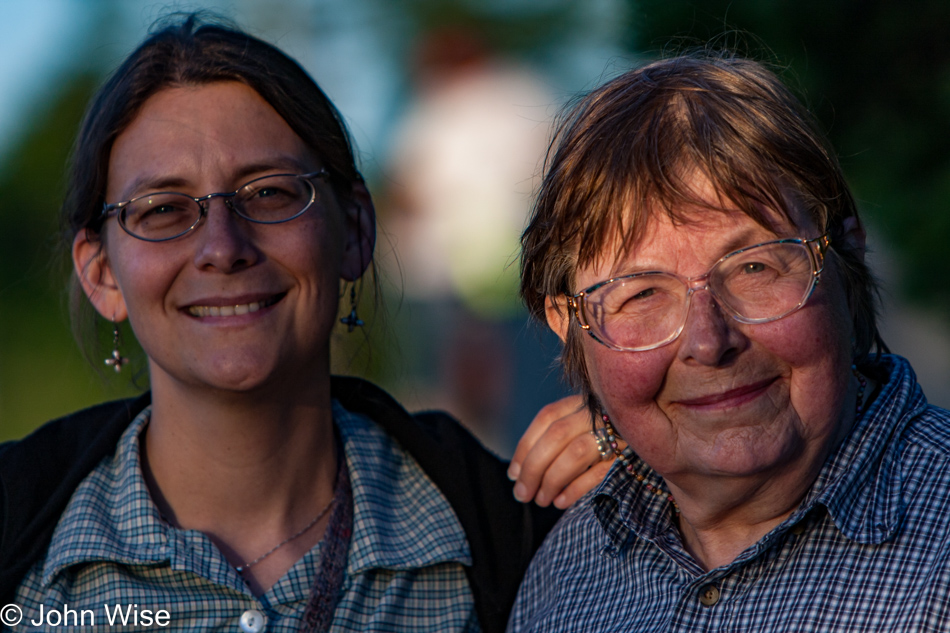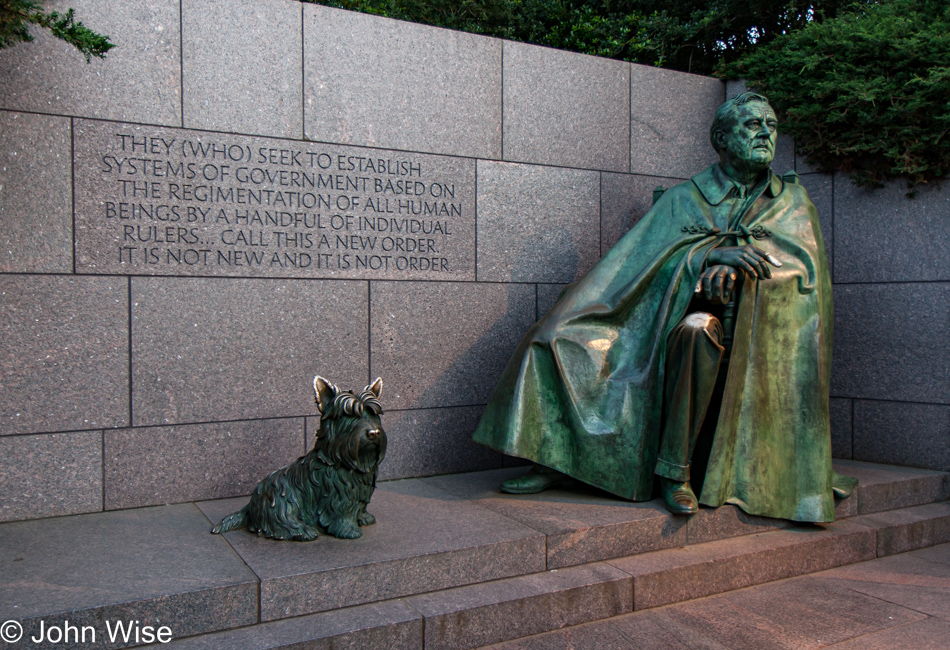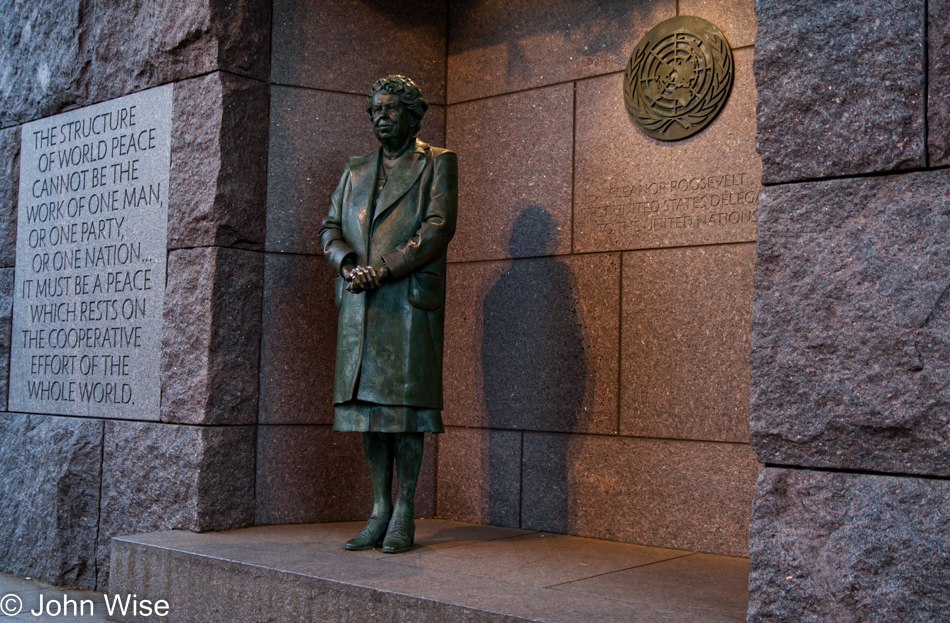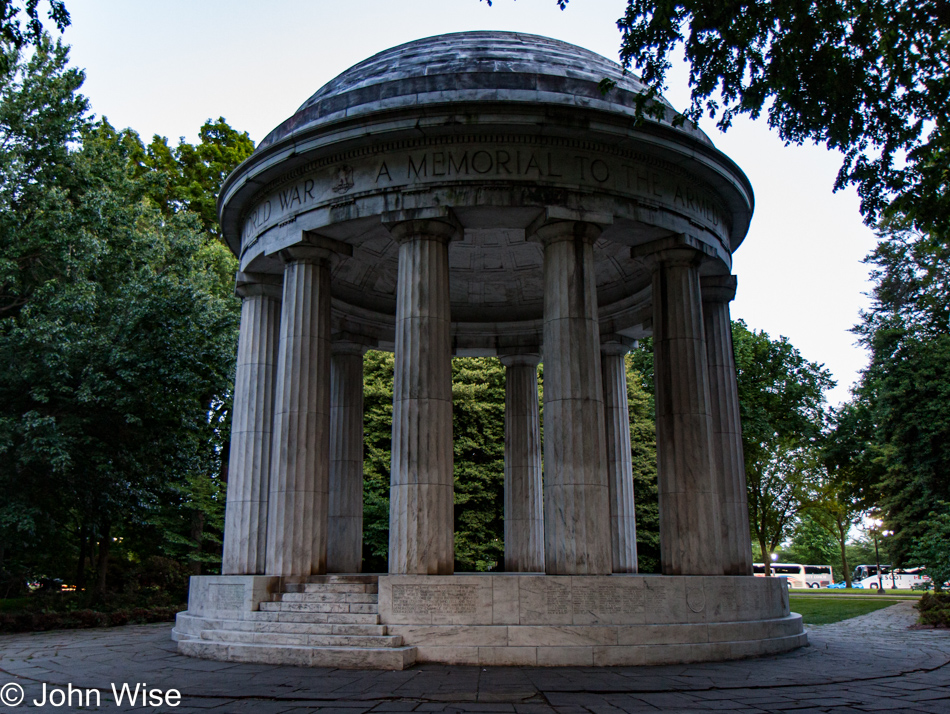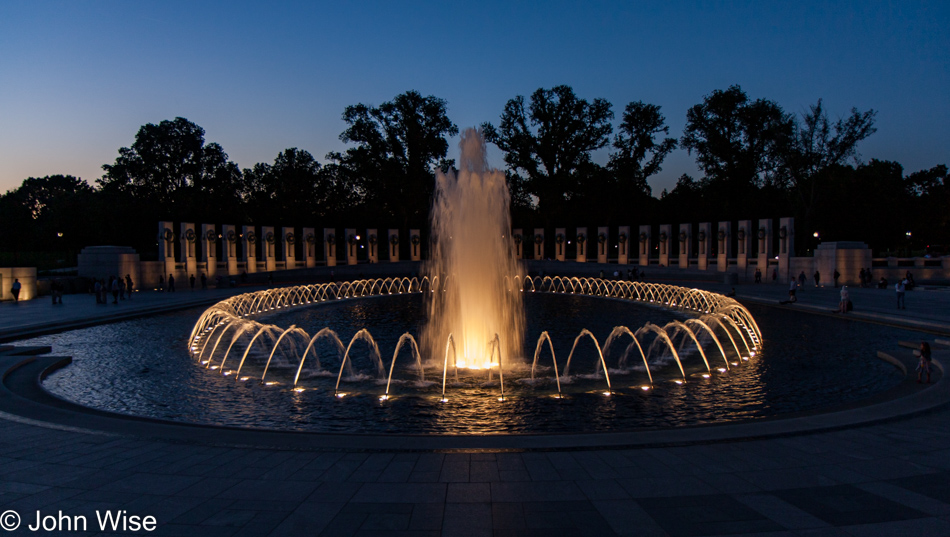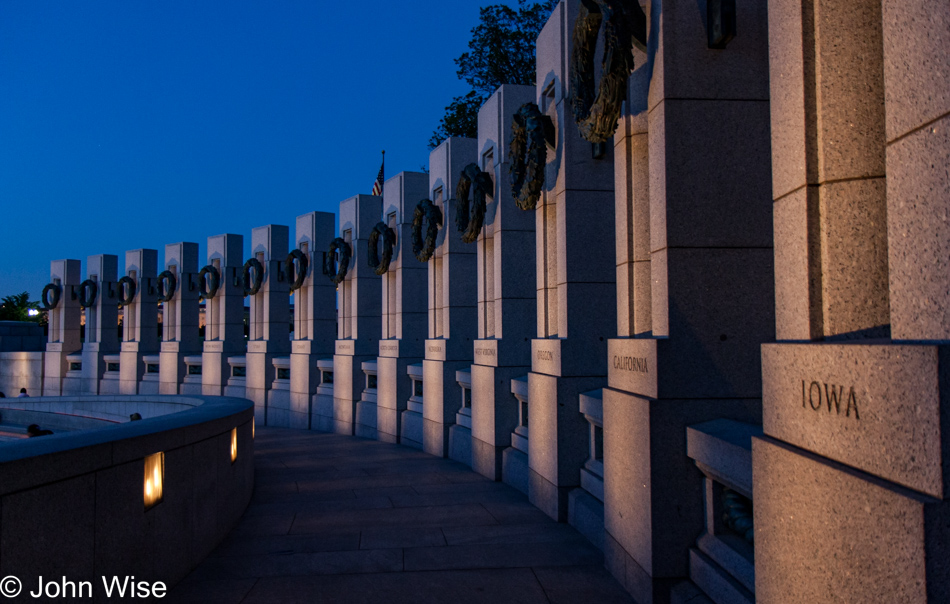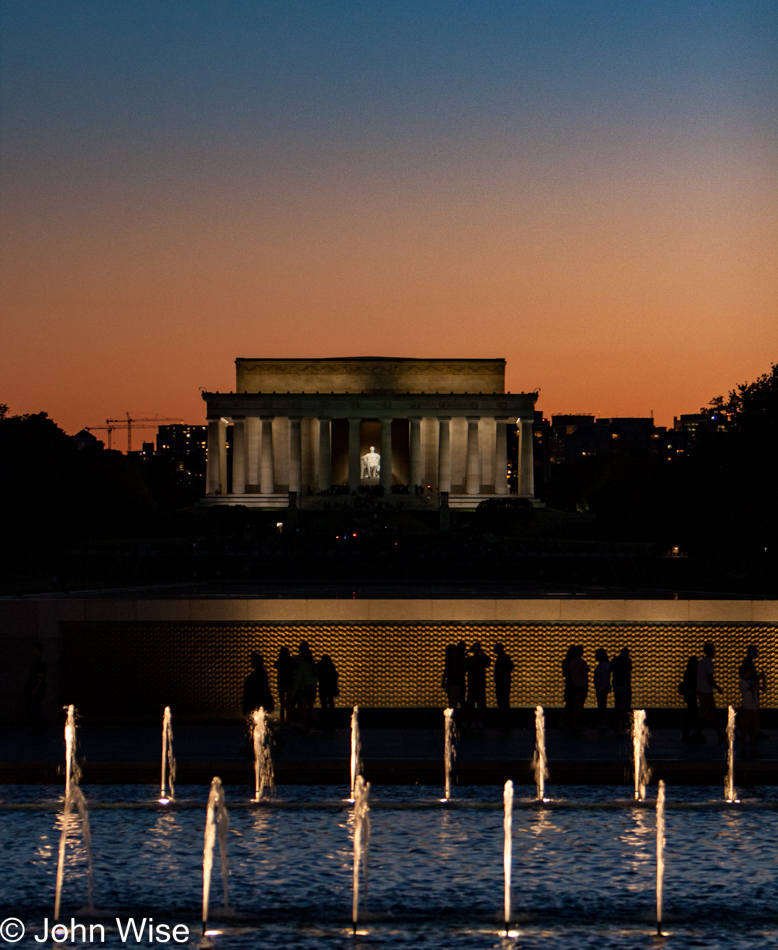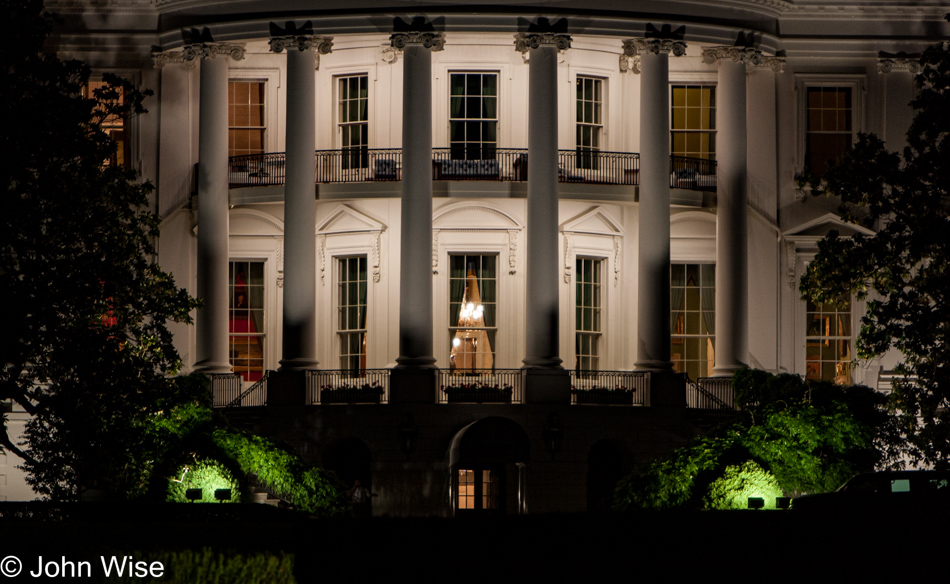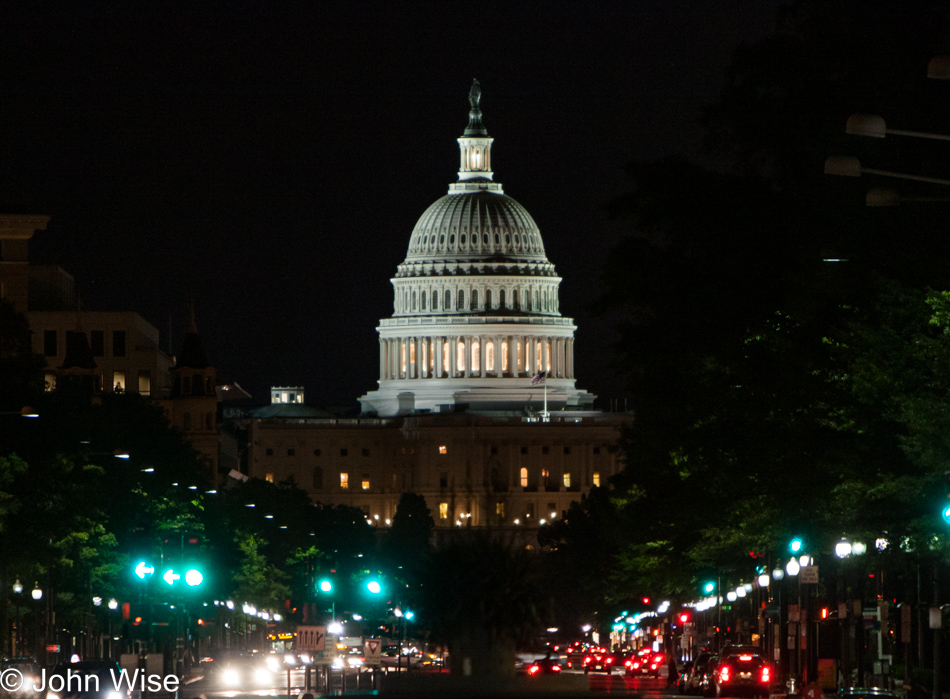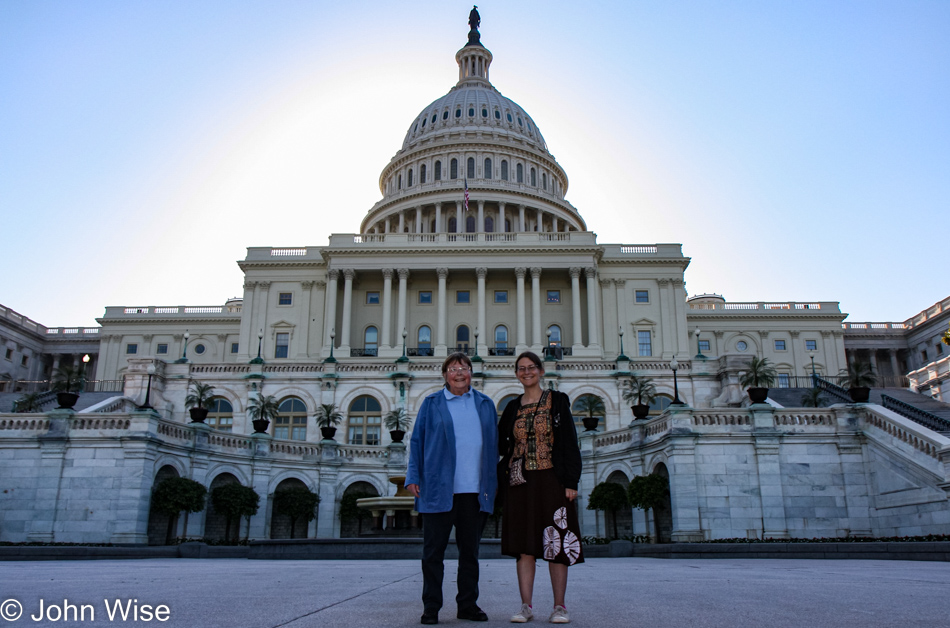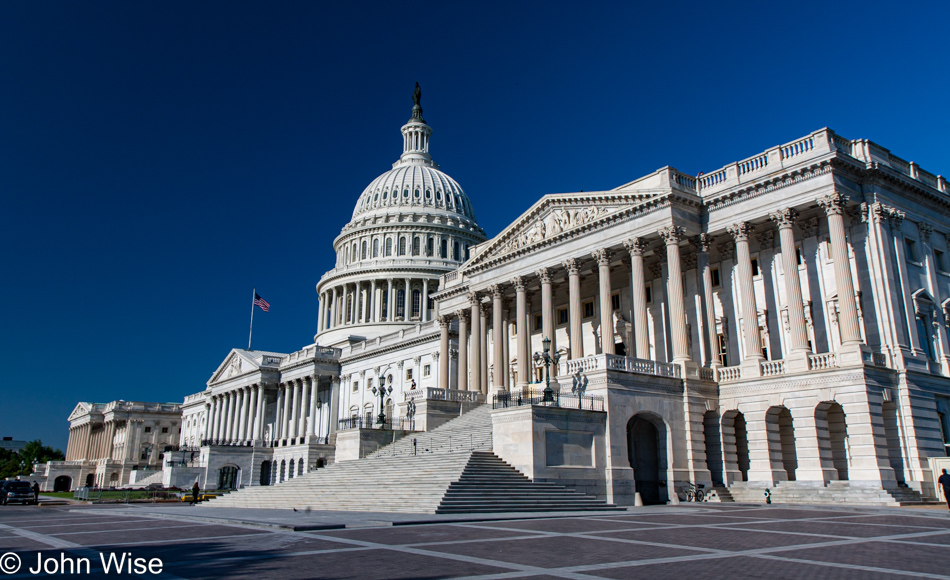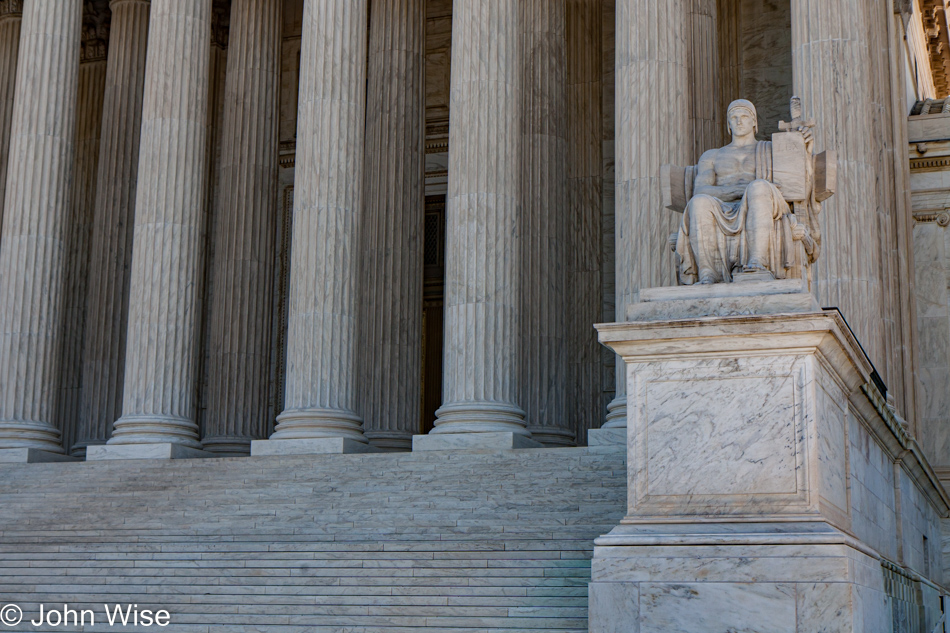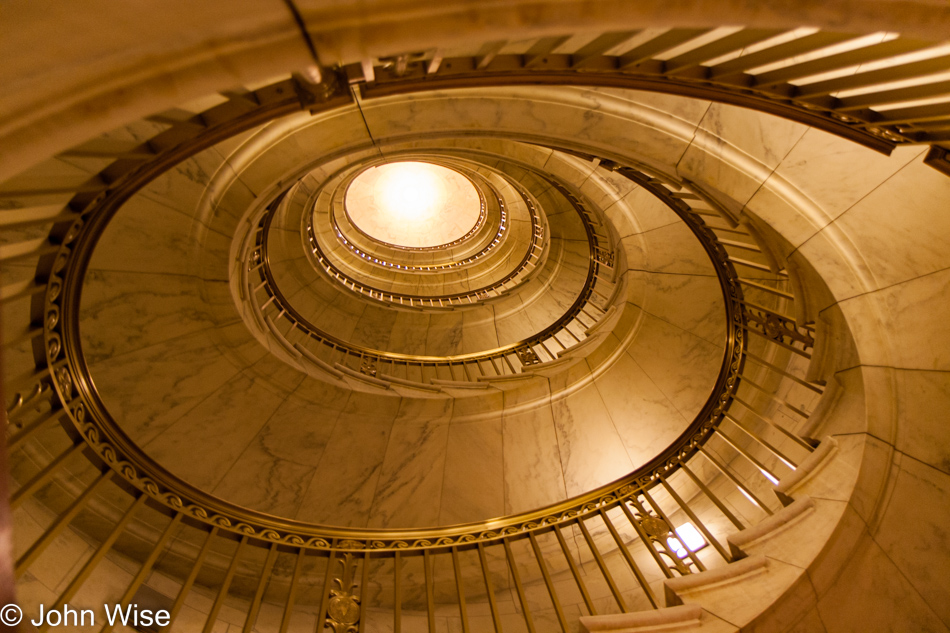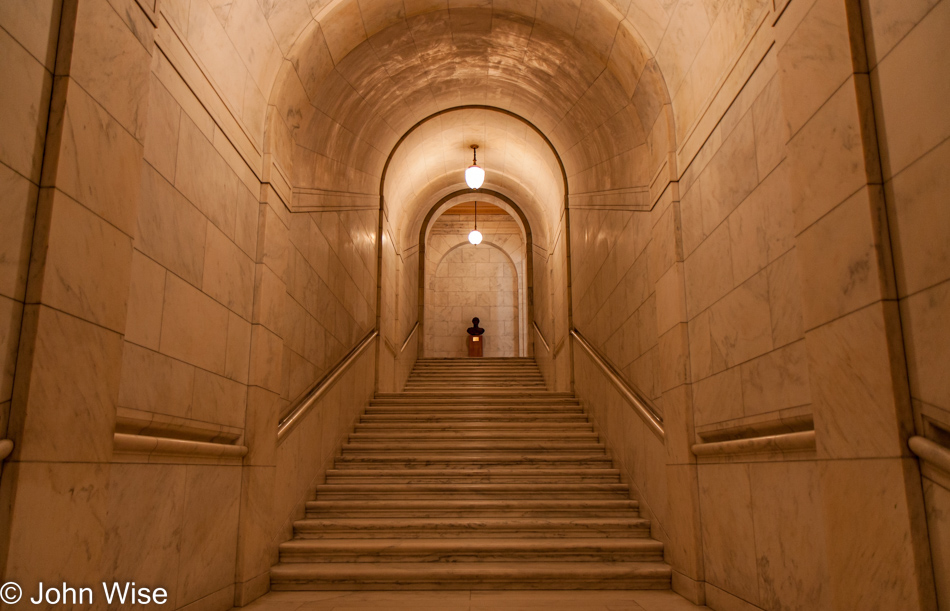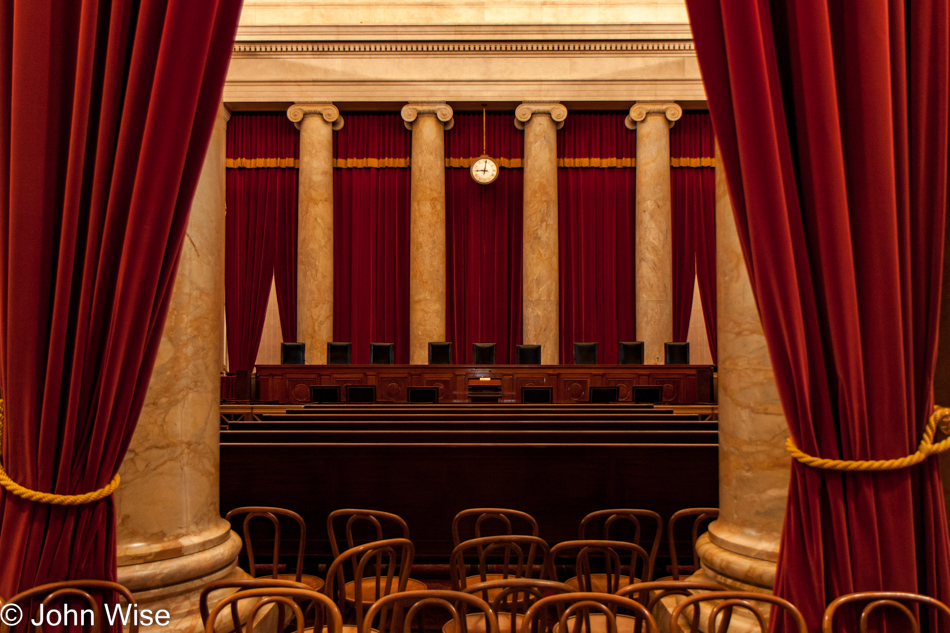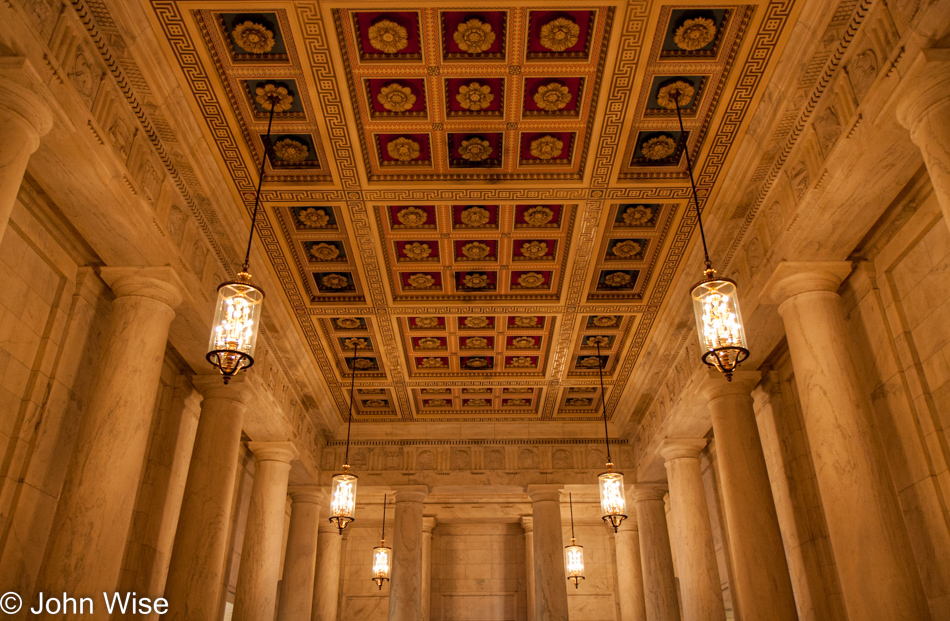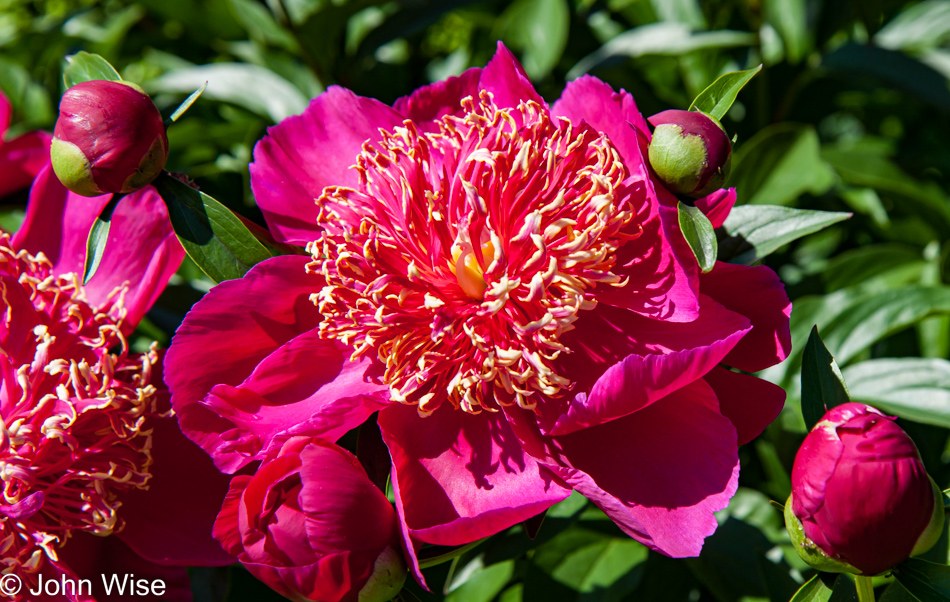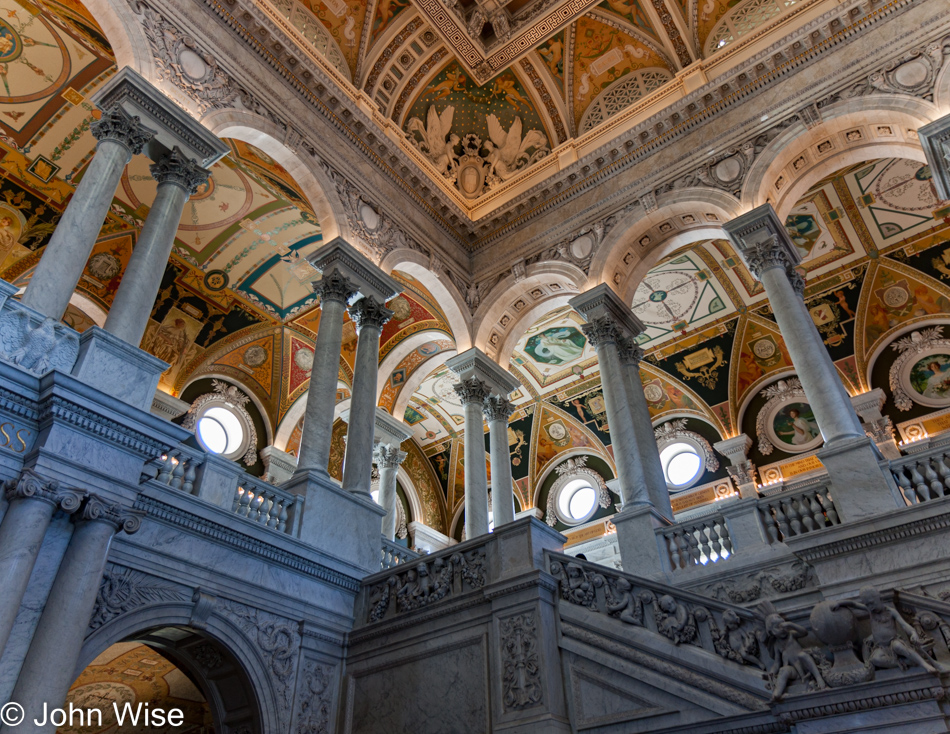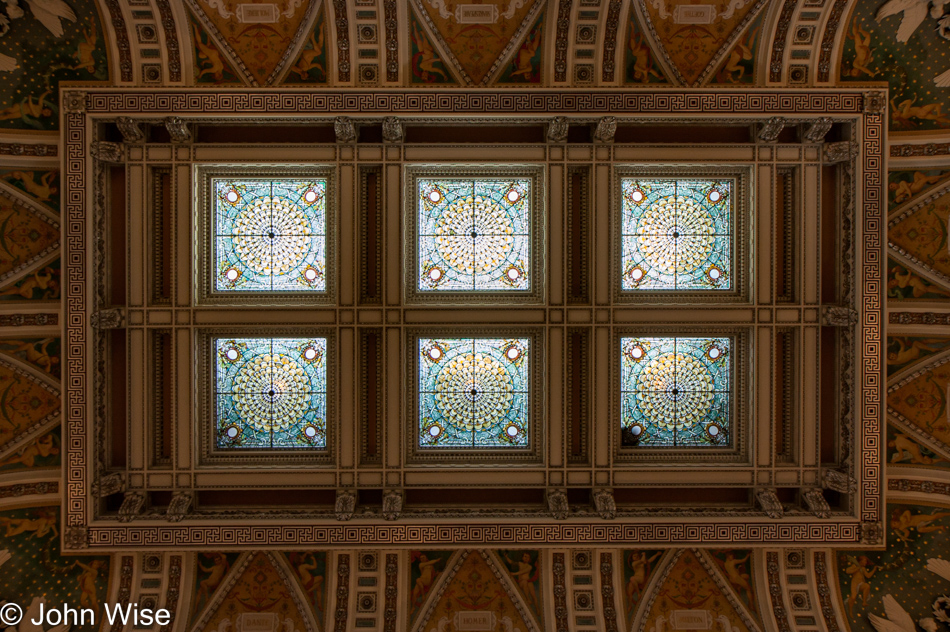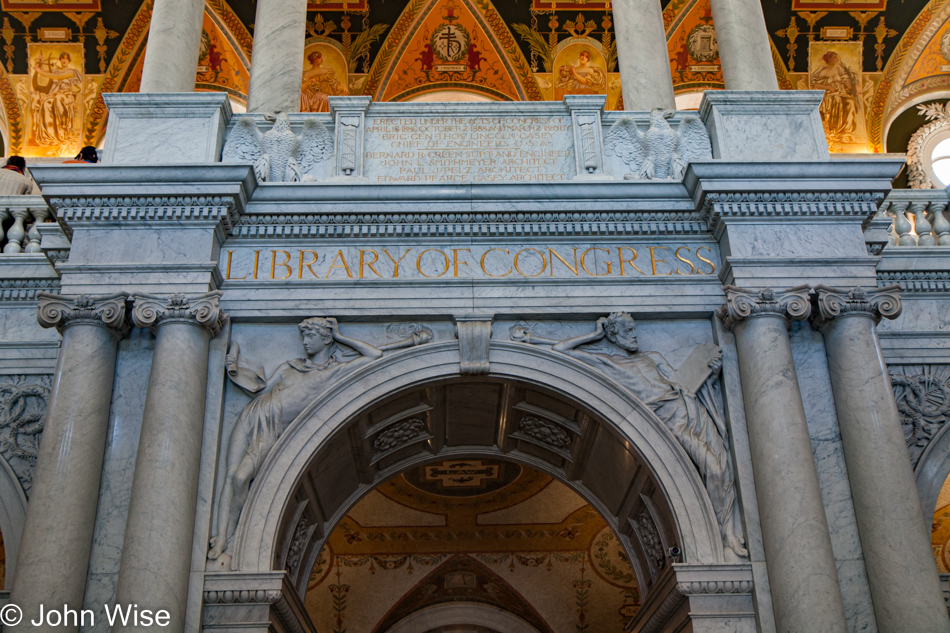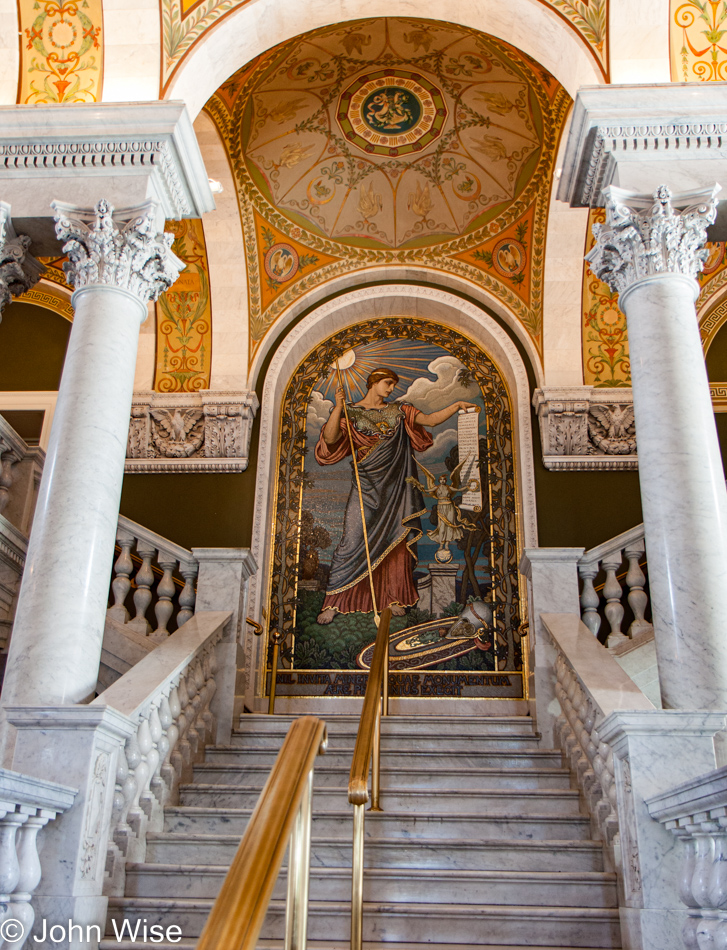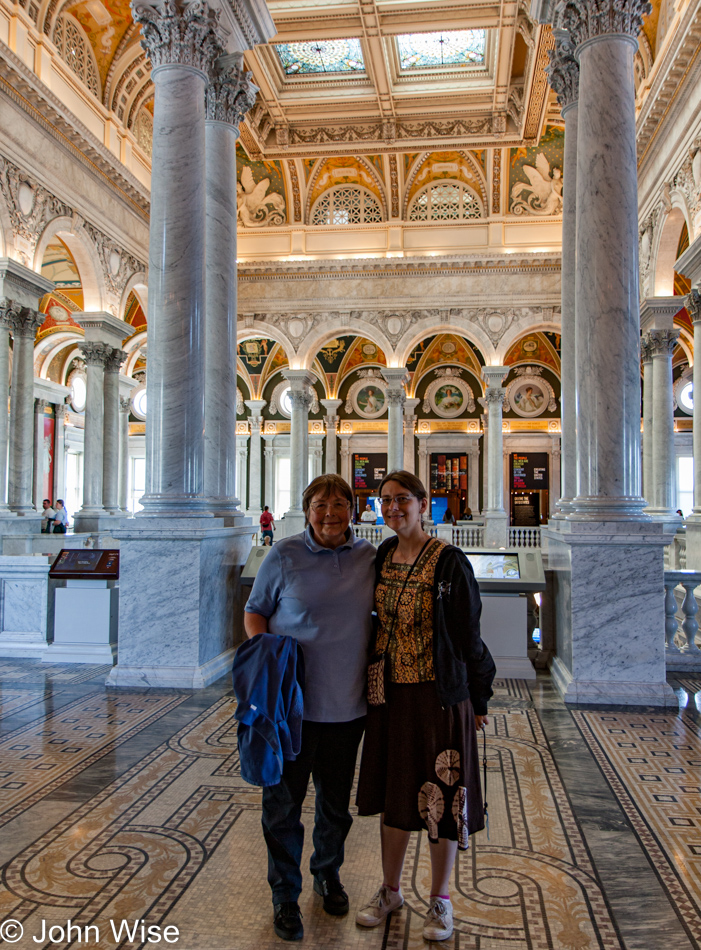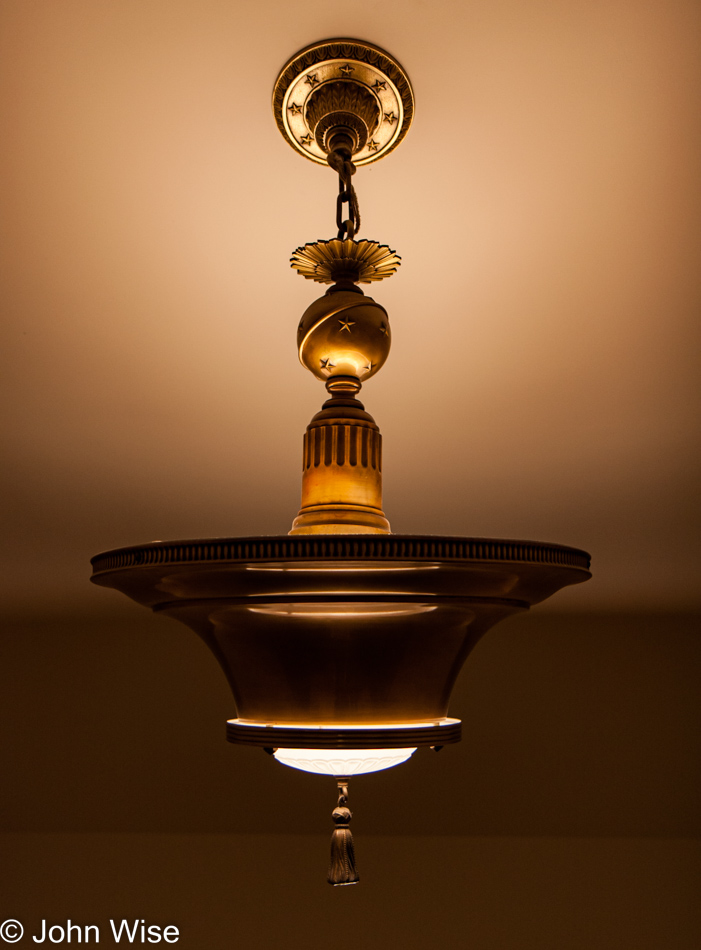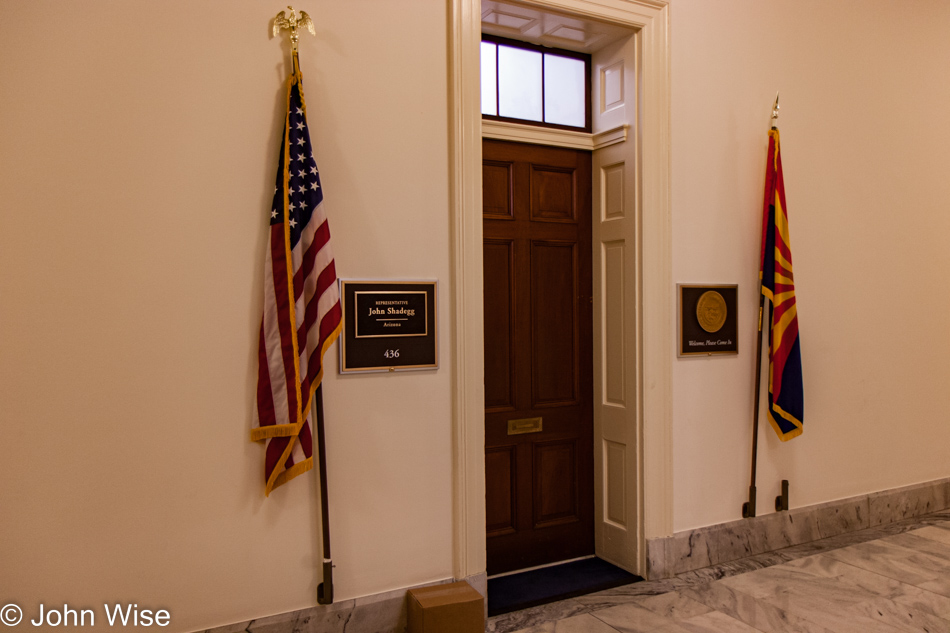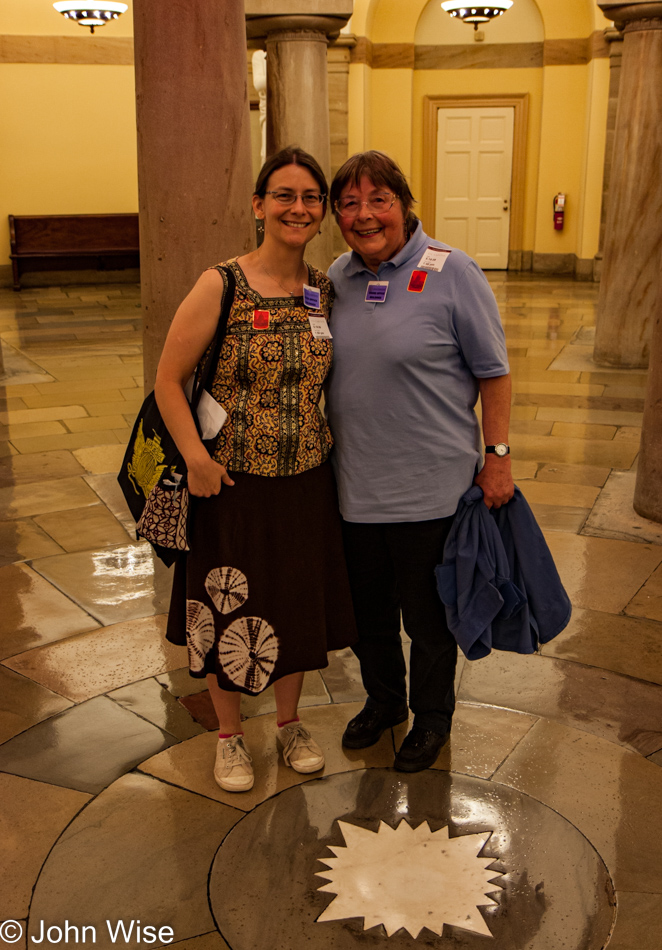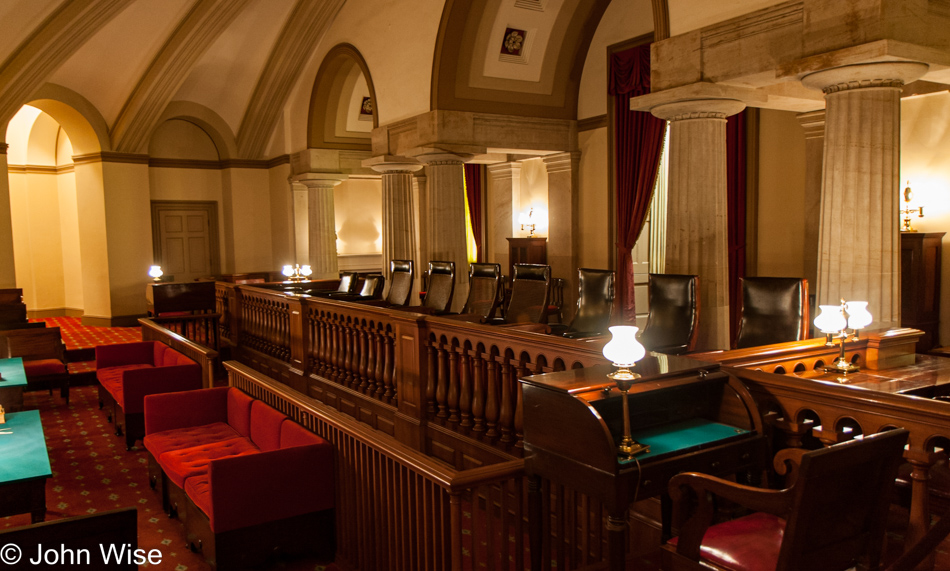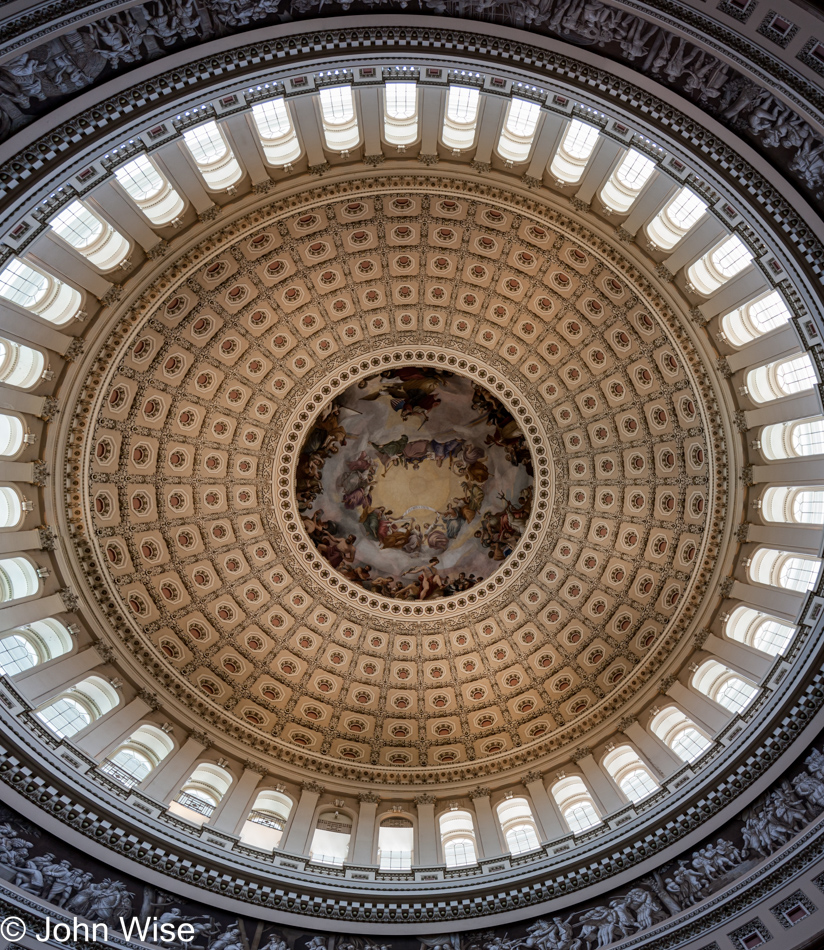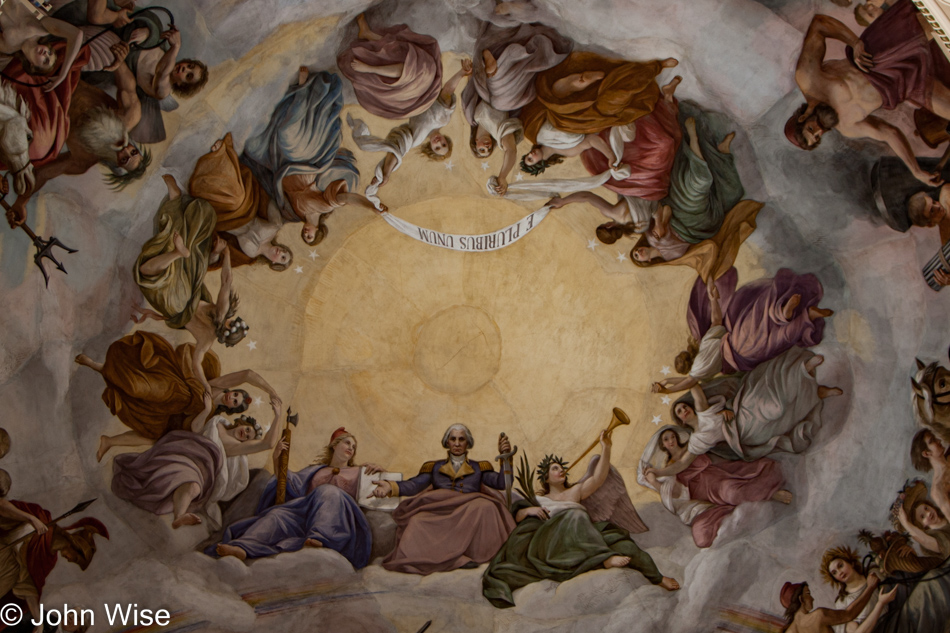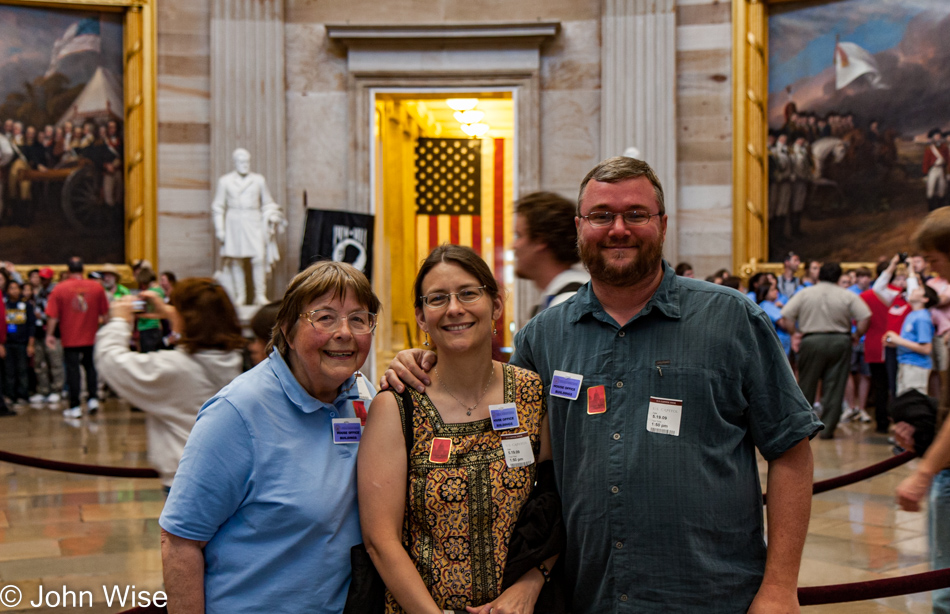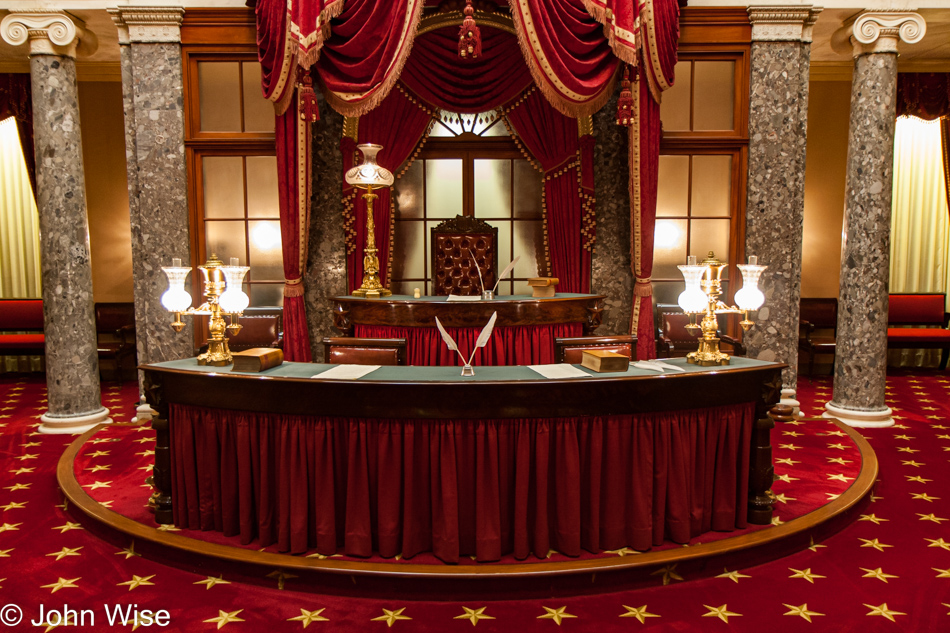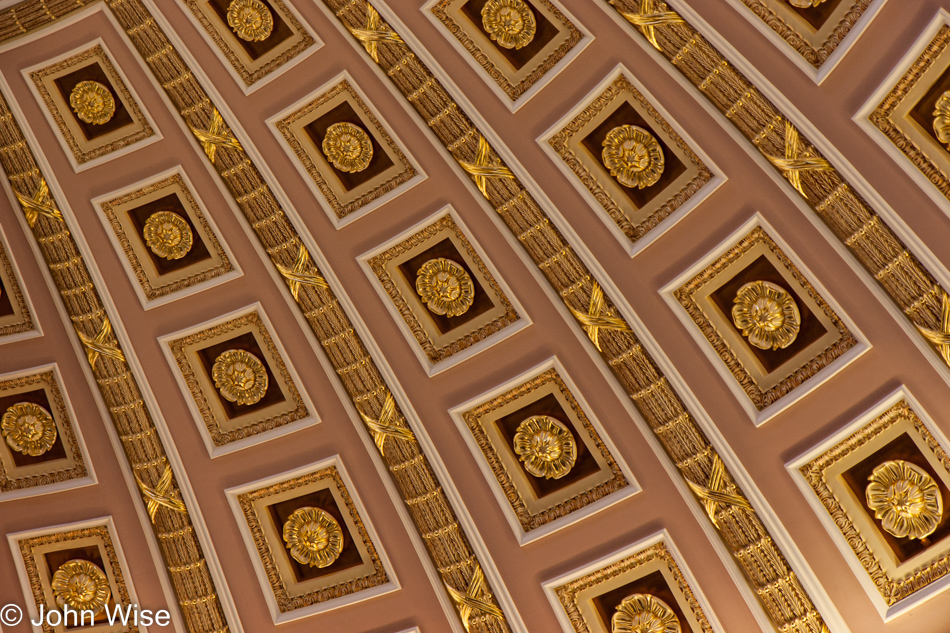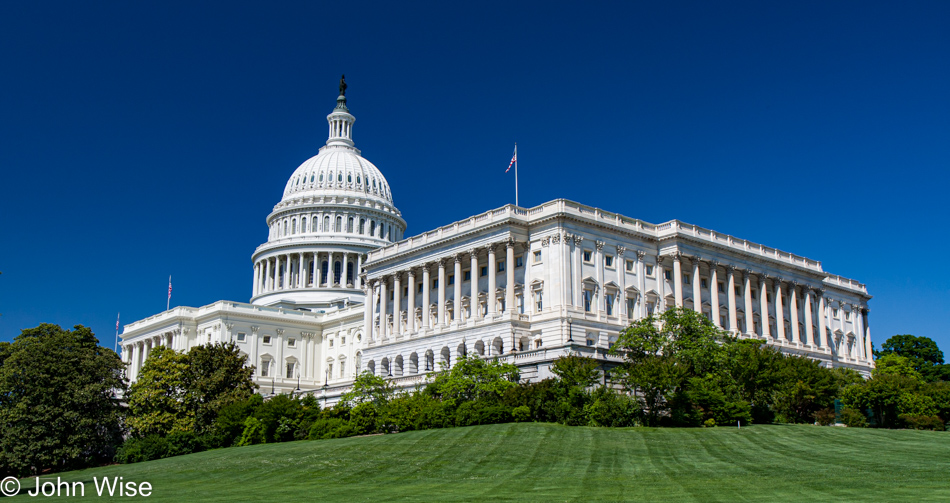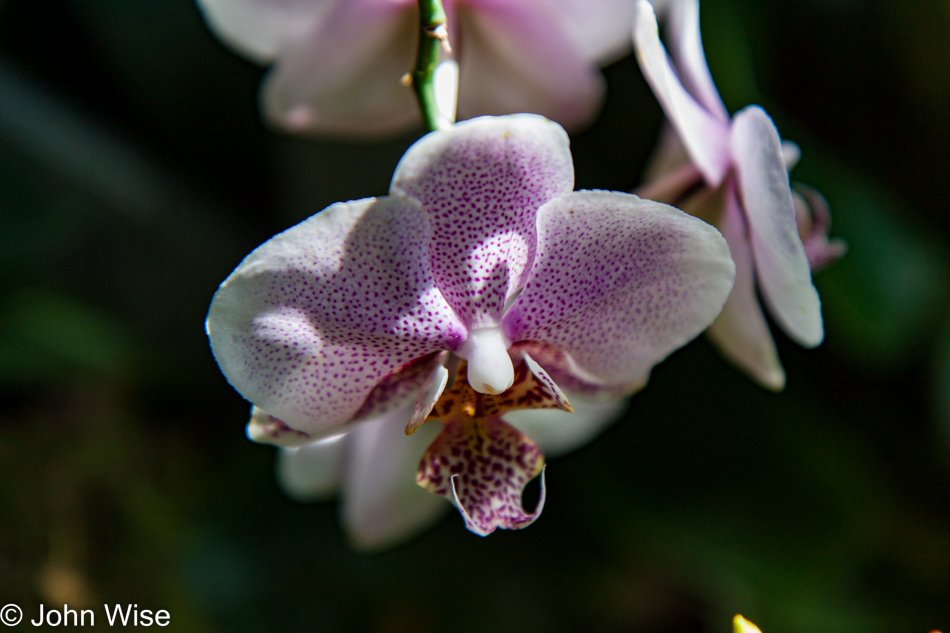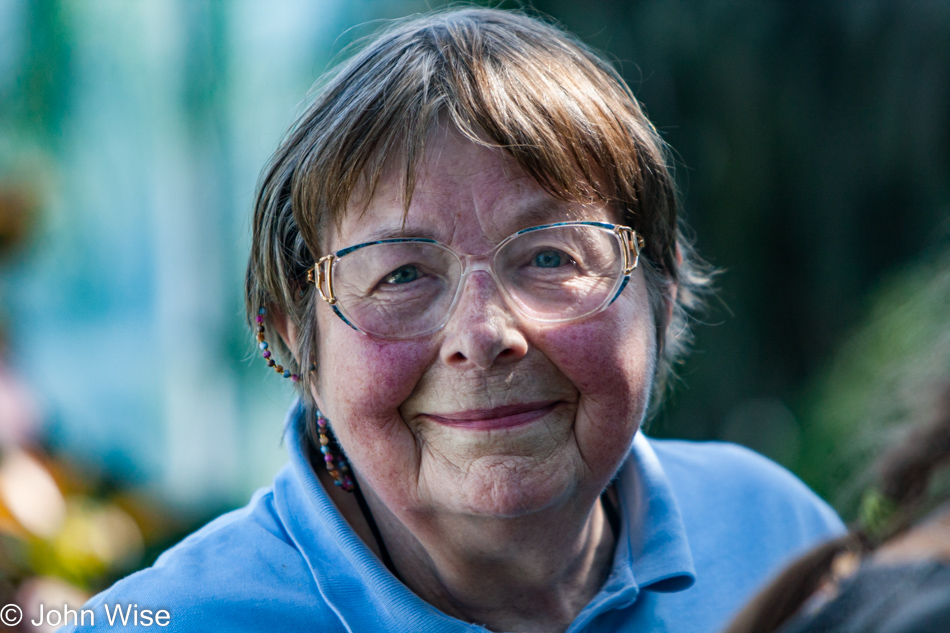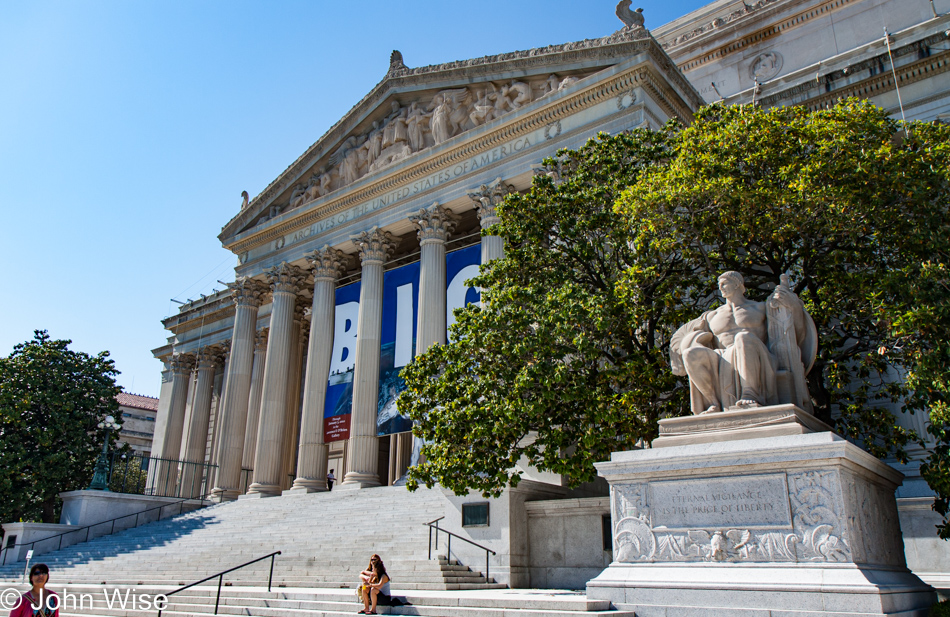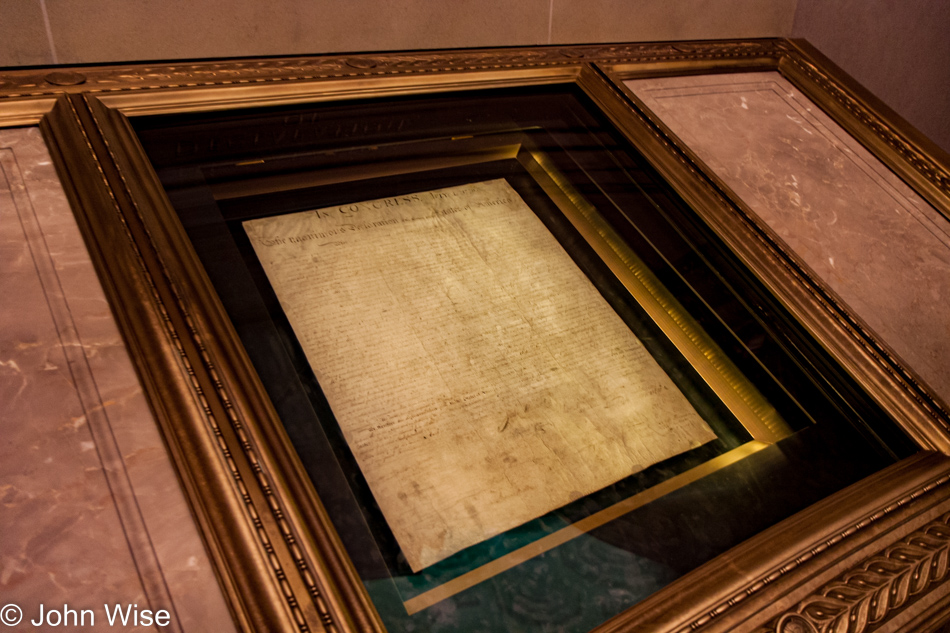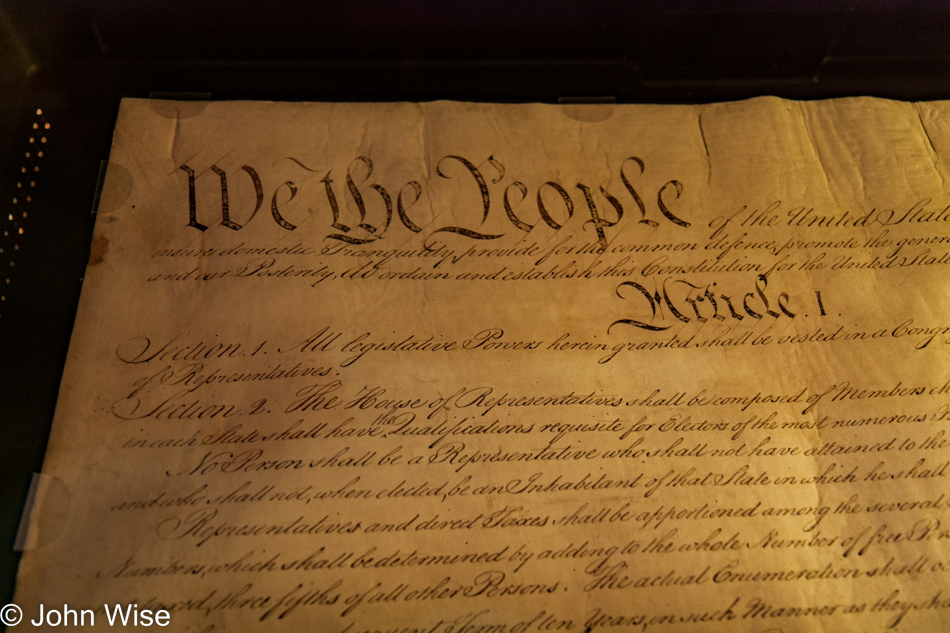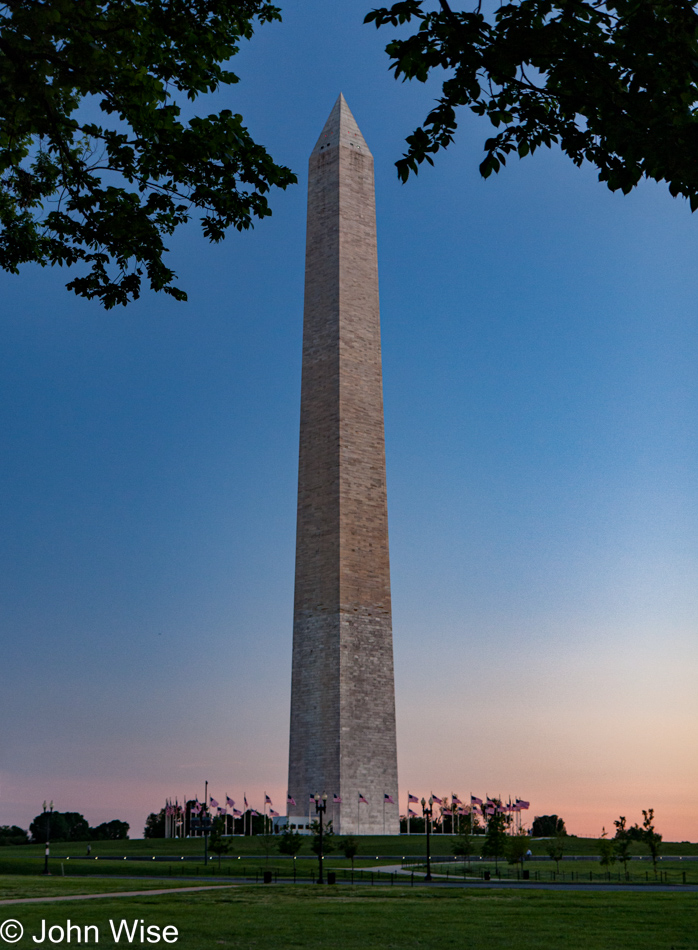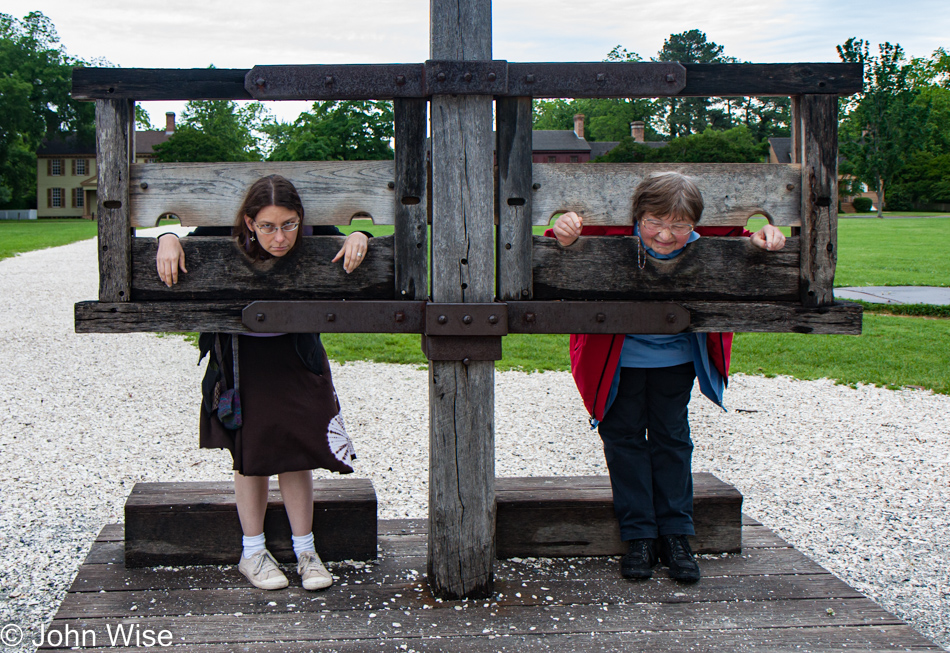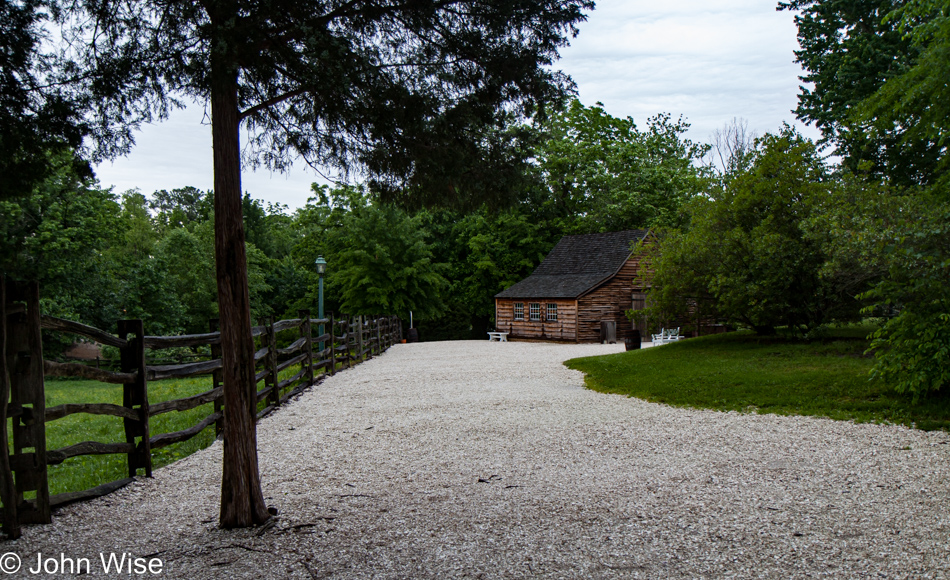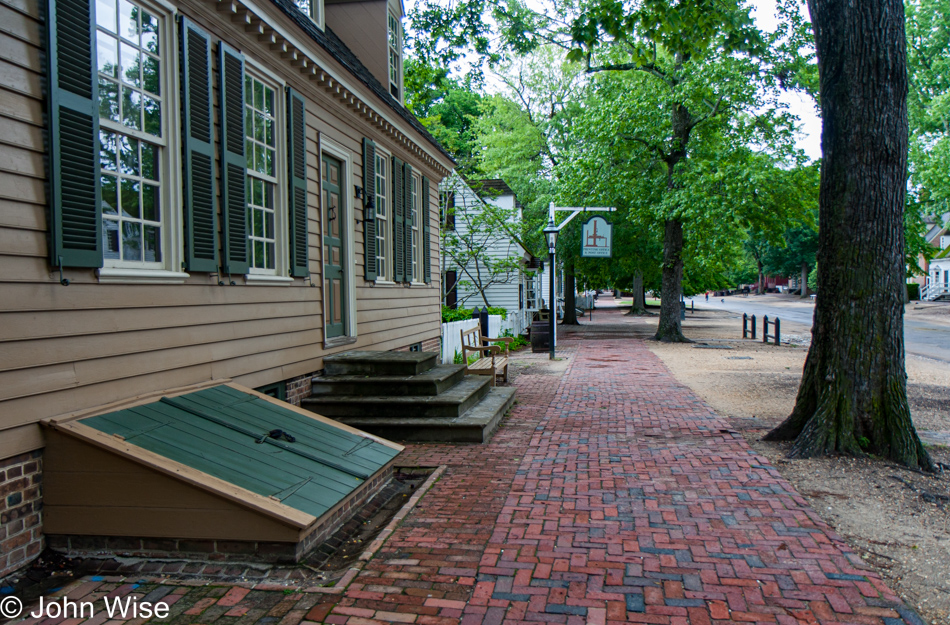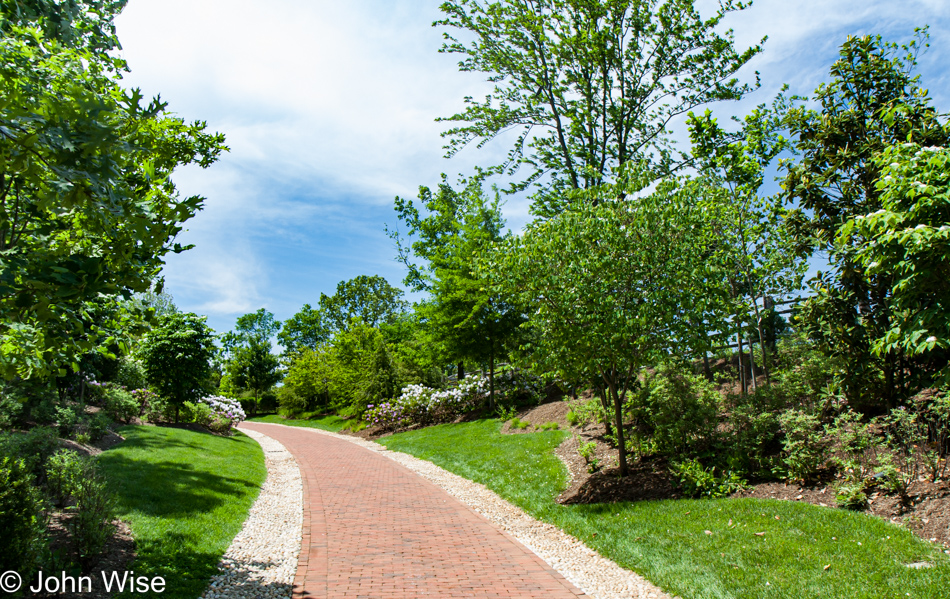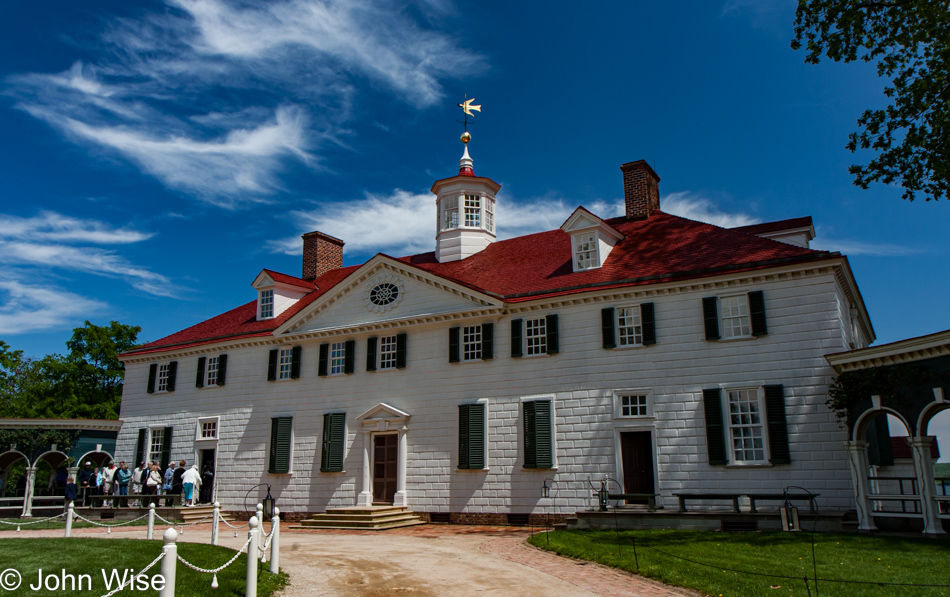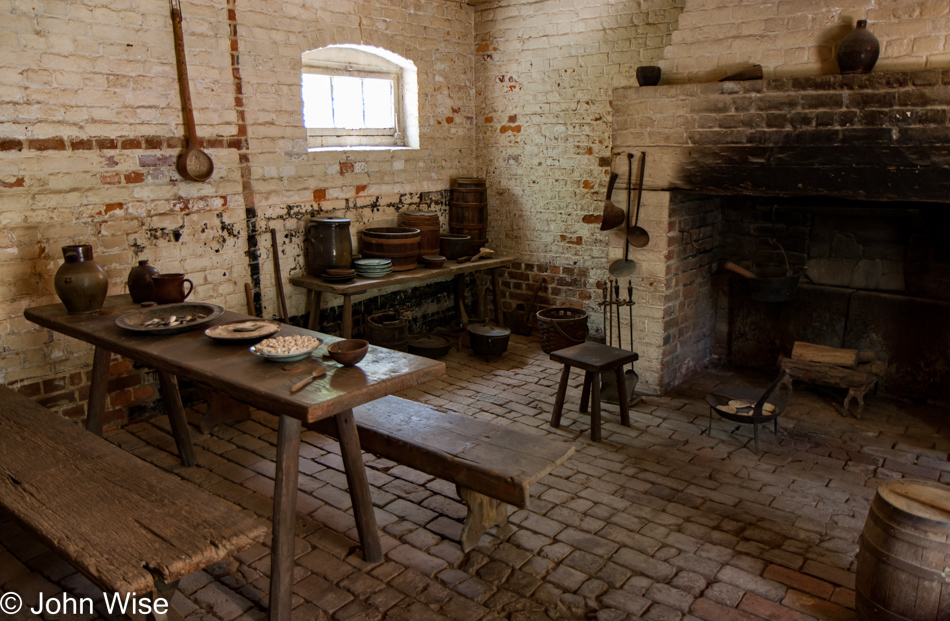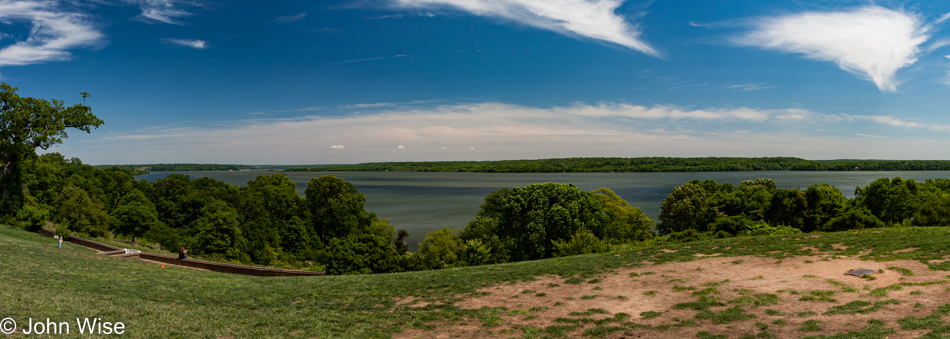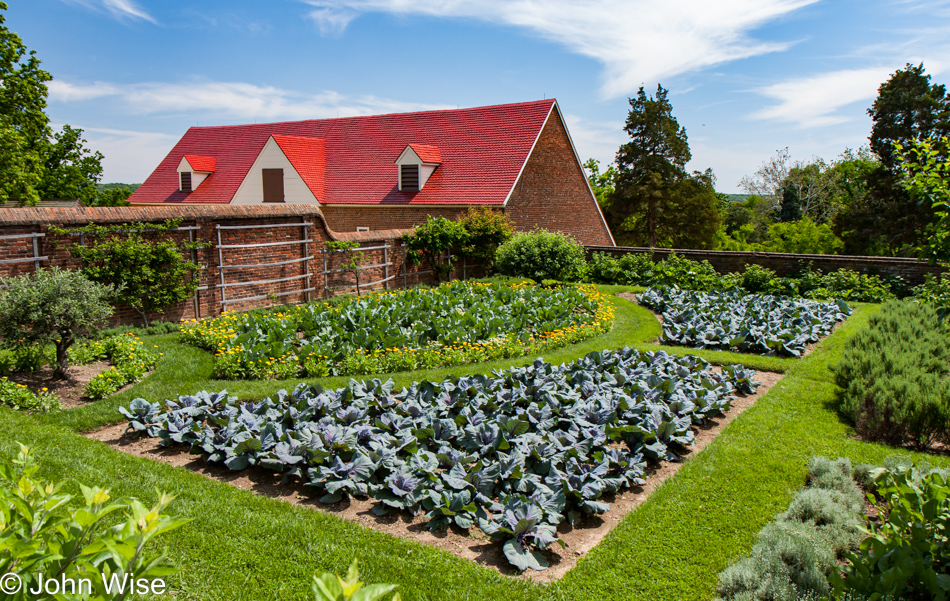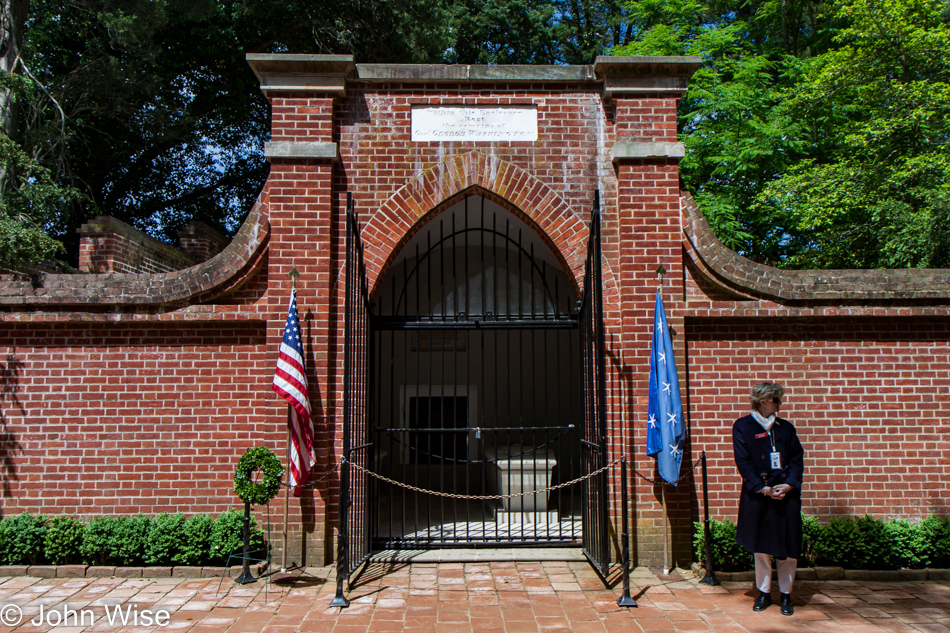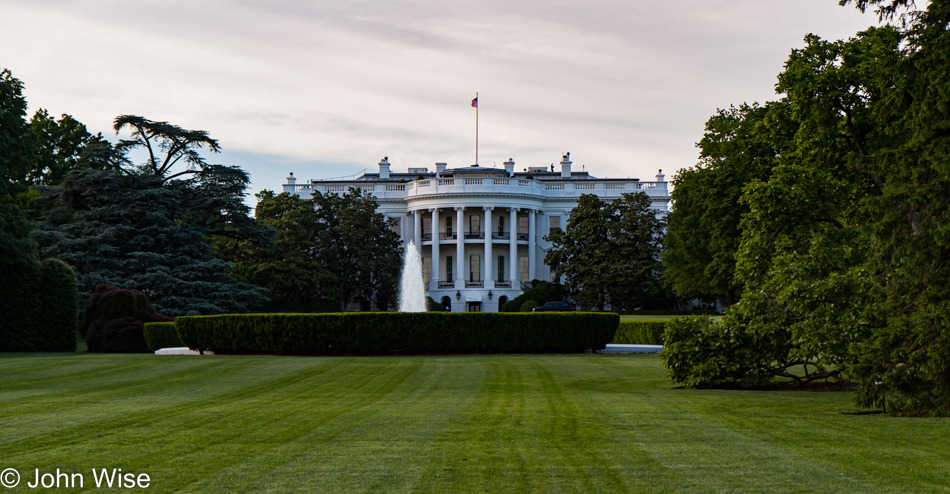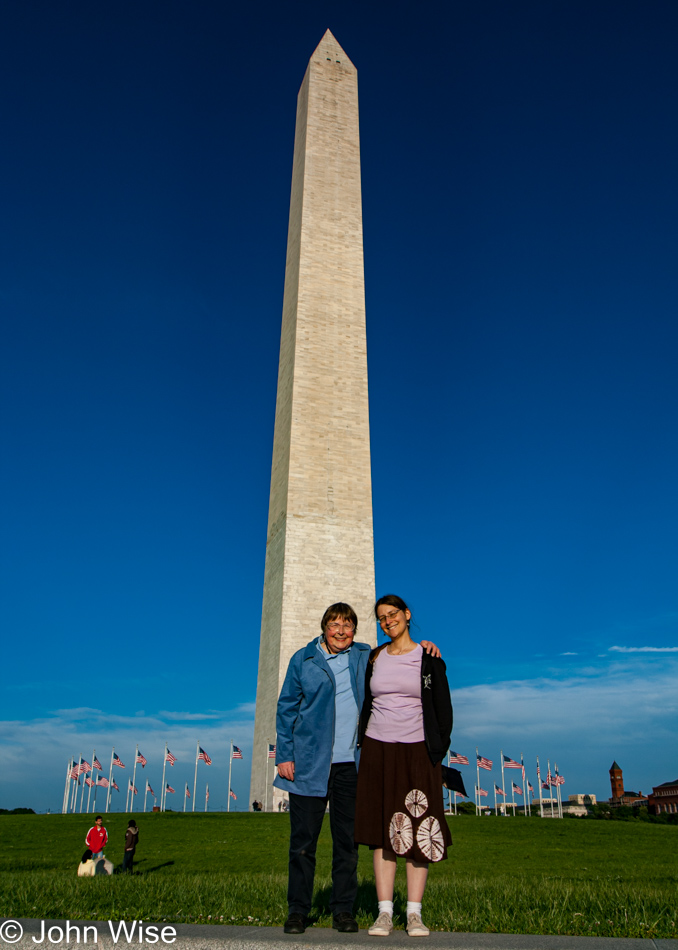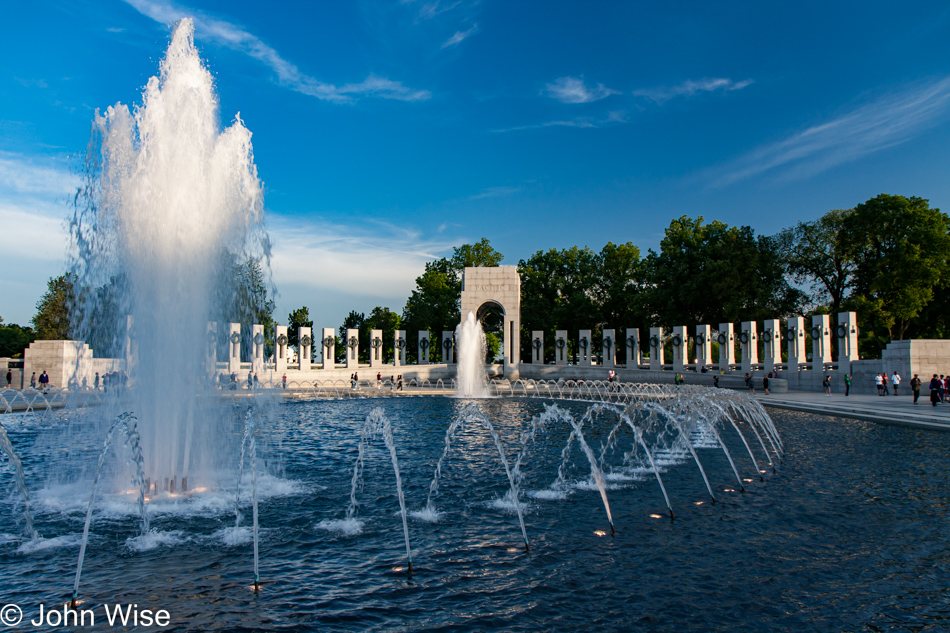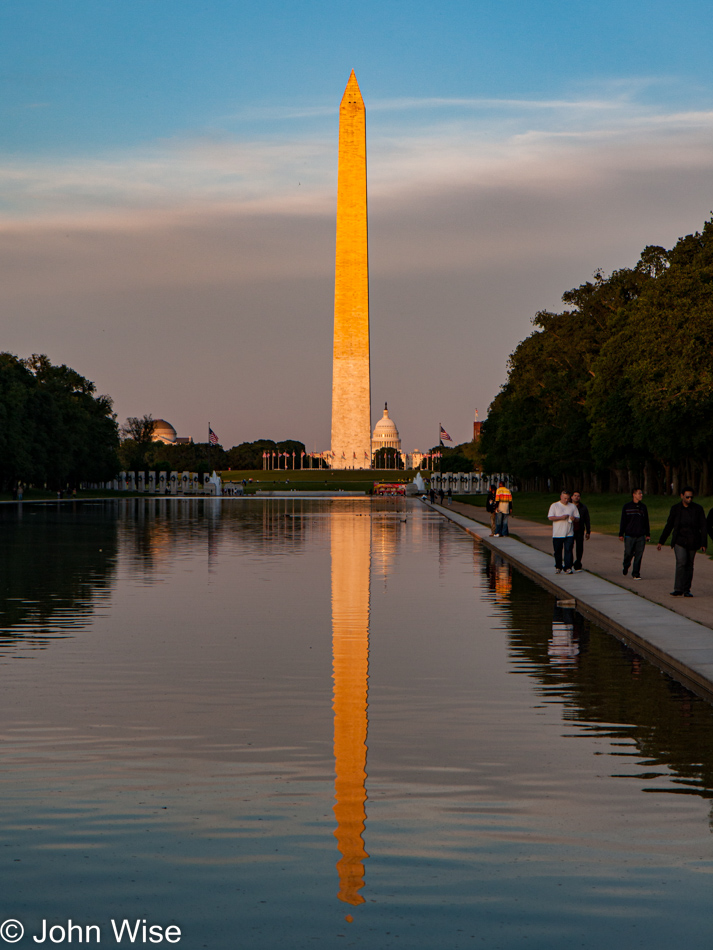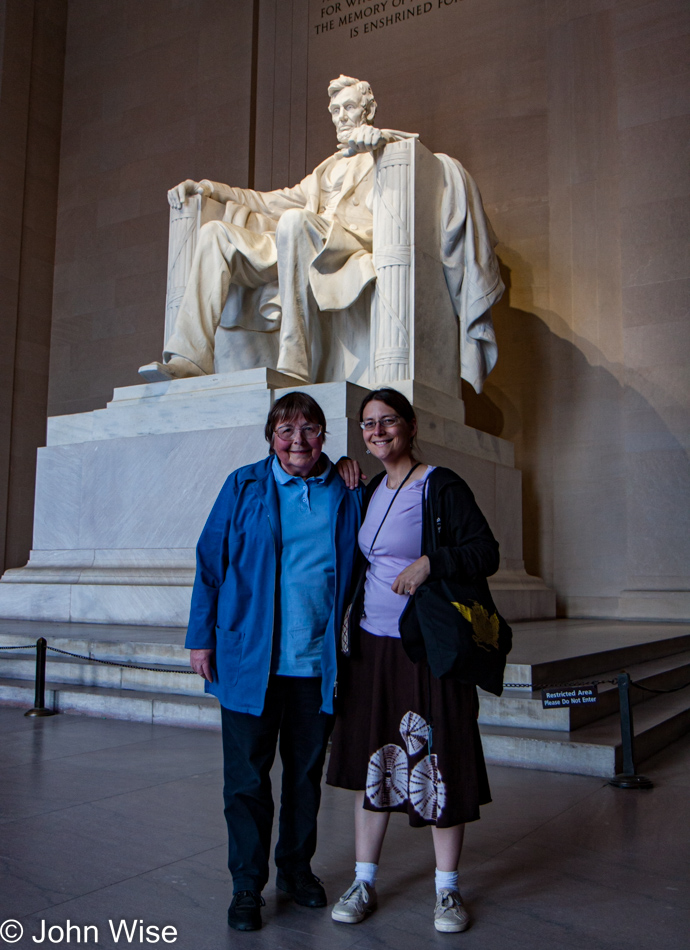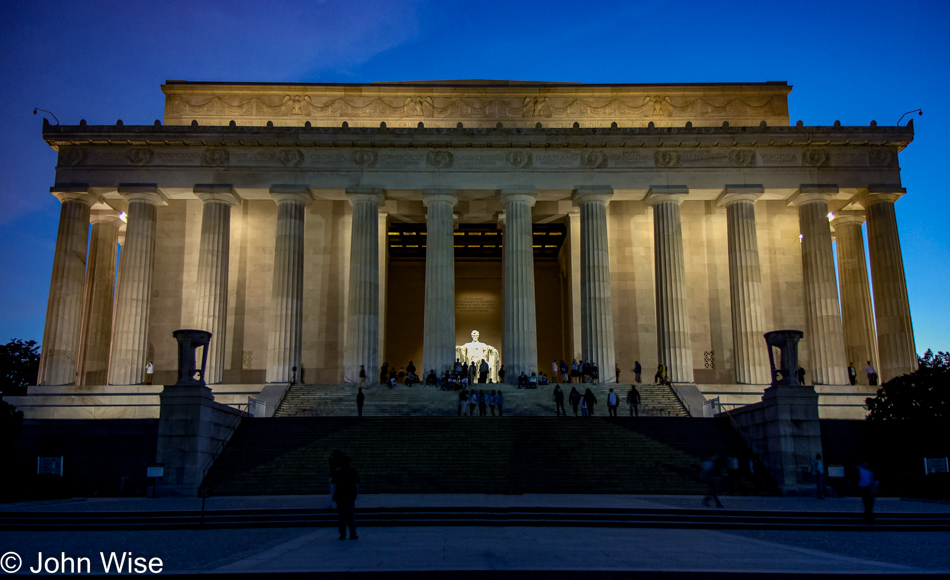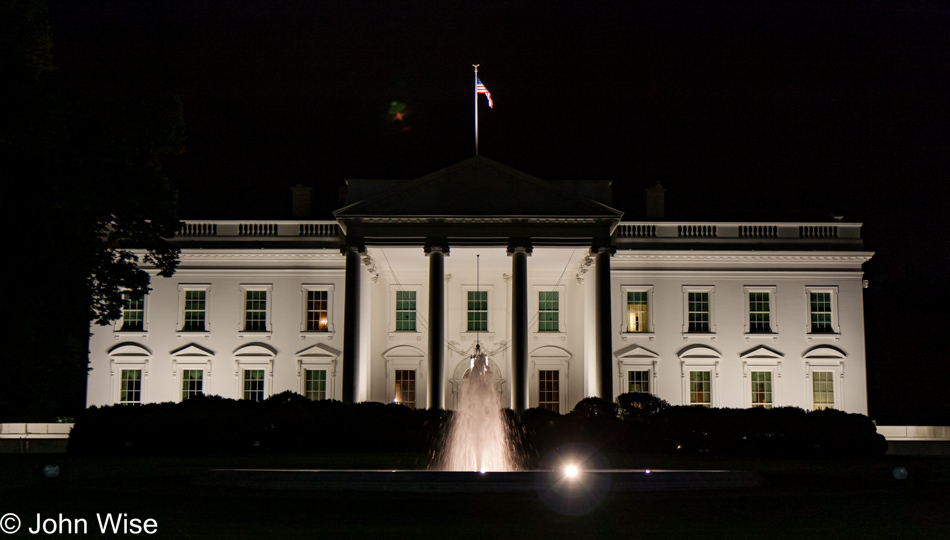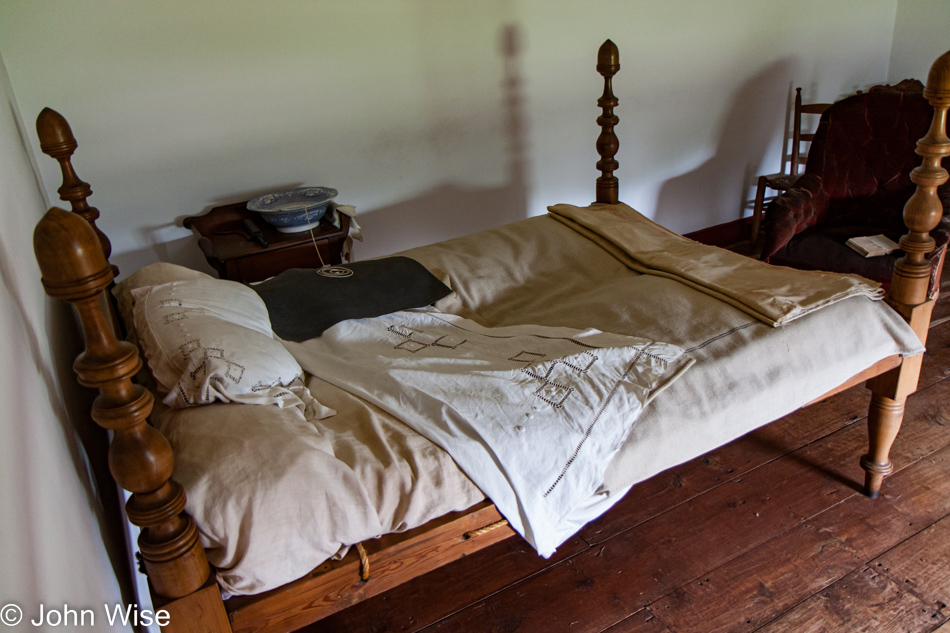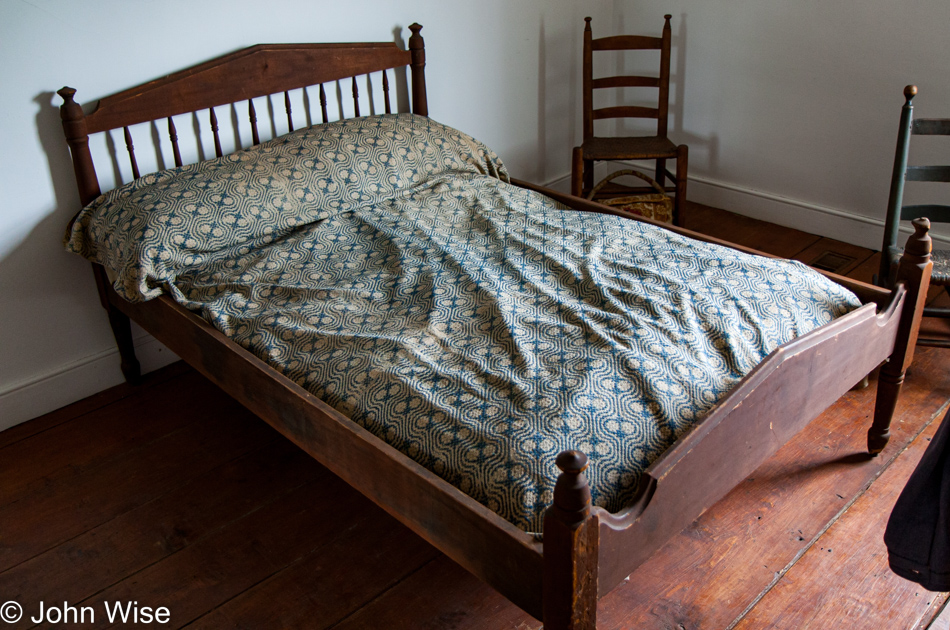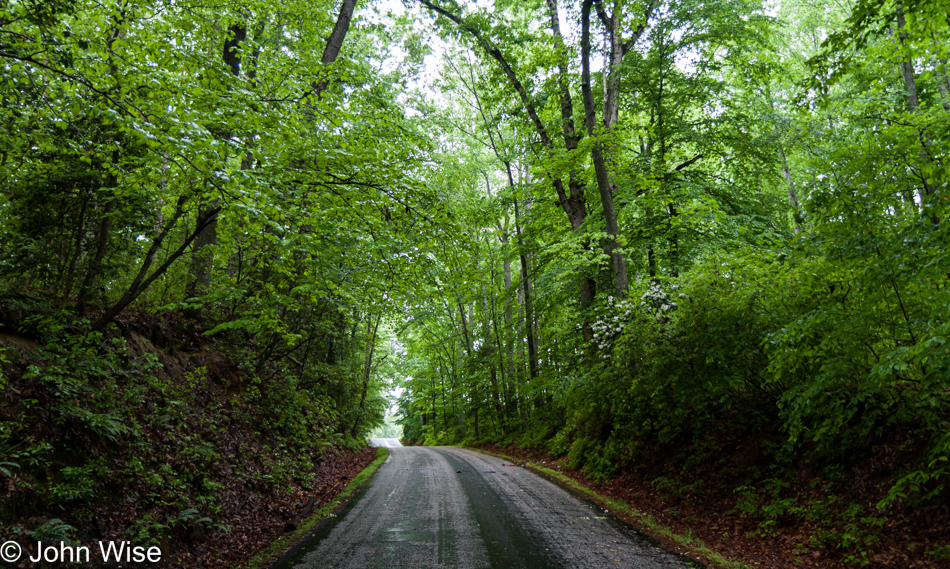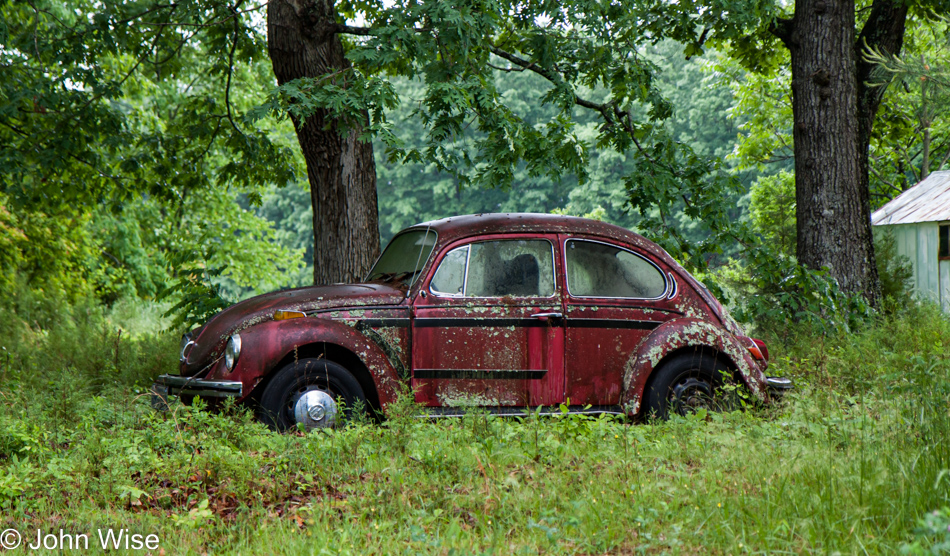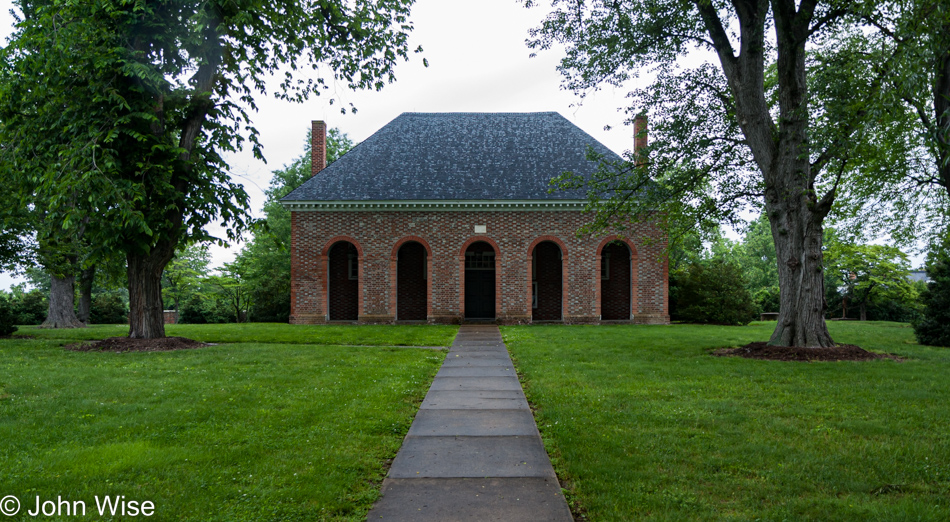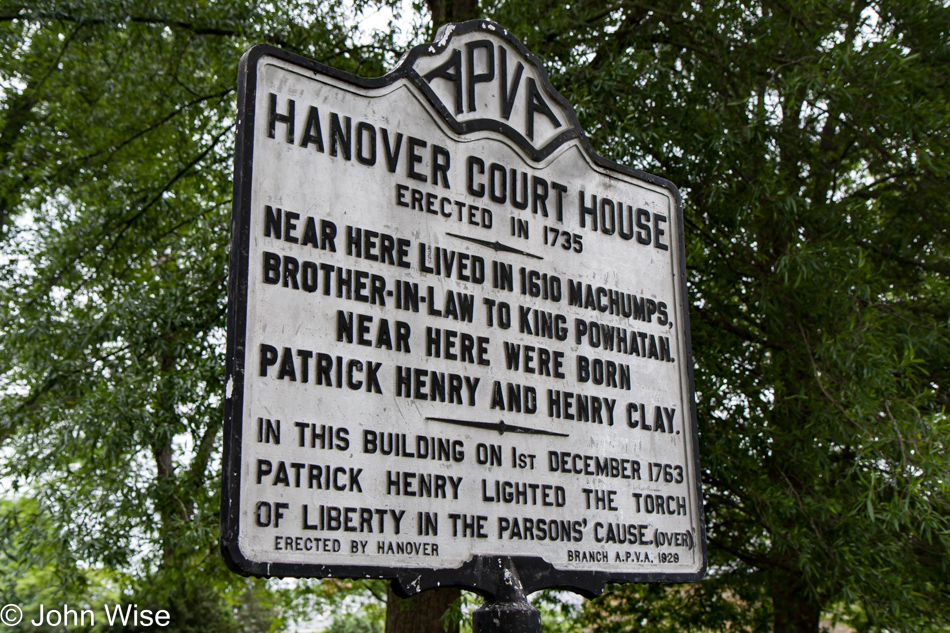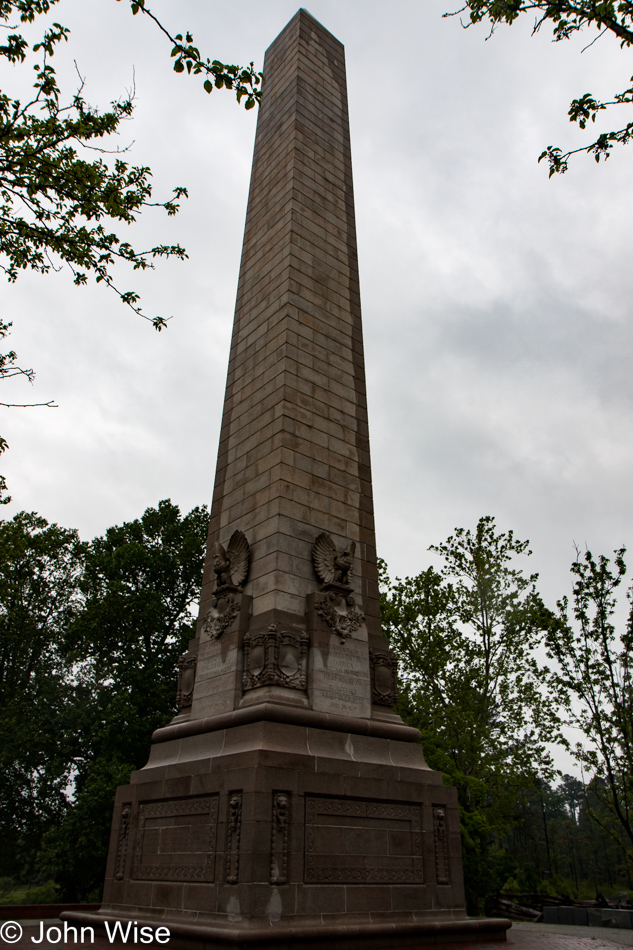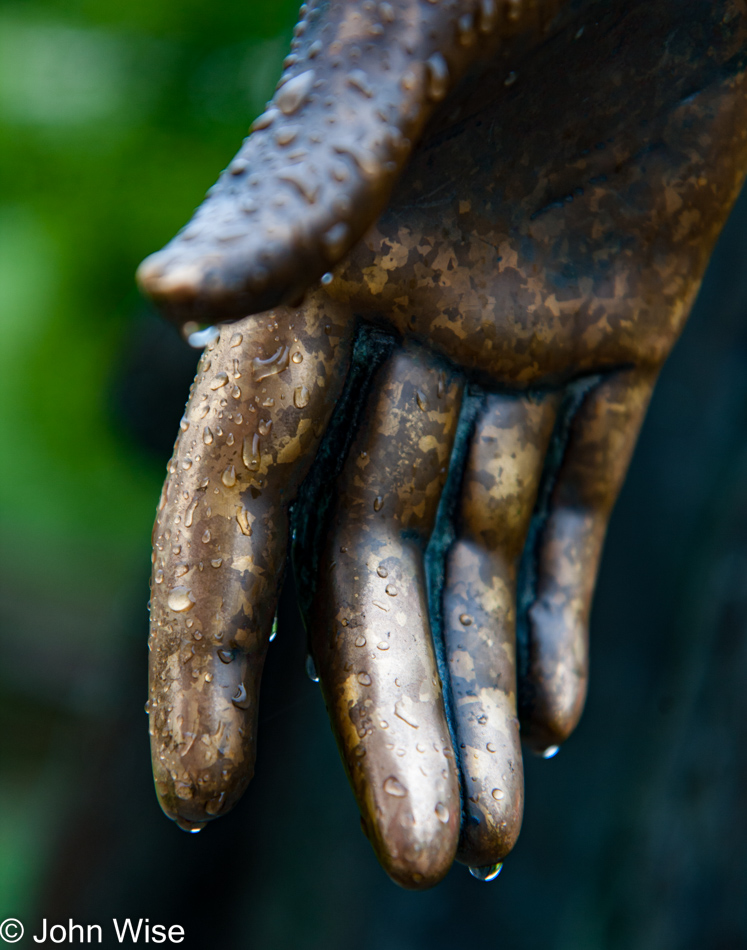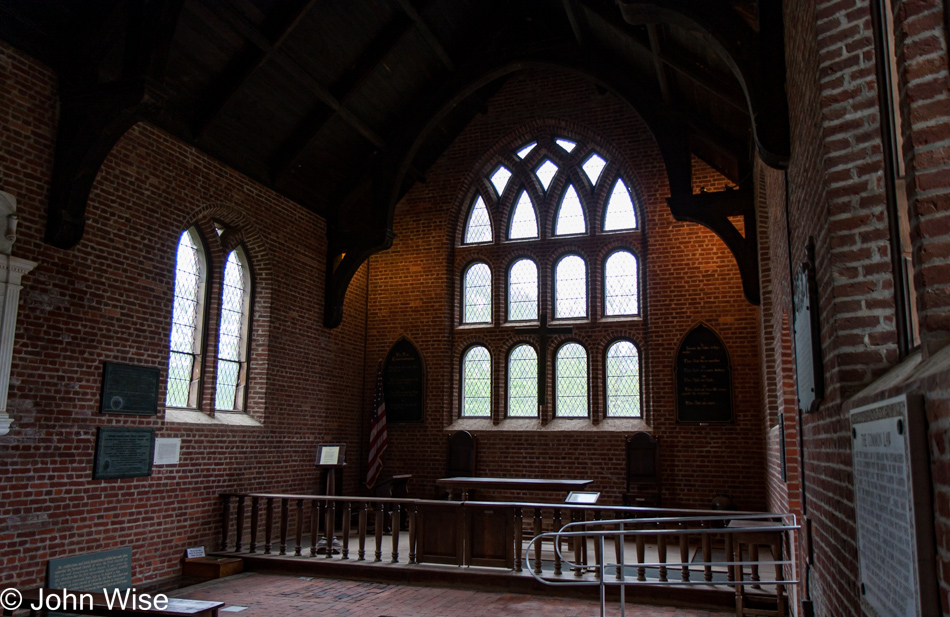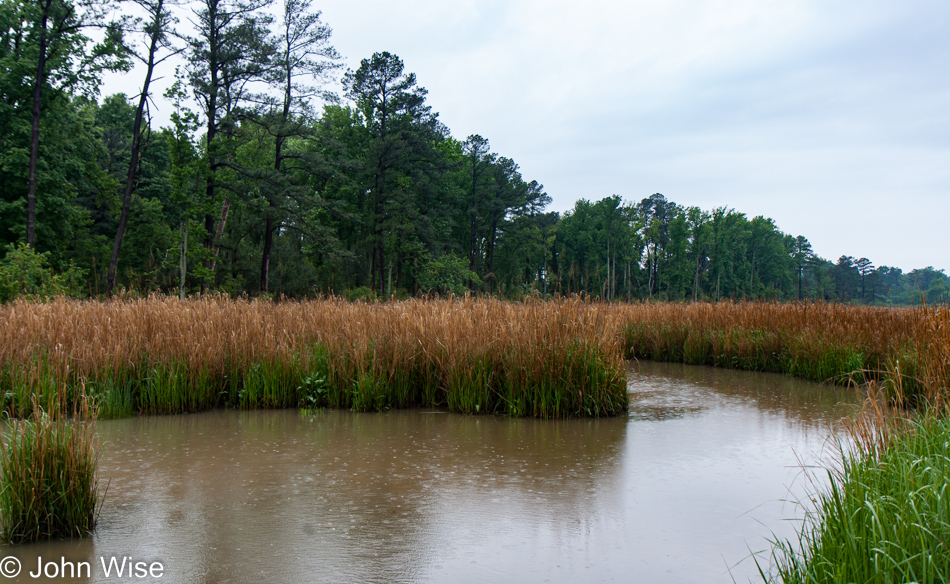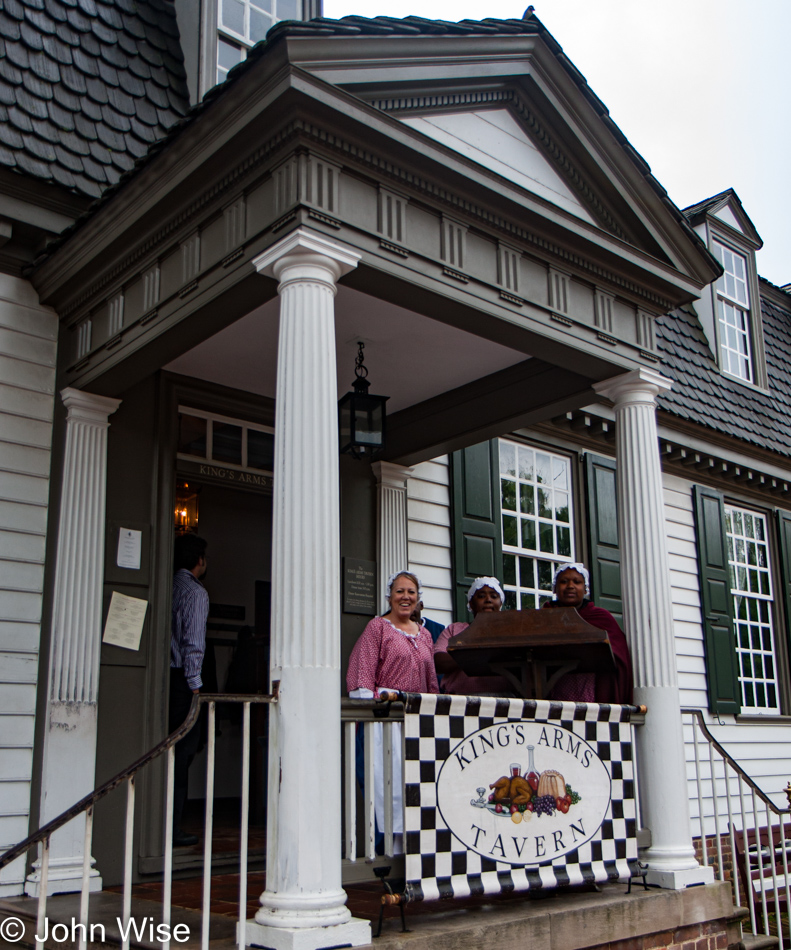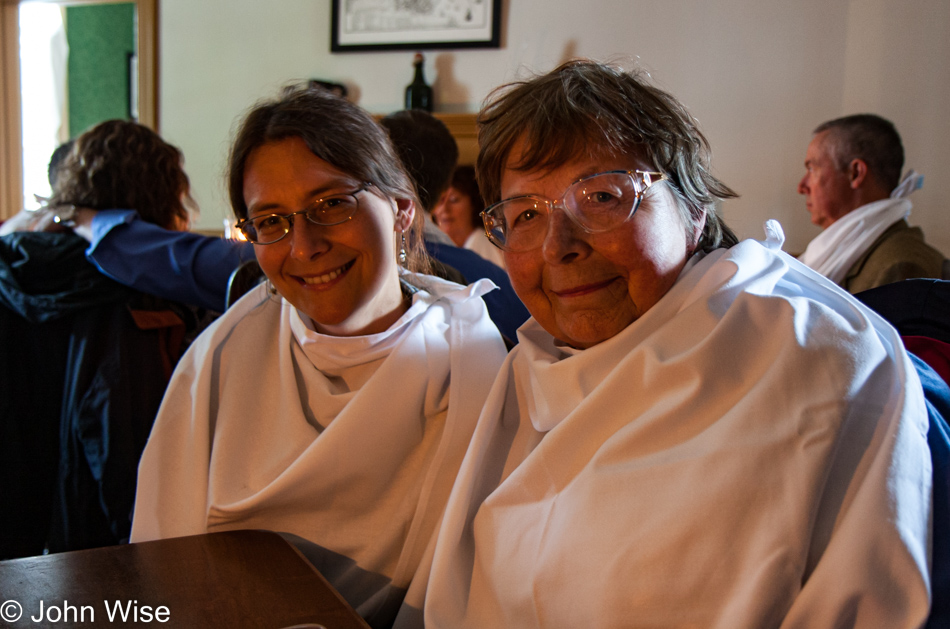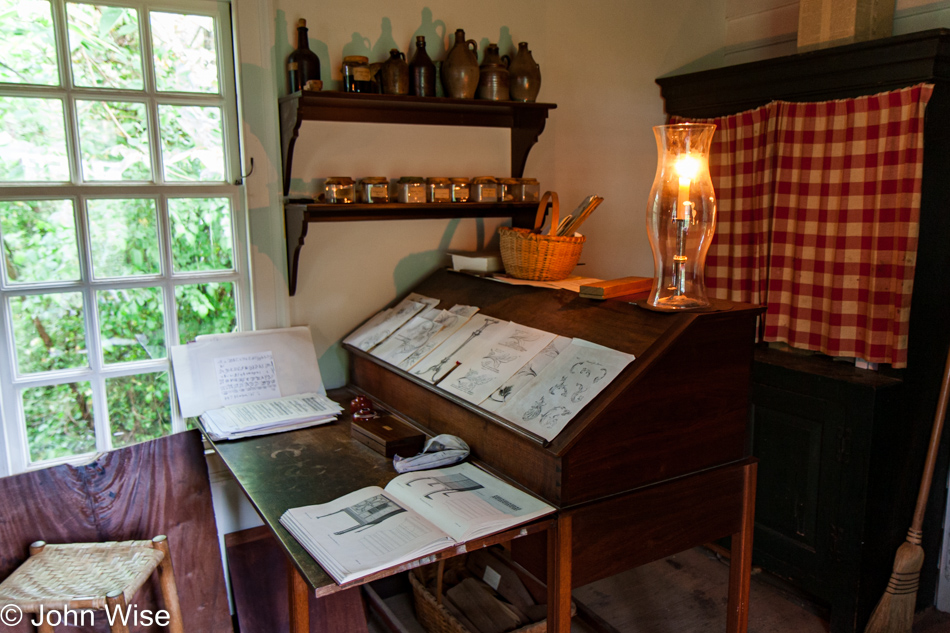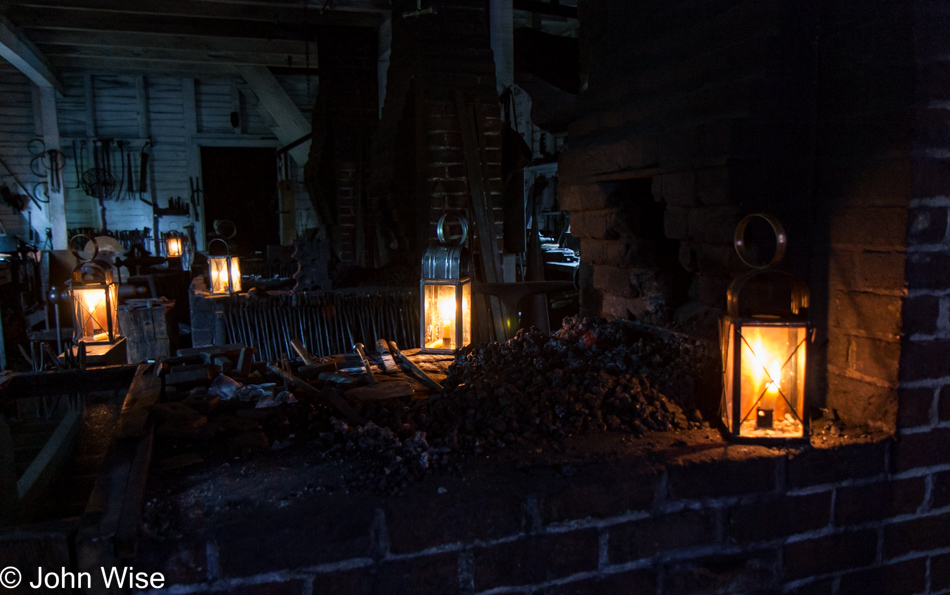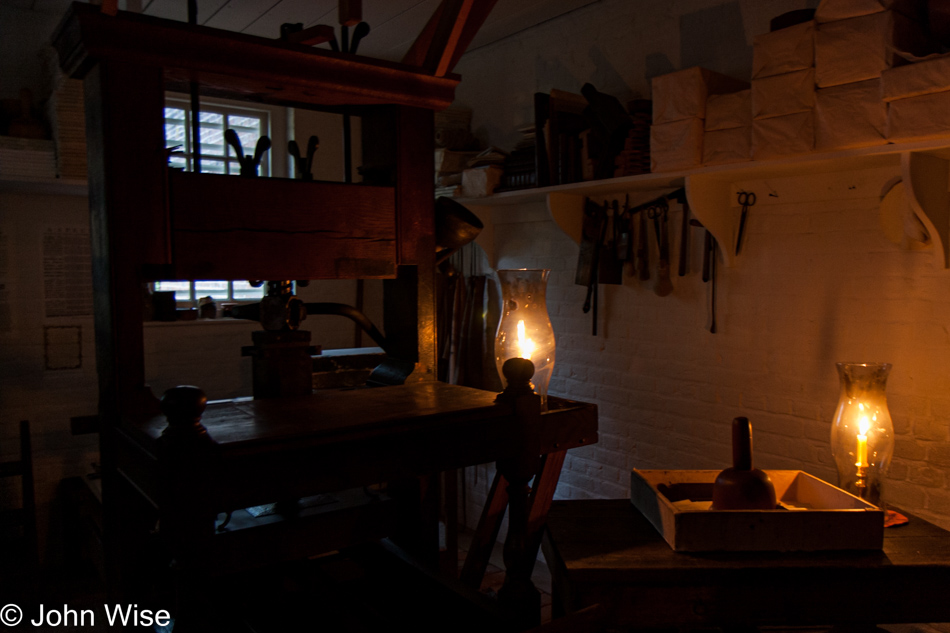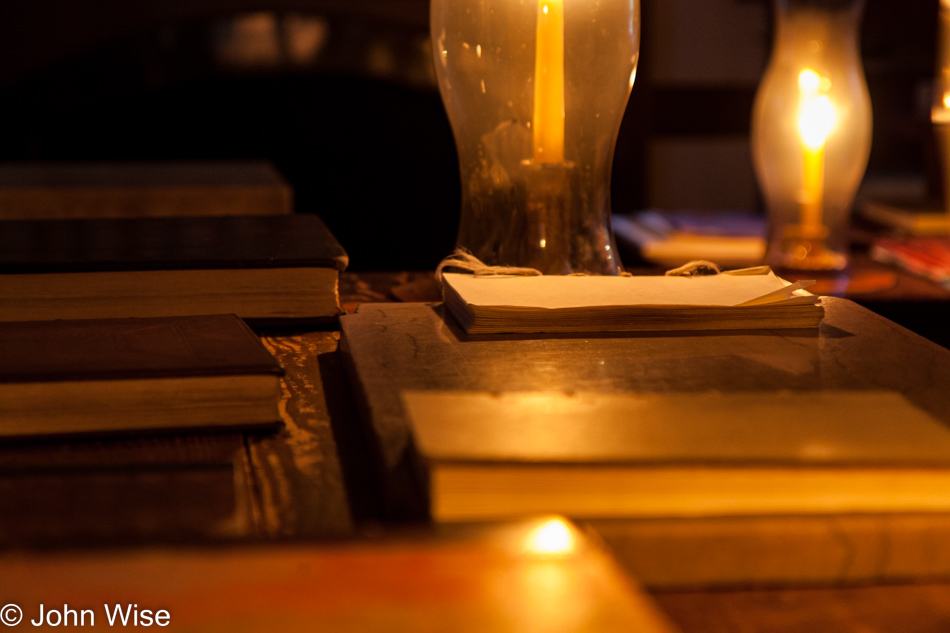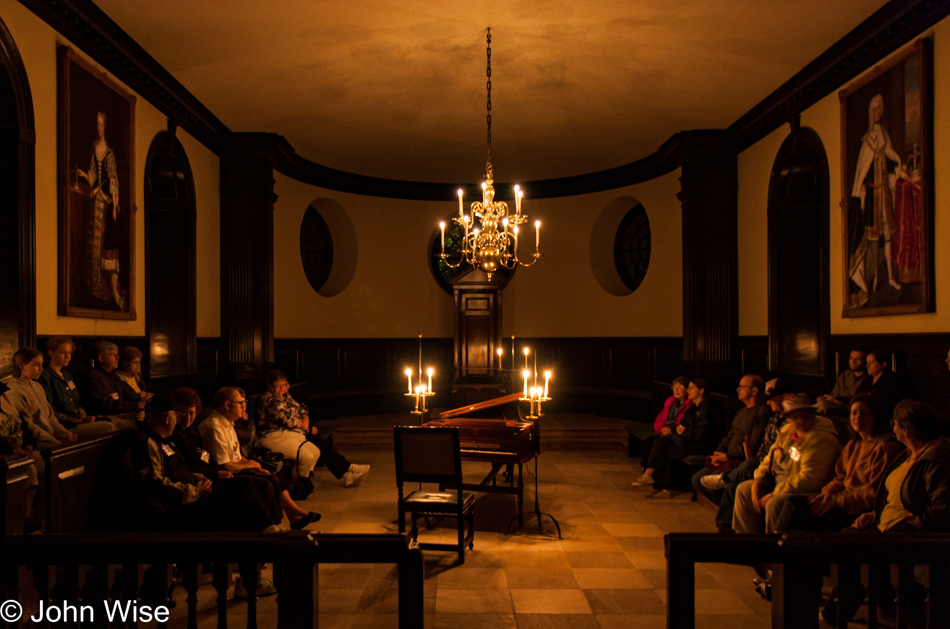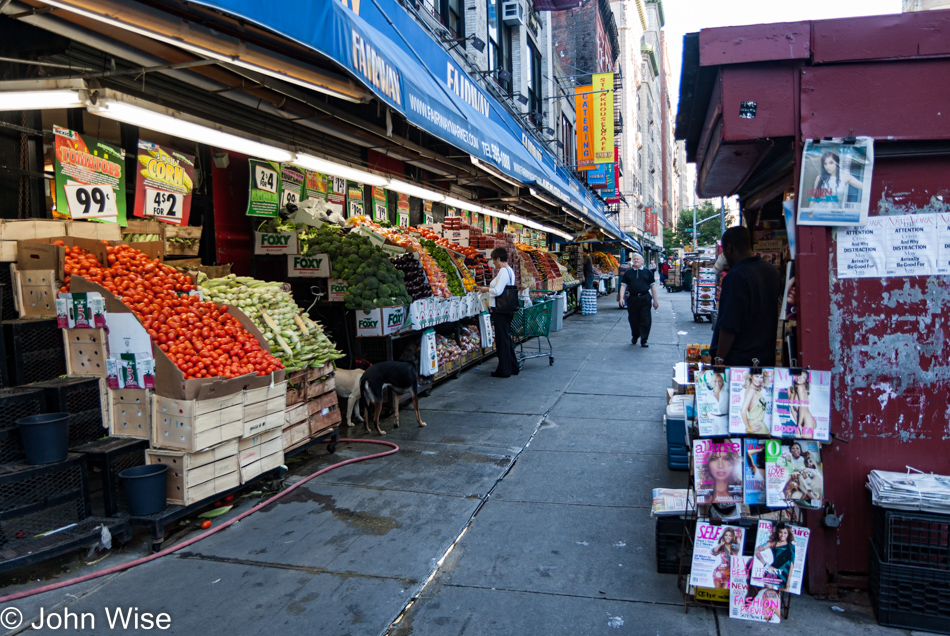
An ambitious day was planned so that, if all went well, we would see a big chunk of New York City over the next hours. After all, this might be Jutta’s one and only trip to NYC. We began at 6:30 a.m. by boarding the subway at Pavonia station and heading to 33rd St., where we transferred trains going north to 72nd St. From there, we walked up Broadway to 80th St. to pick up breakfast at the famous H&H Bagels.
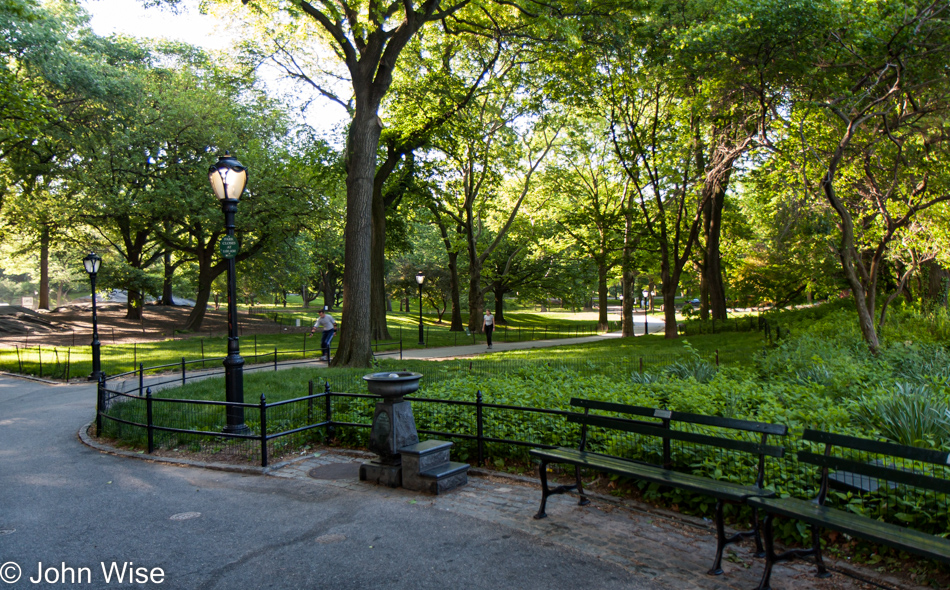
We wasted no time with a sit-down breakfast, we were eating our bagels and drinking coffee as we walked over to Central Park West and 81st St., entering the west side of Central Park.
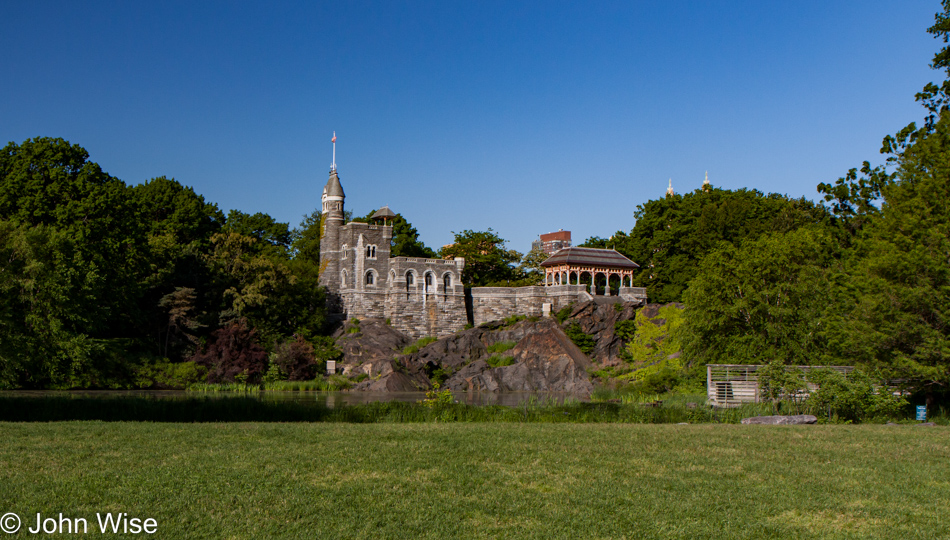
Forty-five minutes later, we exited Central Park and were on 5th Ave. next to the Metropolitan Museum of Art, which wasn’t open yet, so a visit would have to wait for a return trip. We boarded a southbound bus getting off at 50th St.
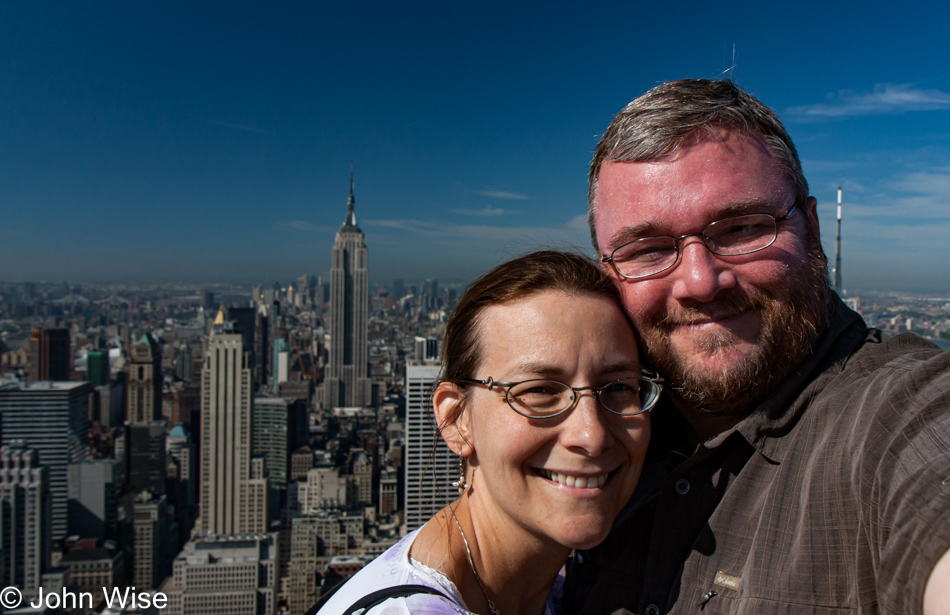
In planning this vacation back east, I had to choose wisely the places that would best convey a sense of having somewhat properly visited enough iconic places that my mother-in-law would earn bragging rights back home in Germany that “she’d been there and done that.” The bus dropped us right at 30 Rockefeller Plaza, where we rode an elevator to the Top of the Rock – Rockefeller Center. That’s the Empire State Building behind Caroline and me.
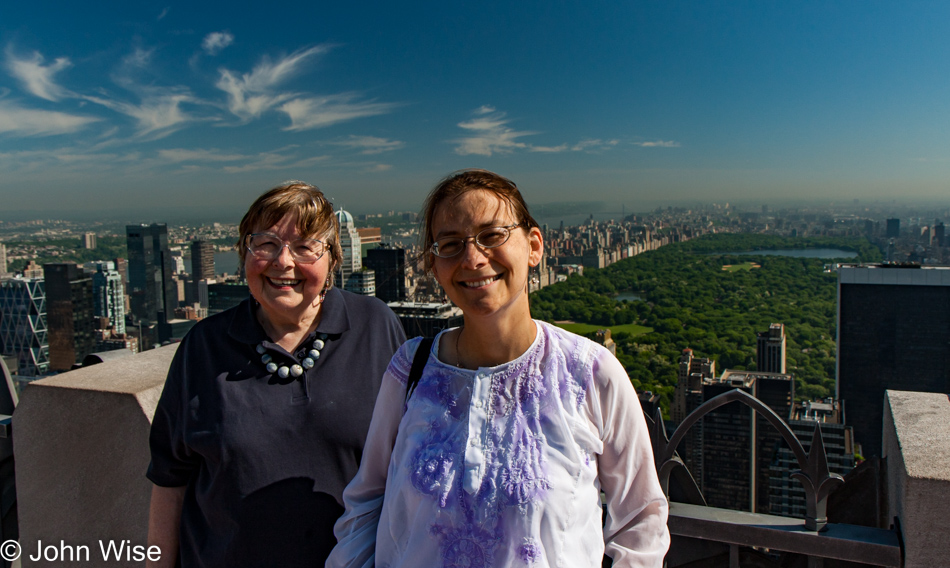
The view from the other side was perfect, and to those anonymous people on the web who wrote we should visit the Empire State Building at night and the Rockefeller Center in the daytime, we offer a big appreciative “THANK YOU!”
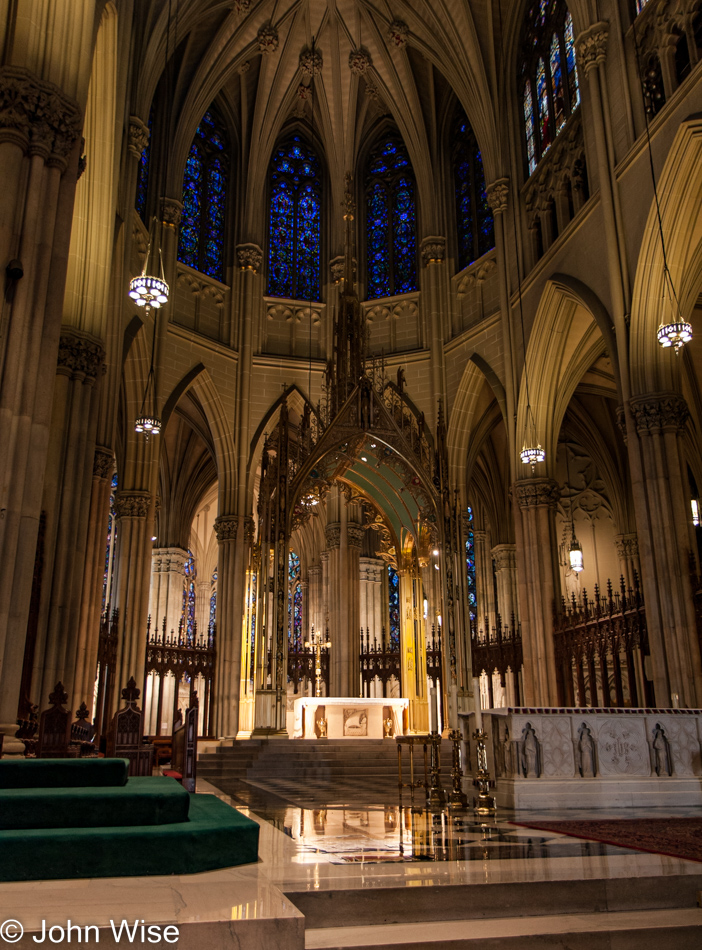
Across the street, we briefly visited St. Patrick’s Cathedral. While Pope Paul VI, Pope John Paul II, and Pope Benedict XVI have all held mass here, sadly, there will be no sermon led by the holy pontiff today.
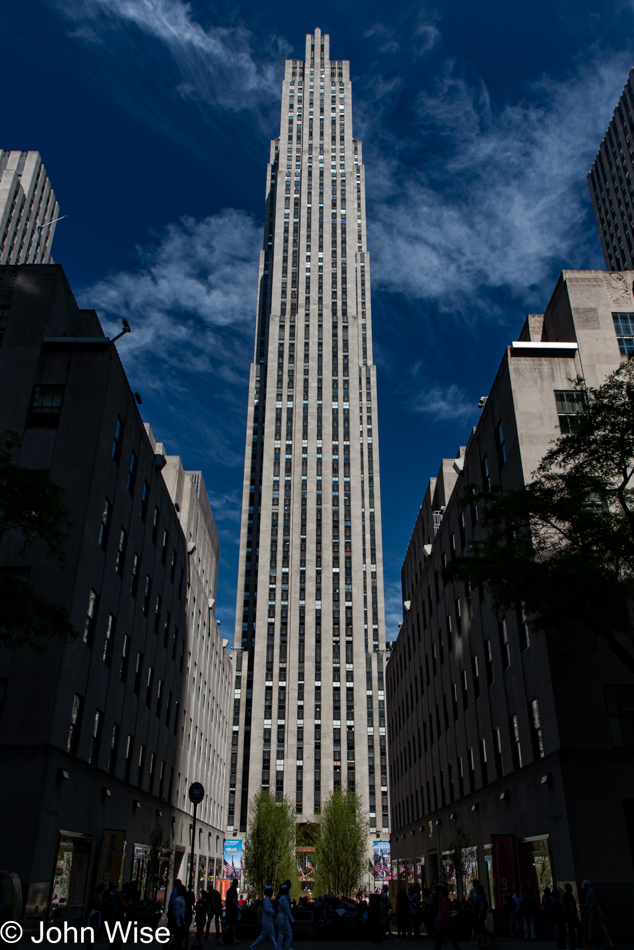
That’s the Rockefeller Center building standing 850 feet (259 meters) over New York City.
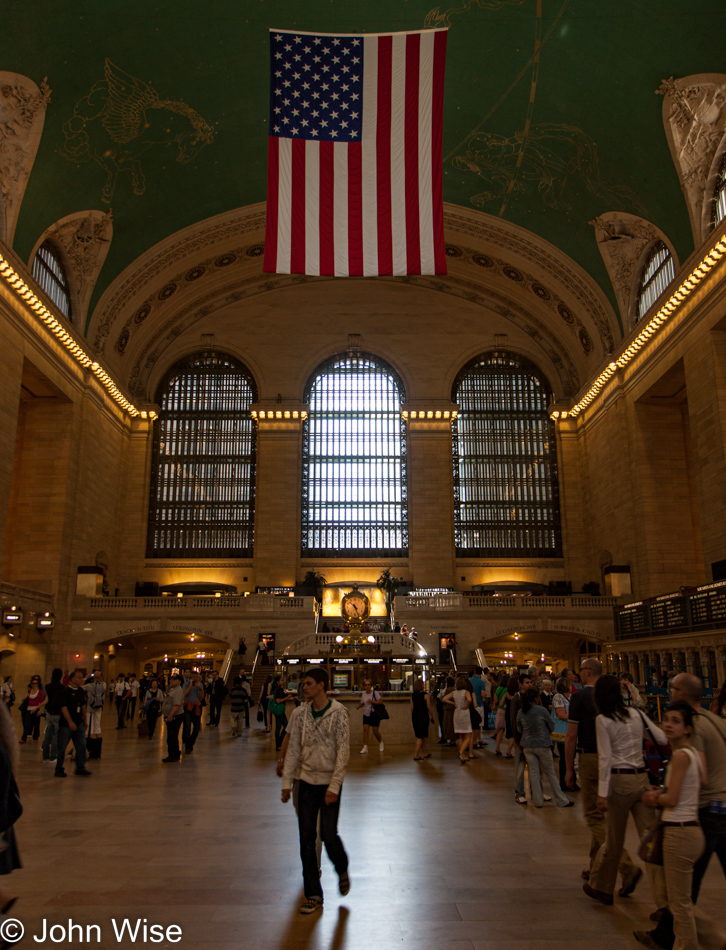
From there, we walked over to Grand Central Terminal to learn about the history of this landmark and snap a few photos. It is 10:45 as we leave Grand Central on the subway, going towards SoHo for some lunch.
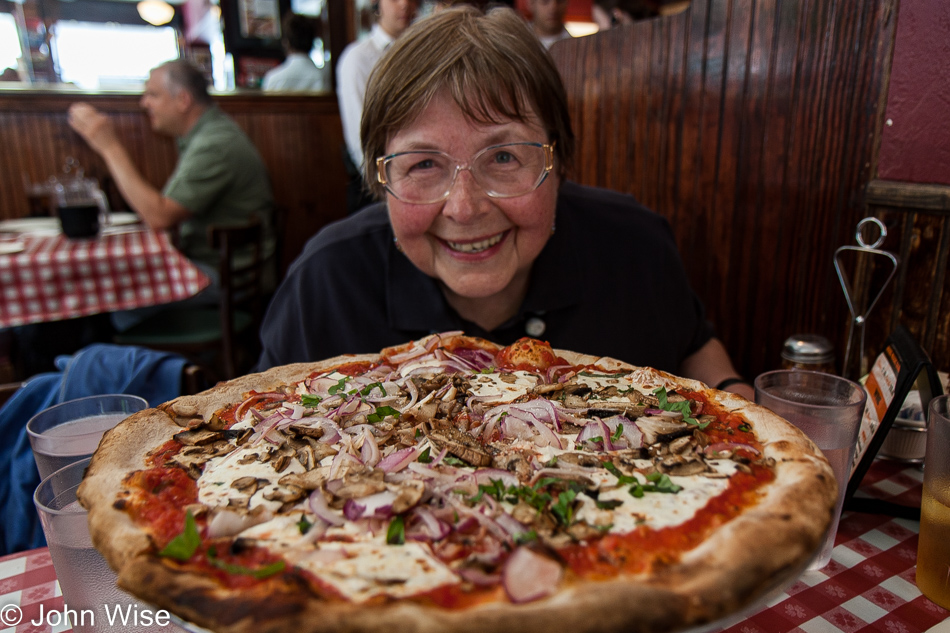
Another tip from the web, arrive at Lombardi’s Pizzeria early if you want to miss the crowds. We arrived at 32 Spring St at 11:15, but they don’t open till 11:30! Luckily, that didn’t stop them from inviting us in early, offering us drinks, and taking our orders. It must have been 11:35 when our pizza arrived, and sure enough, it lived up to its reputation as one of the best pizzas in America. Lombardi’s is considered America’s first pizzeria!
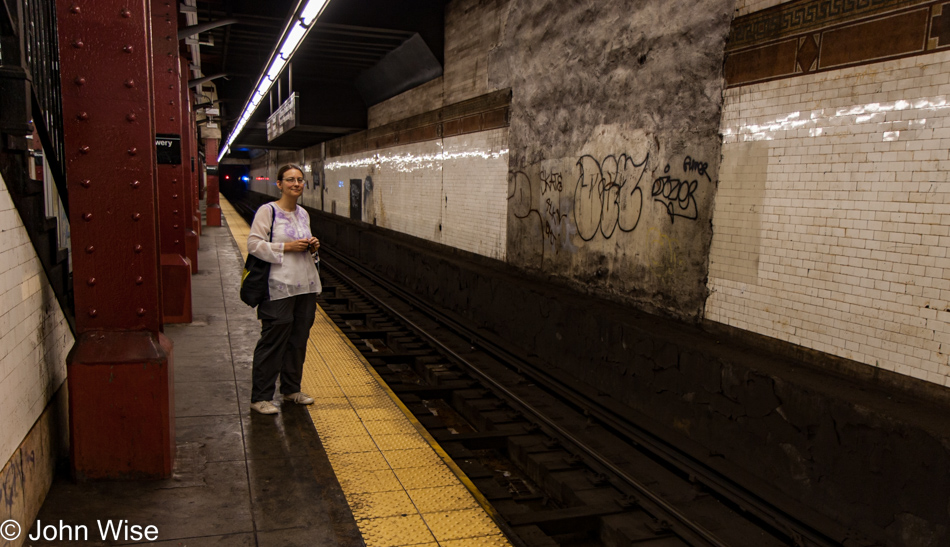
Back into the subway as we need to keep moving quickly, and it’s doubtful our feet will be able to drag us over all the miles of the city I have planned for us to see.
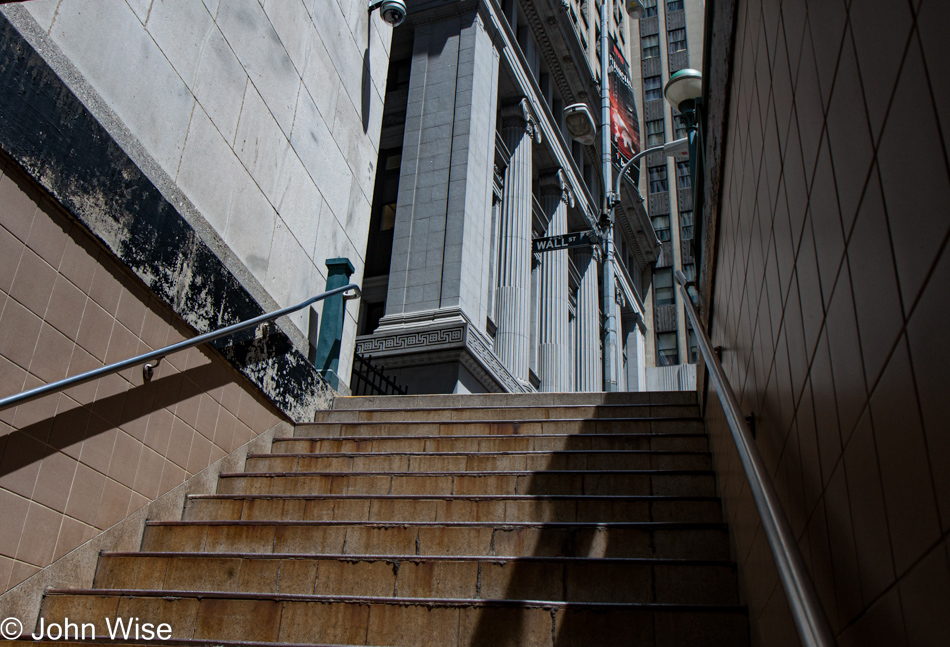
Next stop, Wall Street.
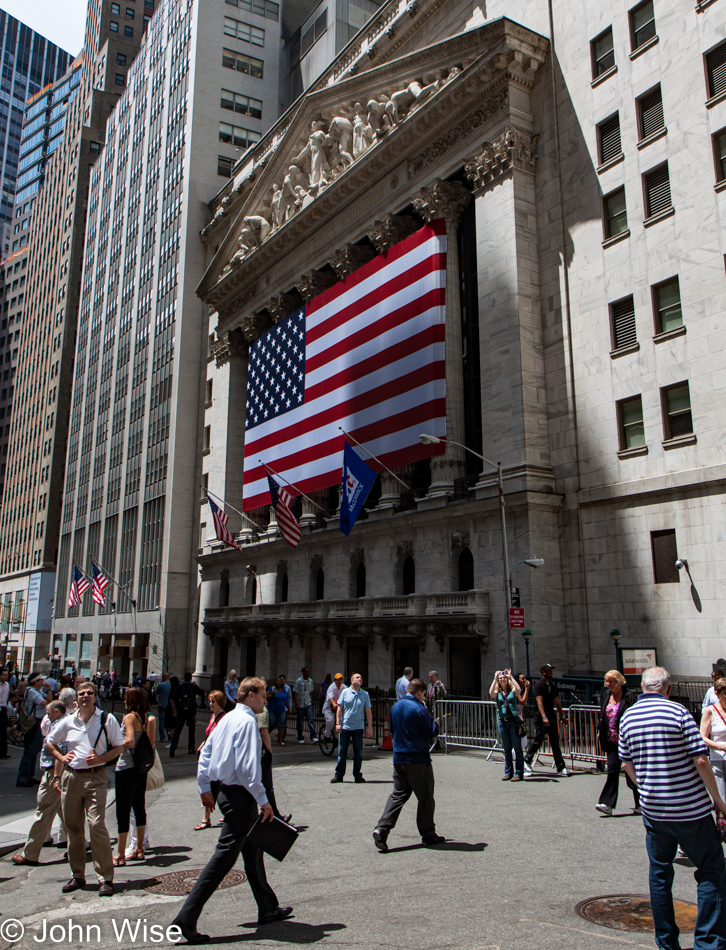
After photos in front of the Stock Exchange and a quick walk around this very crowded corner of NYC, we tried visiting Trinity Church which was having mass at the time and restricted to those wanting to attend the service.
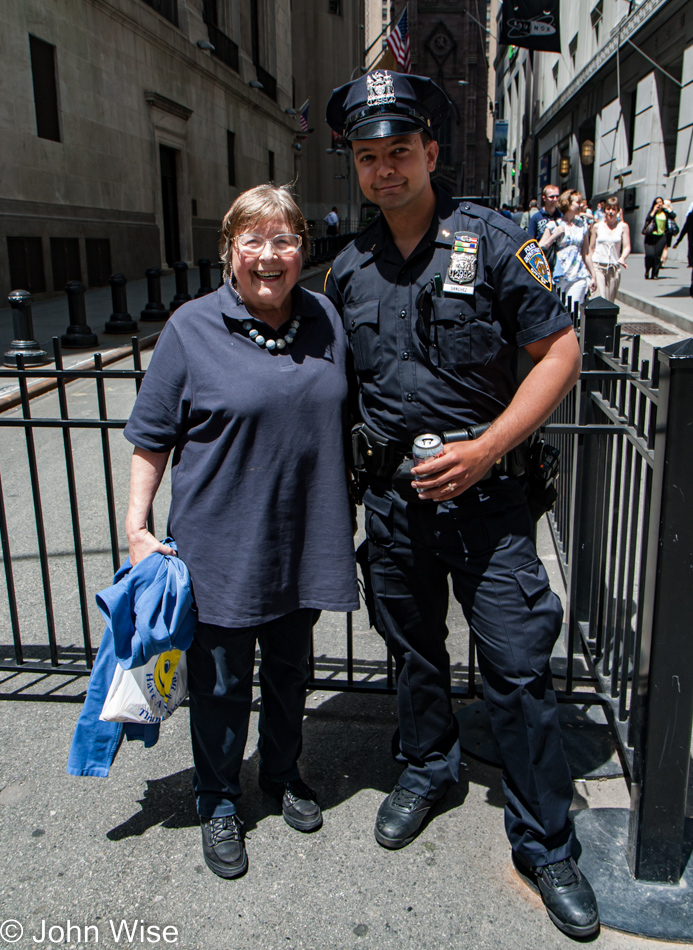
No problem, we started walking east to our next big stop, but first, a quick photo with one of New York’s Finest.
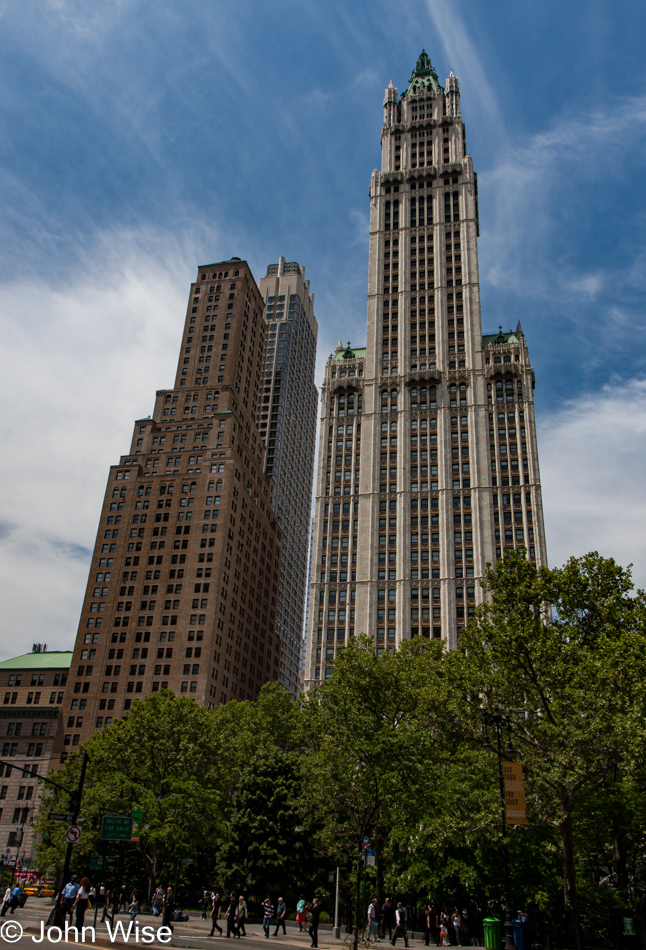
Nope, we’re not there yet. Maybe we should have grabbed a taxi?
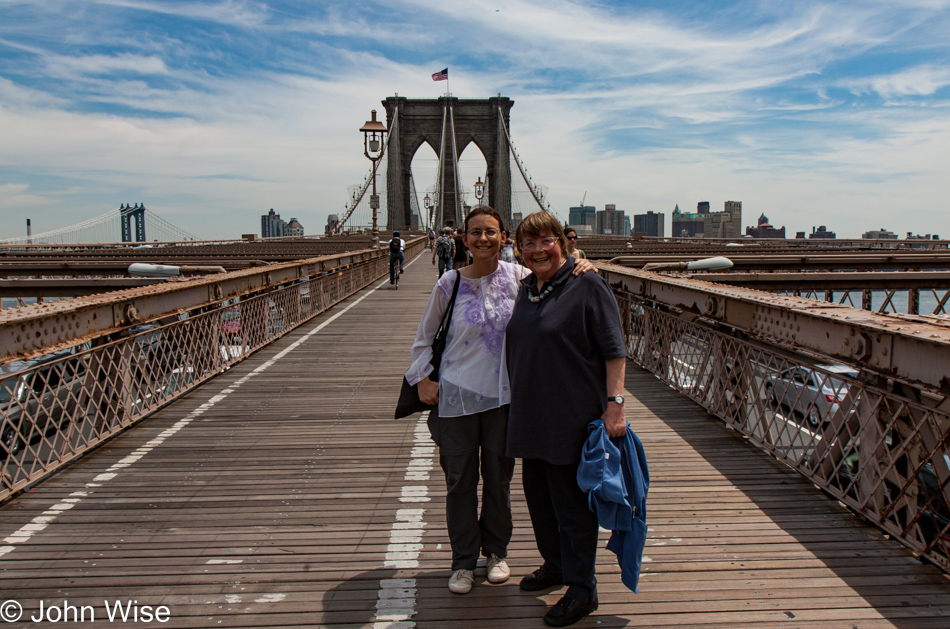
Finally, here we are at the Brooklyn Bridge! We walked across the full length of the Brooklyn Bridge on its old wooden planks, over the traffic below us, and into Brooklyn Heights. It took about 45 minutes to mosey across, with many a pause for the mother-in-law to rest and admire the views.
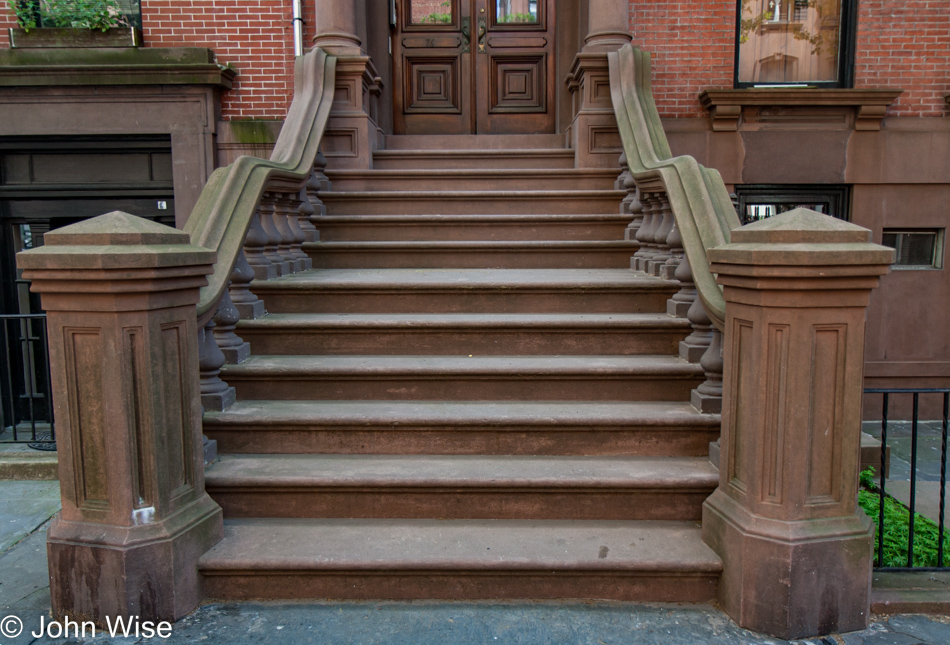
Over here in the green, quiet Brooklyn Heights, it was like entering another world.
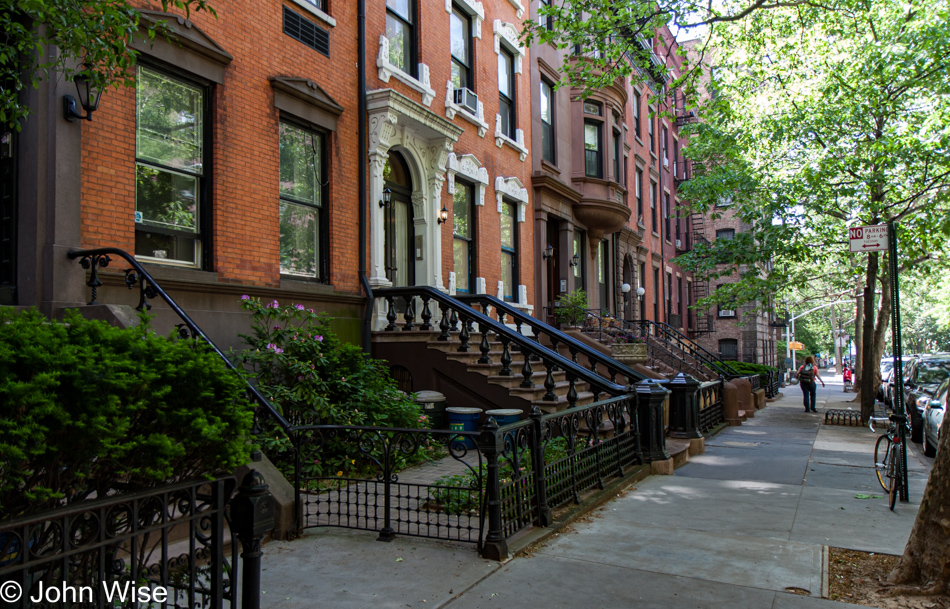
After getting our fill of the world-famous brownstones, we sat in the park for a while resting our feet and listening to the kids play before walking along a few more of the streets enjoying the architecture. As we approached the river we had a nice view of the city to which we would soon return via subway under the East River.
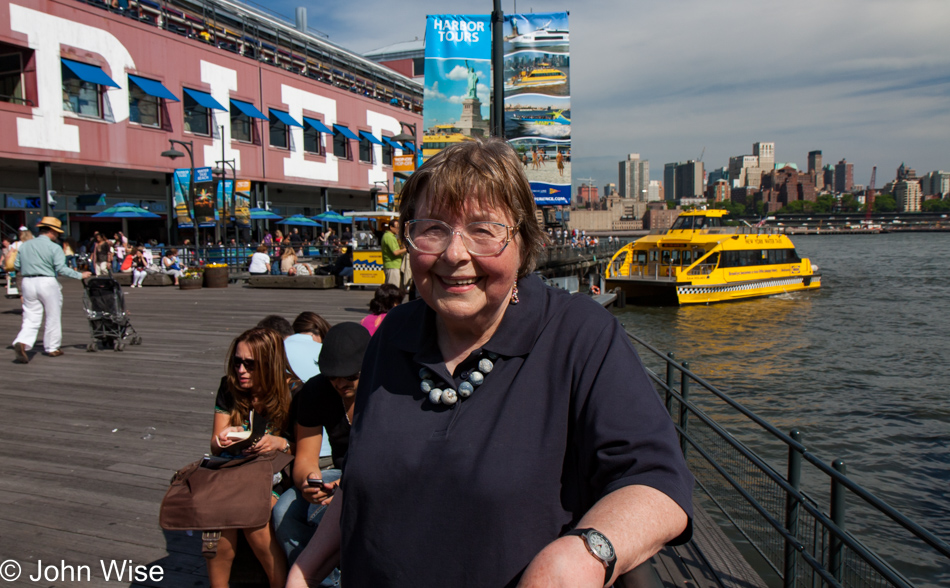
Once back on the Manhattan side, we visited the South Street Seaport, had ice cream, and began the long walk back toward Wall Street.
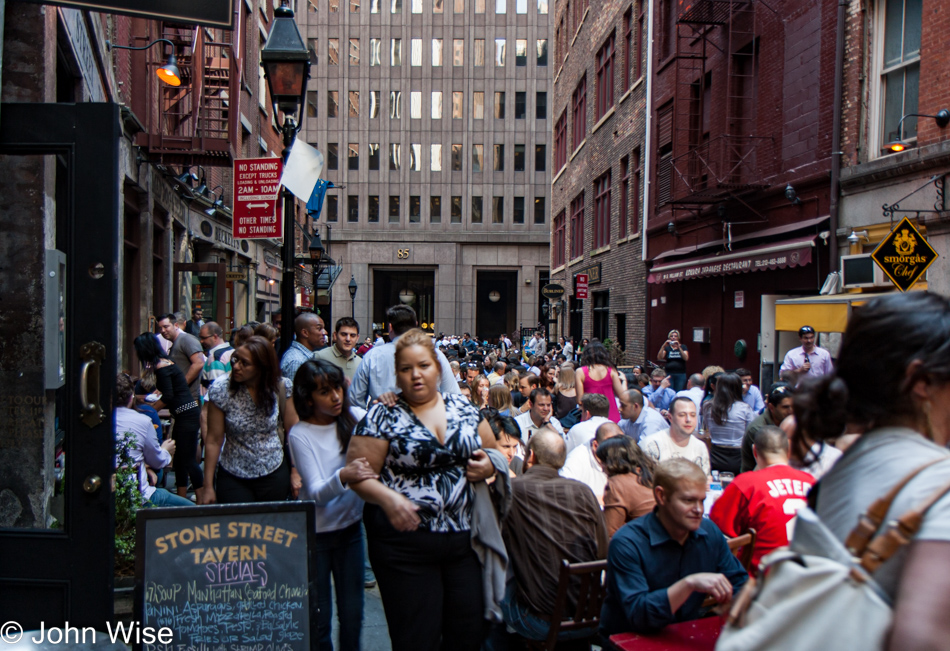
This city will not be experienced by taxi, bus, or subway; you must get out among the throngs of residents and visitors in order to best feel the vibe that seems to extend into all corners and side streets.
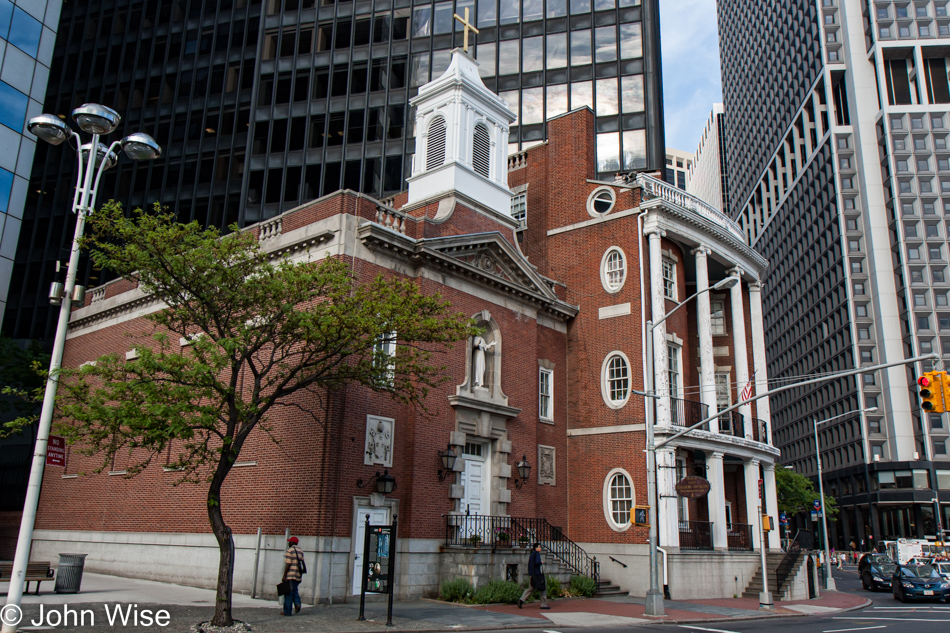
In 1793, this former mansion was built by James Watson, the first Speaker of the New York State Assembly. Following the Civil War, the house was purchased by Irish author Charlotte Grace O’Brien, who converted the property into the Church of Our Lady of the Holy Rosary, which houses the Shrine of St. Elizabeth Ann Bayley Seton. It’s great that New York has been able to preserve some of its heritage as one of the most modern cities took shape on this island.
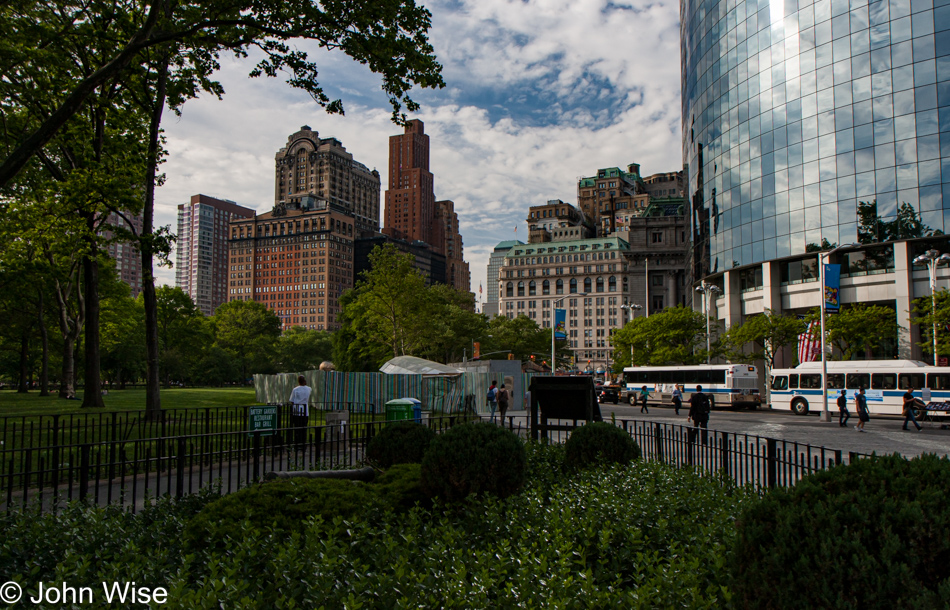
Then, just a couple of hundred feet away, the city looks different. No matter how much we’ll see today, it can never be enough to get a proper introduction to this dense city for my mother-in-law but it’s better than never having been to New York City.
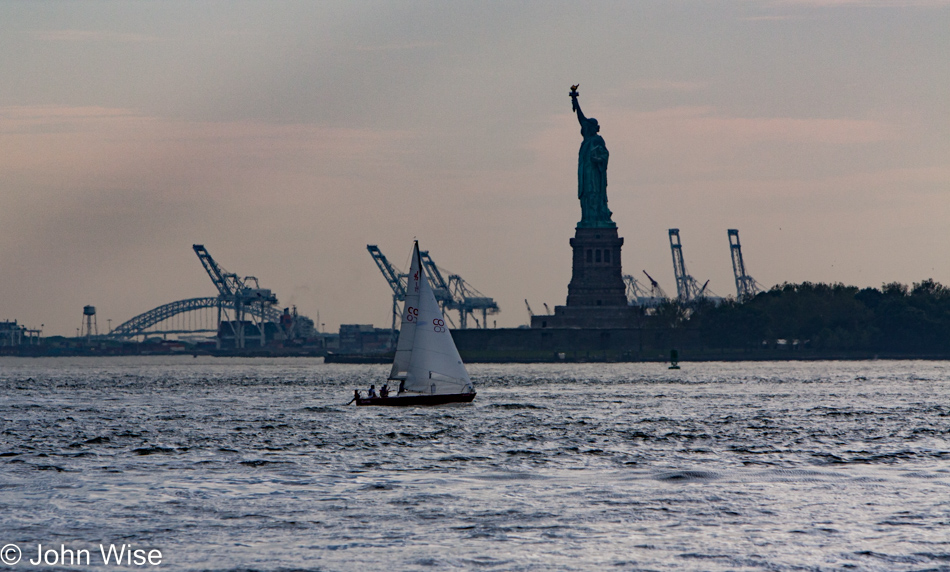
At Battery Park, it was near sunset and 6:00 p.m. as we sat down on a park bench at the riverside to look out on the Statue of Liberty. We are tired; our feet, which have not recovered from our long walks in Washington D.C., are mighty beat. We debate if we are going to keep our dinner reservation or just grab a quick bite from a streetside vendor. Fortunately for us, we muster the gumption to move on and keep that reservation. At Bowling Green subway station we board the train going north.
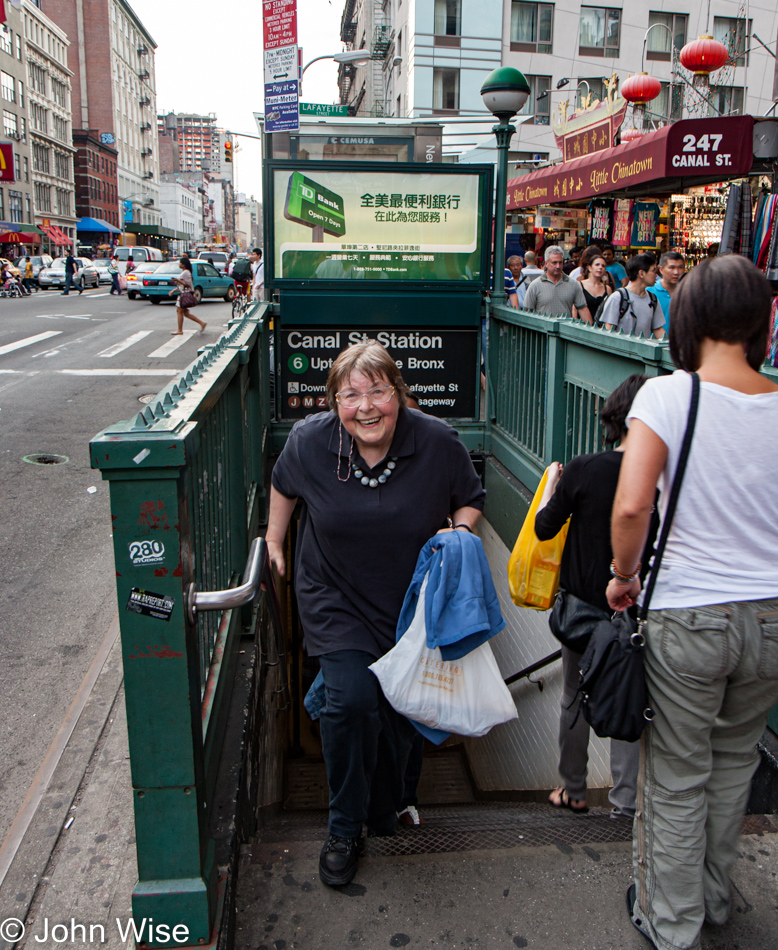
We disembark at Canal St. Station near Chinatown and walk to Mulberry Street in Little Italy. We are thrilled to be here.
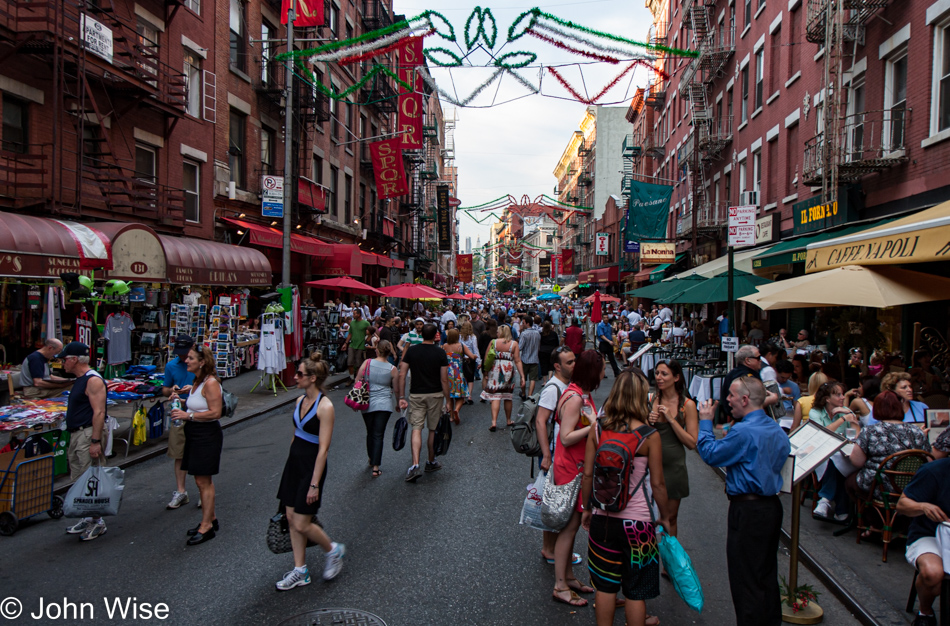
There must be more restaurants along this street than nearly anywhere else in America. Sidewalks are taken over by tables and diners who watch the throngs of people walk down the center of the street looking for a bite to eat for themselves or maybe just to gawk at the crowds.
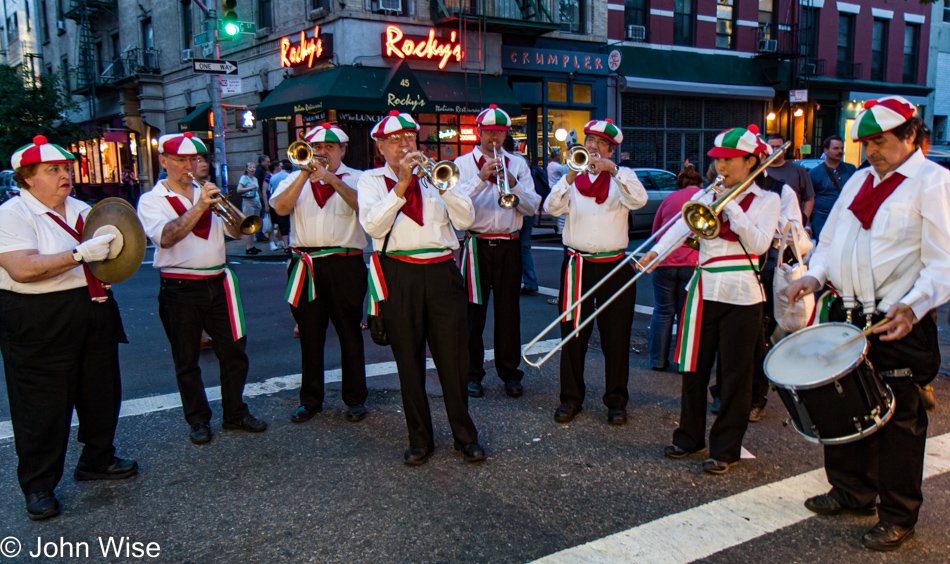
A band of wandering locals walks up Mulberry, playing Italian favorites like the theme of The Godfather. We sit down at Pellegrino’s for a great dinner and enjoy the people-watching as much as the food.
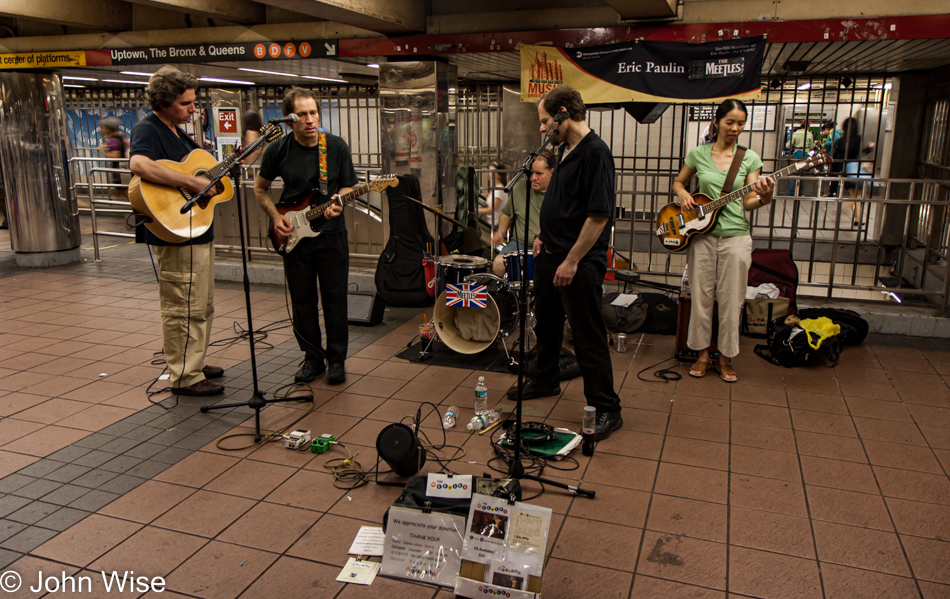
It is dark as we leave Little Italy. After reaching the subway station, we were reenergized to be entertained by The Meetles, a band paying tribute to classic rock and the Beatles. We debated going back to Times Square but were all in agreement that it was time to call it quits. It was 9:30 p.m. when we arrived back at Pavonia Station and our hotel. We did all that we could, though we have one more iconic NYC moment on the agenda for tomorrow.
